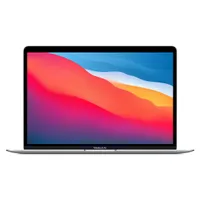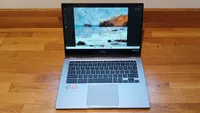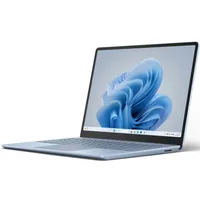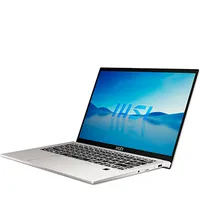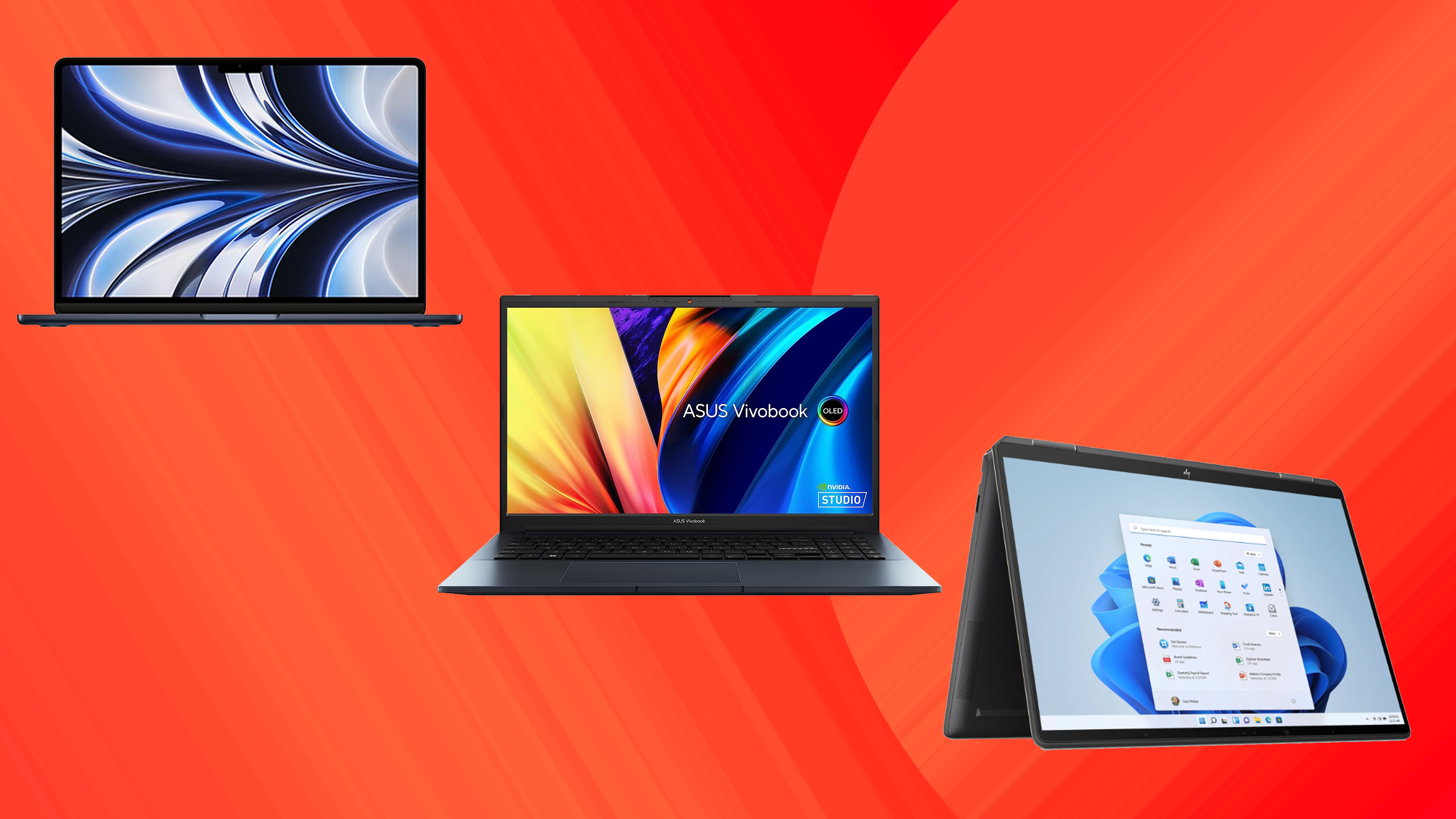
The best student laptops have everything you need to get through your studies, keep up with project deadlines, and prepare for tests. Whether your subject needs a lot of computing power, such as 3D animation, or you have more admin tasks, such as dissertations, intense research, or responding to emails, a reliable laptop is a worthy investment that'll pay for itself many times over.
So, which one to choose? At Creative Bloq, our laptop experts have been testing and reviewing tech for over a decade, so we know what we're talking about, and more importantly, we know how to save money on a laptop. That's how we've curated our list of the best student laptops below (for something post-studies, see our list of the best graphic design laptops, and best MacBooks for students).
Right now, our top pick is the Apple MacBook Air M4 (2025), which offers speed and power. But if you don't need a super-spec laptop, we've also listed some alternatives. When shopping for back-to-school tech, don't forget to make the most out of student perks such as Apple student discounts and Samsung student discounts.

As Ecom Editor, when Beren's not testing and reviewing the best laptops, he helps digital creatives get the best deals on the kit that they need and love. Attending university in the early 2000s, just as laptops for students were becoming the norm, Beren has had experience with all sorts of models, from entry level Chromebooks to top end MacBook Pros.
Our top 3 student laptops
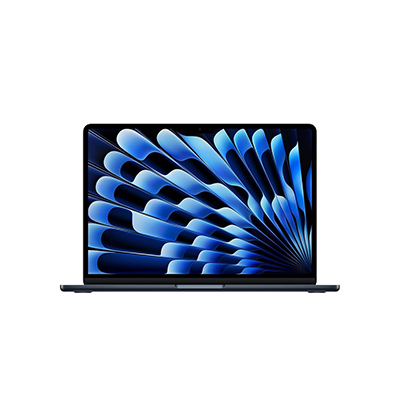
The most affordable MacBook, with Apple's M4 chip, offers fast performance, a stunning screen and a fanless design, meeting most students' needs as the best laptop for college.
Read more below
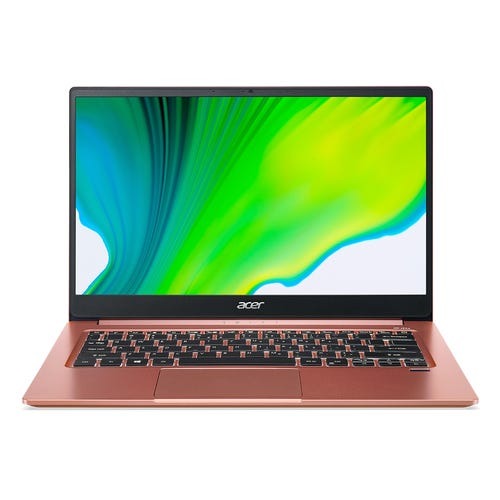
One of the best budget options for students, the Acer Swift 3 is well-equipped enough for most creative tasks, but won't break the bank. It's not too well-suited for 3D work or high-end video editing, though.
Read more
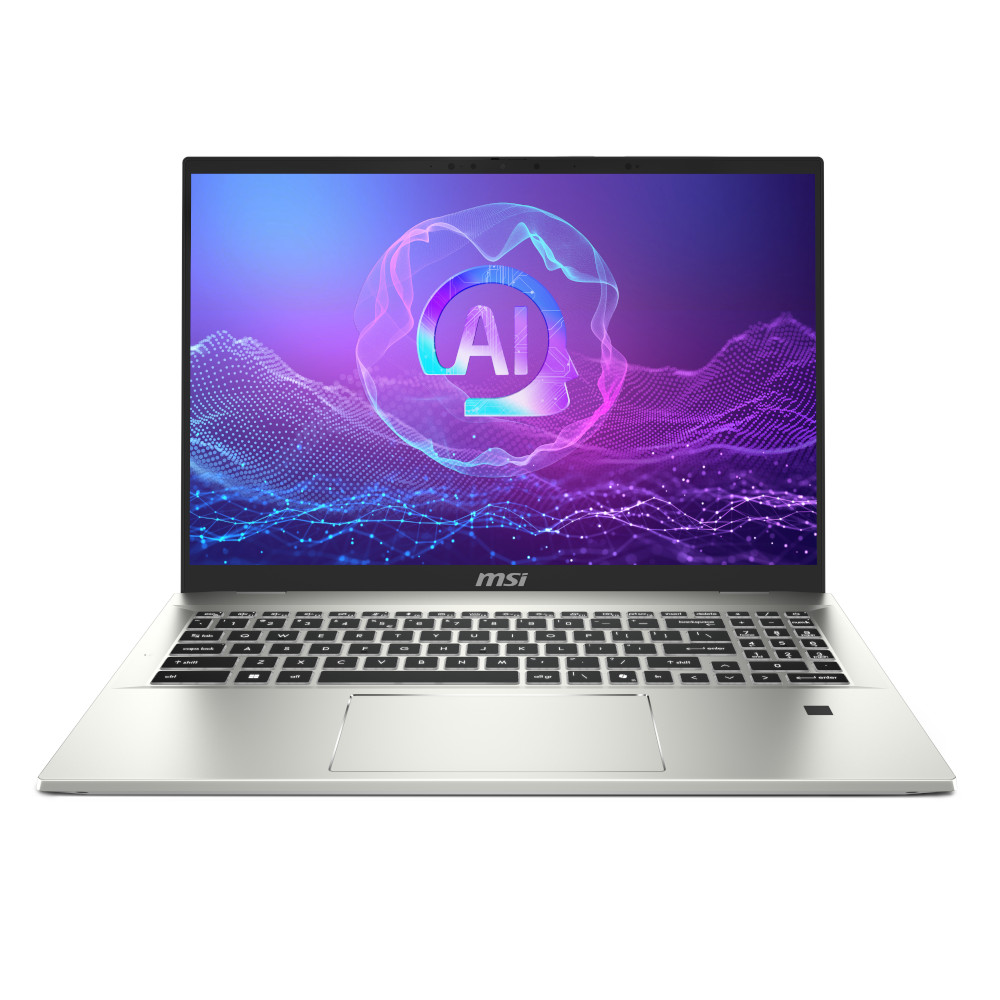
Relatively affordable for students, the MSI Prestige A16 AI+ sits comfortably in the mid-range. It performs well, thanks to some clever AI-powered enhancements that optimise its hardware settings for different tasks, and can even take on video editing.
Read more
The best student laptop overall
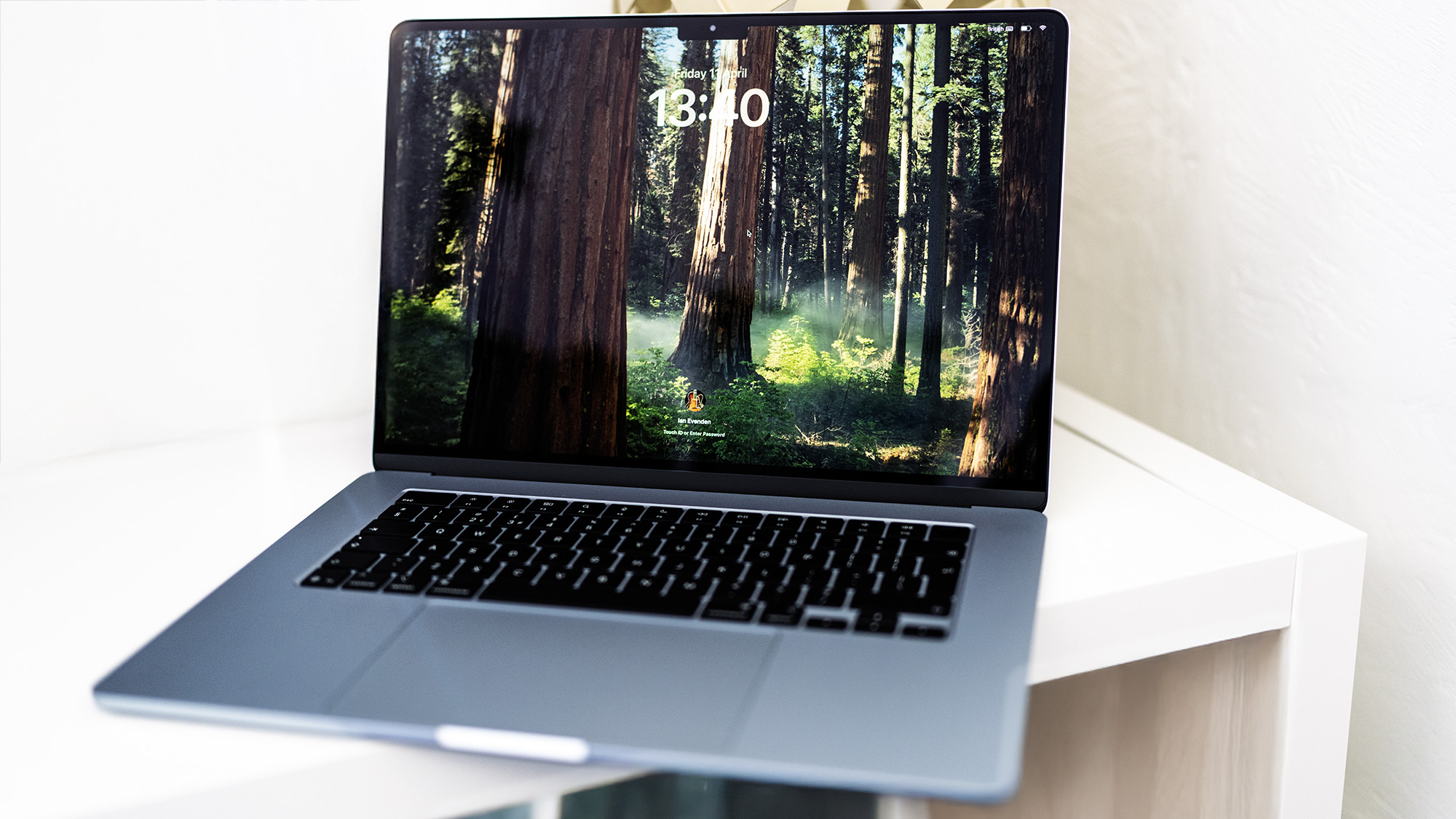
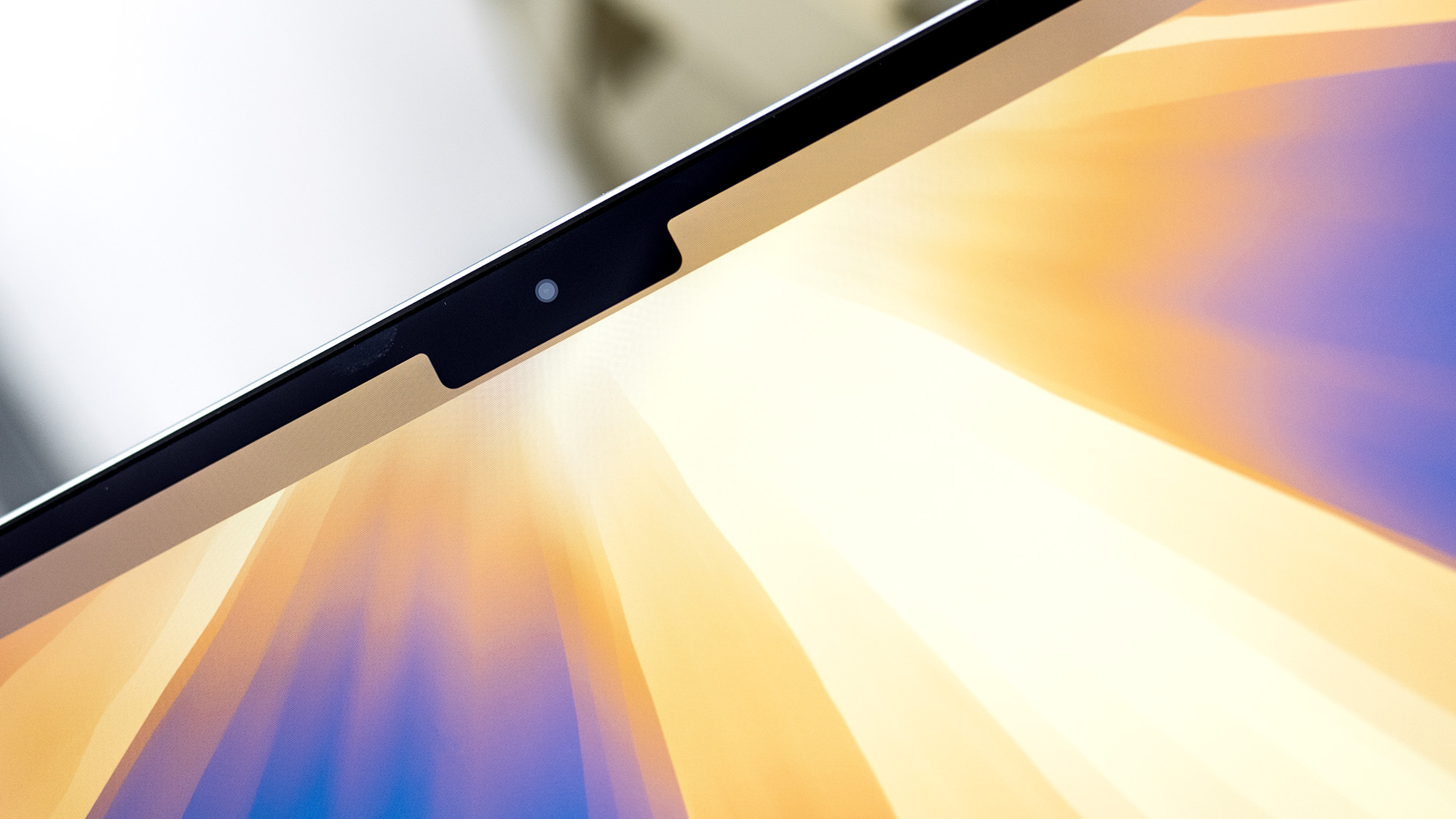

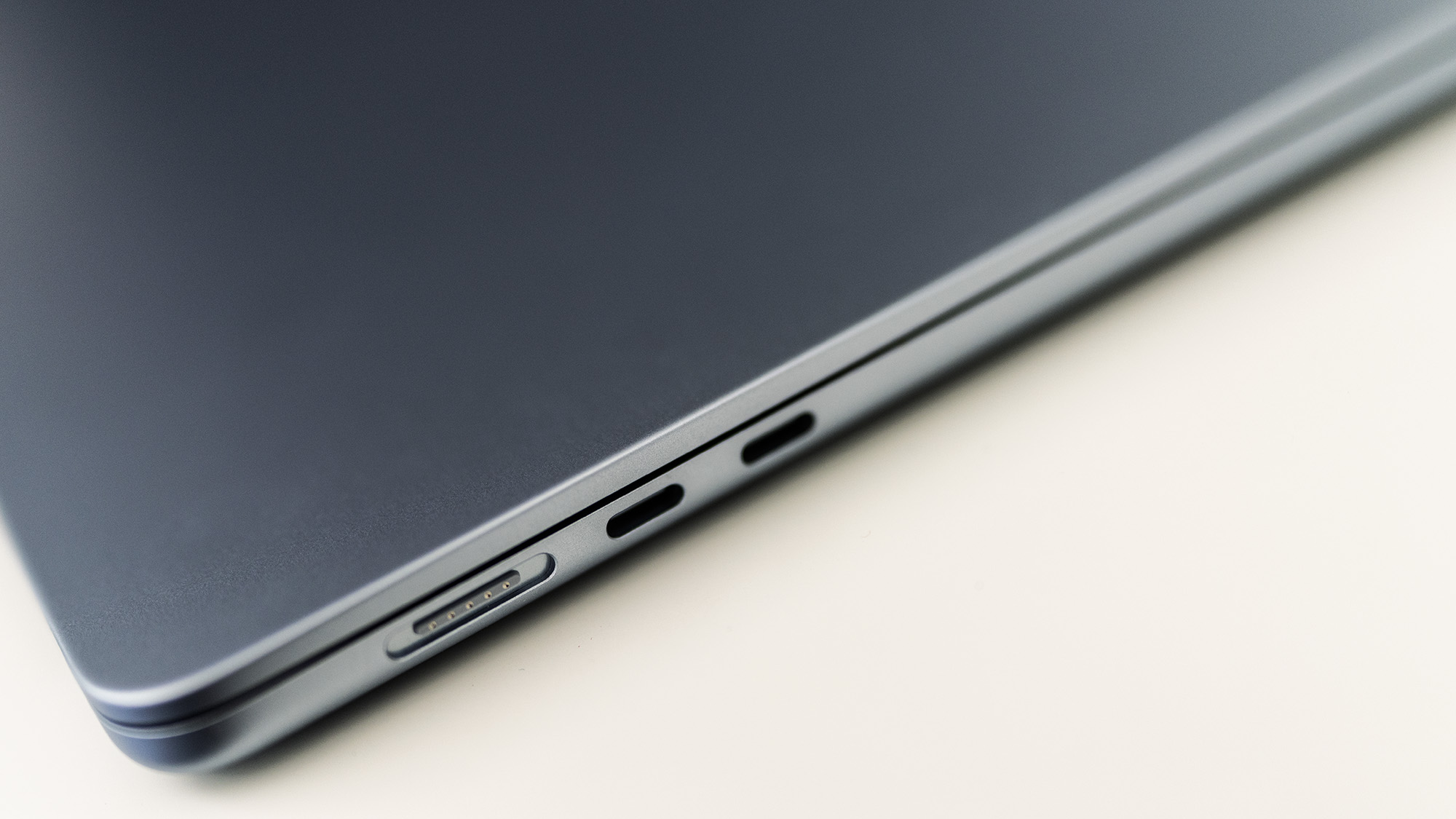
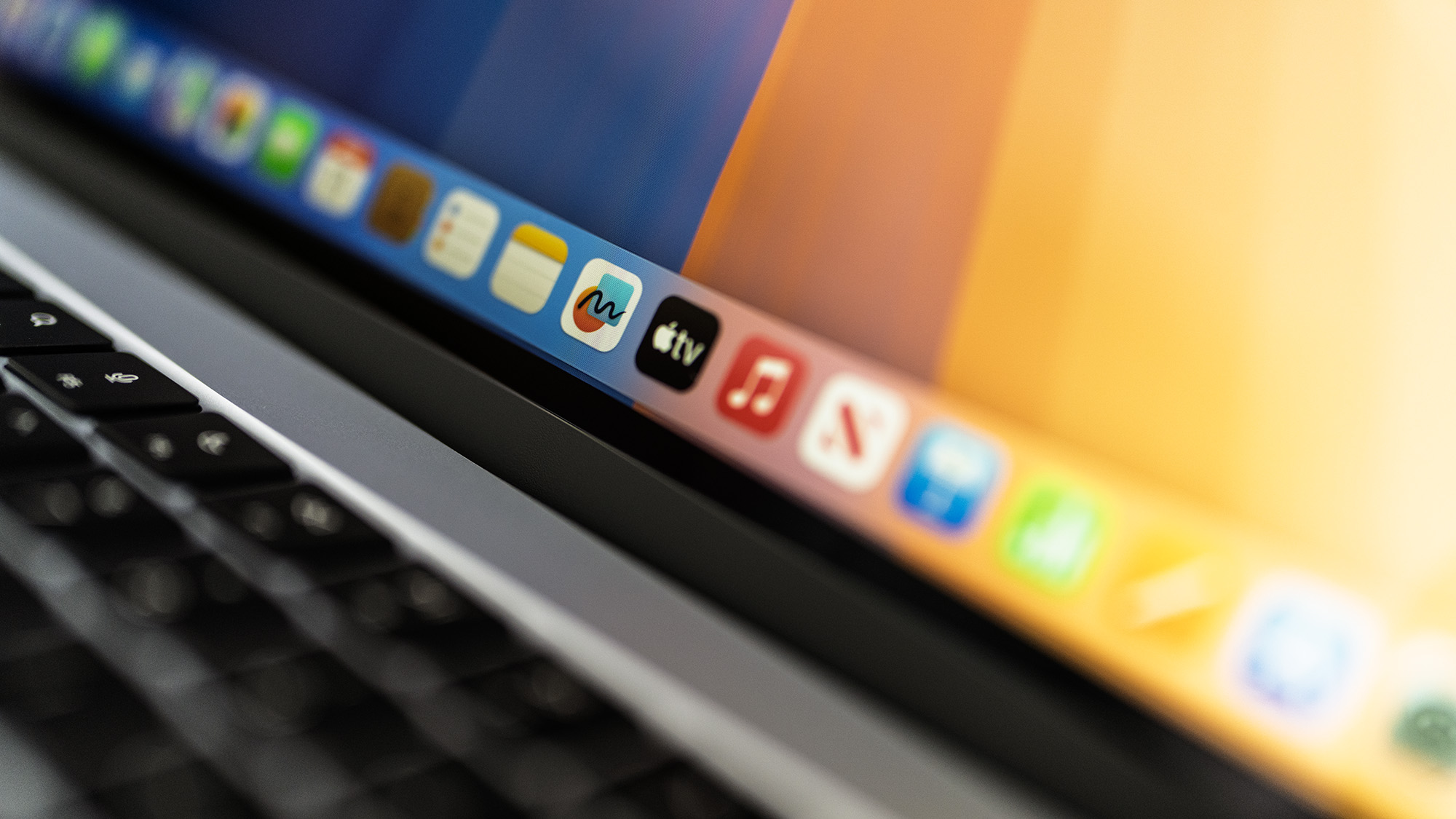
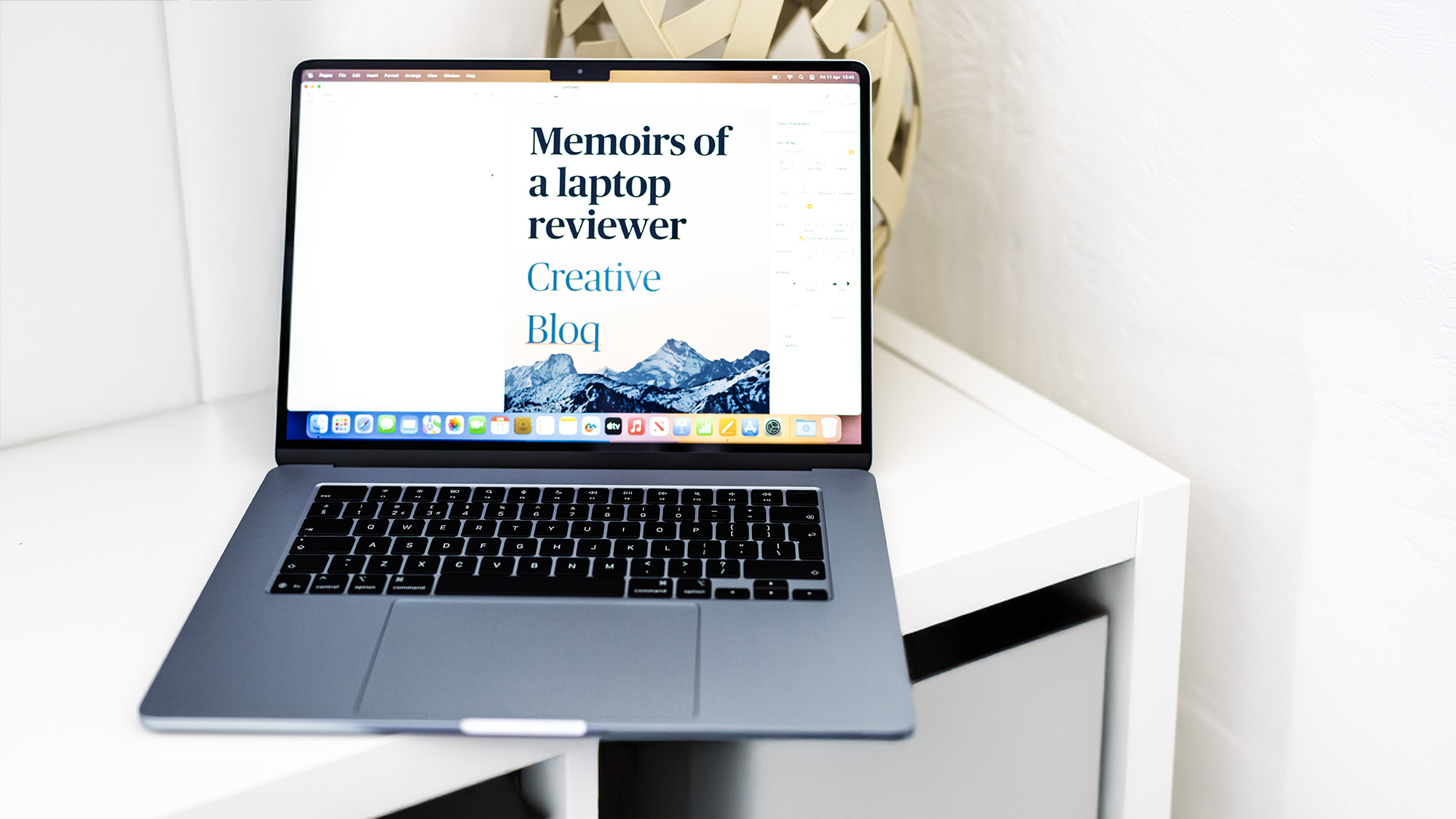
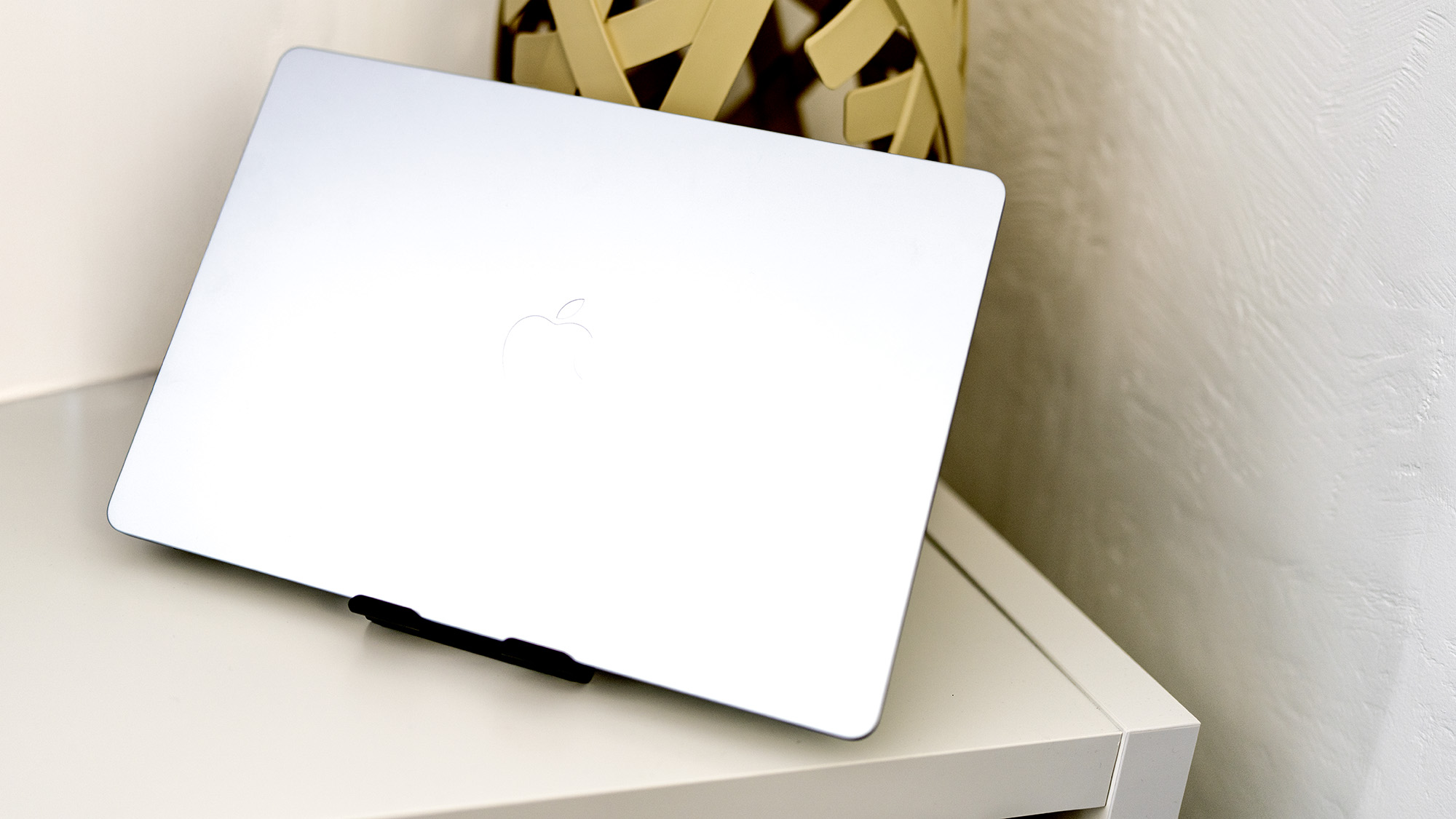
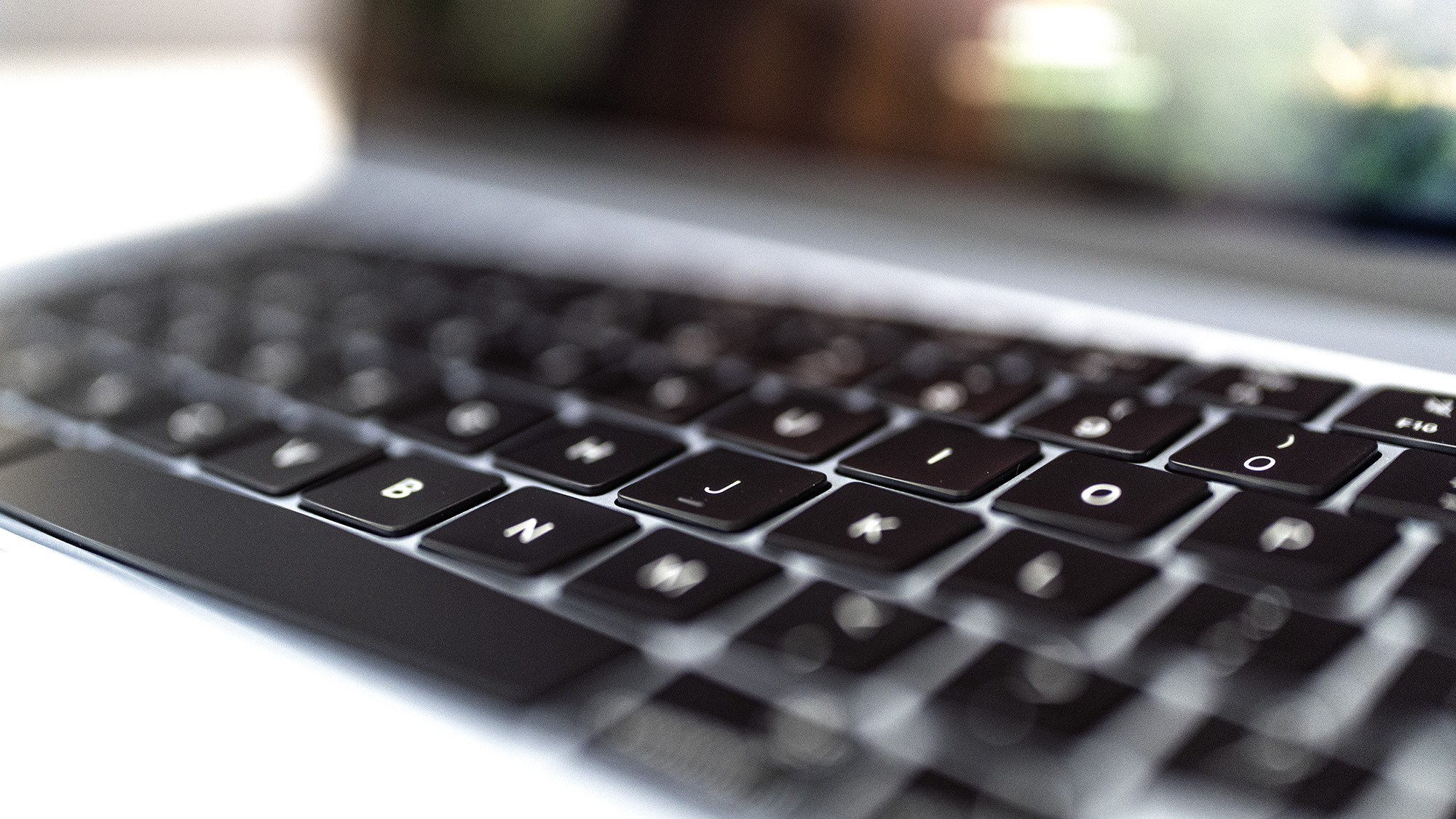
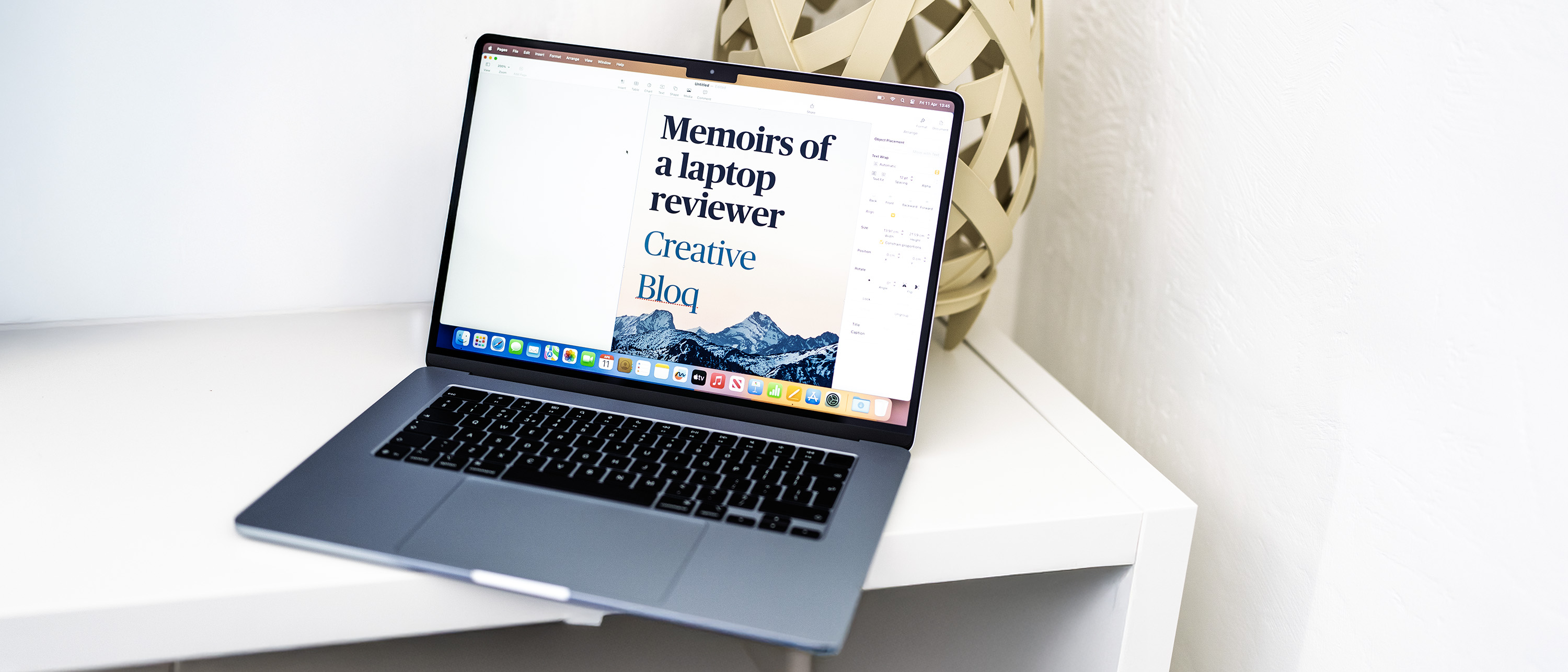
Specifications
Reasons to buy
Reasons to avoid
30-second review: Apple’s 15-inch MacBook Air M4 is feather-light, beautifully built, and impressively powerful for its class. While not quite a MacBook Pro, it gets incredibly close thanks to the M4 chip, stunning screen, and fanless design. With 16GB RAM now standard and a slight price drop, it’s Apple’s most tempting Air yet – ideal for creatives on the go. A few more ports would be nice, but it’s still a top-tier ultraportable.
Price: Starting at $1,199 / £1,199, with the reviewed configuration at $1,599 / £1,599, it’s not cheap – but it’s excellent value for what it offers. Well-priced for creatives who want portability and performance without splurging on a Pro.
Design: The MacBook Air M4 15in continues Apple’s legacy of sleek, refined design. It's ultra-thin (11.5mm), light (1.51kg), and solidly built, with a beautiful aluminium finish and a new silver/blue colour. Details like the precise lid alignment and rubber feet add to its premium feel. Downsides? Only minor ones: the keyboard layout feels like it belongs on a smaller model, and the fingerprint sensor key looks a bit odd.
Performance: The M4 chip delivers great CPU performance for a fanless machine – easily beating many older high-end chips and competing well with mid-range Intel and AMD processors. The integrated 10-core GPU is capable, handling video upscaling and 3D tasks surprisingly well, but not on par with Nvidia GPUs. It lags behind in demanding 3D/rendering tasks, but comes very close to the base-level MacBook Pro.
Battery life: Apple claims 18 hours of battery life, and while real-world use may vary, it easily lasts a full day with juice to spare. Our reviewer found that charging via MagSafe or USB-C was smooth and convenient.
Read more: MacBook Air (M4) review

"The combination of Apple’s thin and light laptop and the M4 processor leads to a machine that’s only just behind the low-end MacBook Pro, and which has had a price-drop too. Highly recommended."
Best budget laptop for students

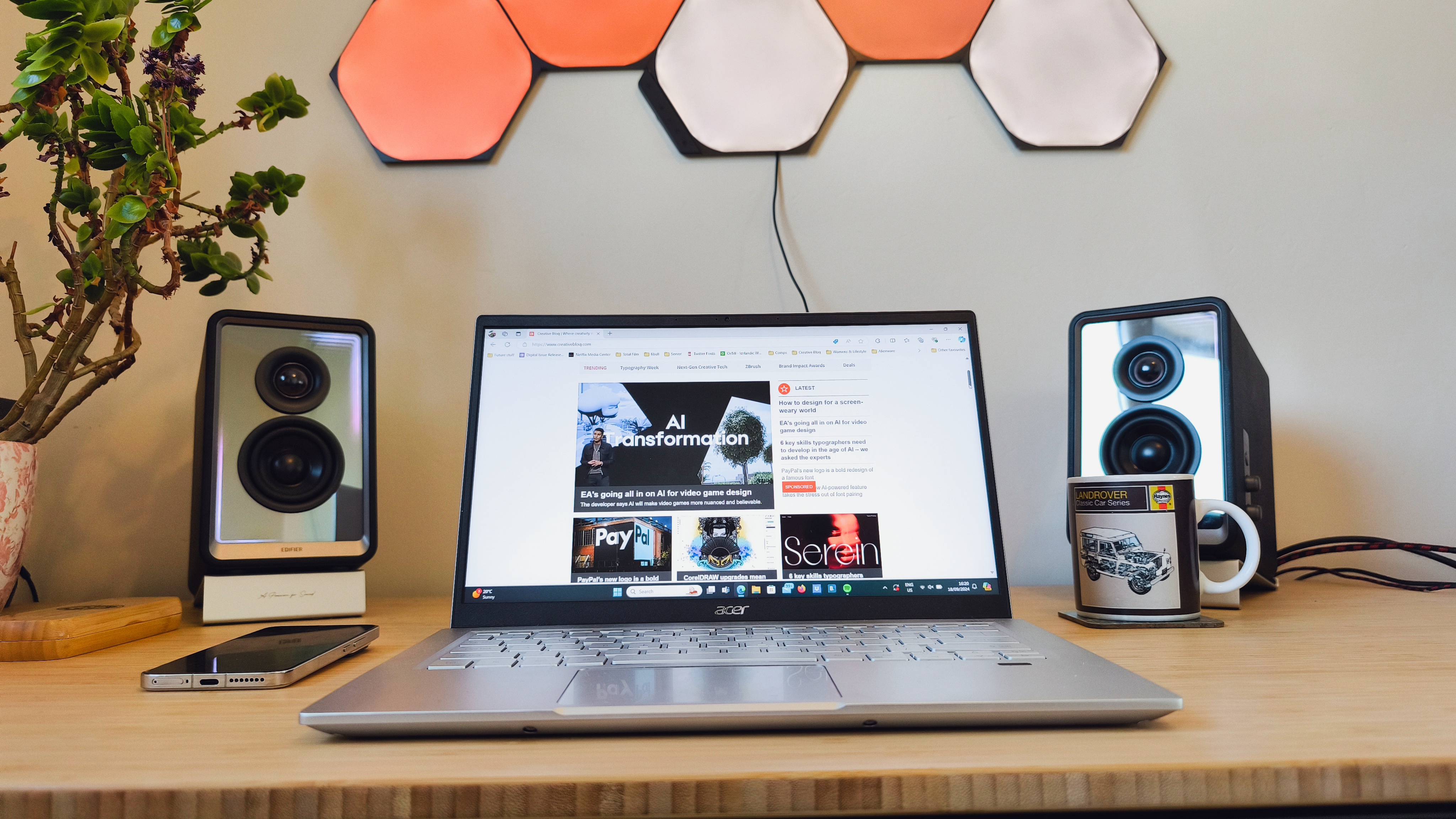
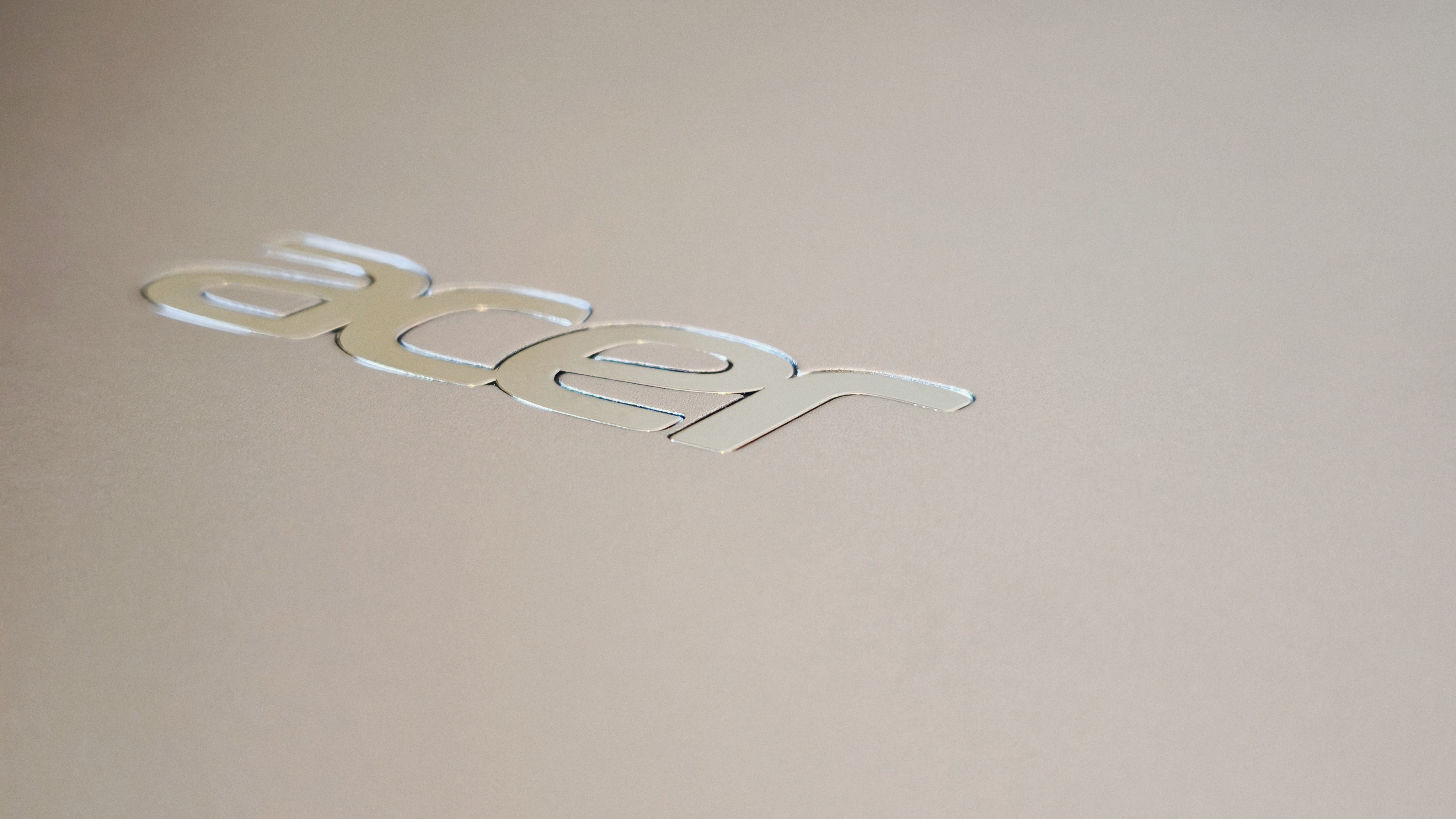
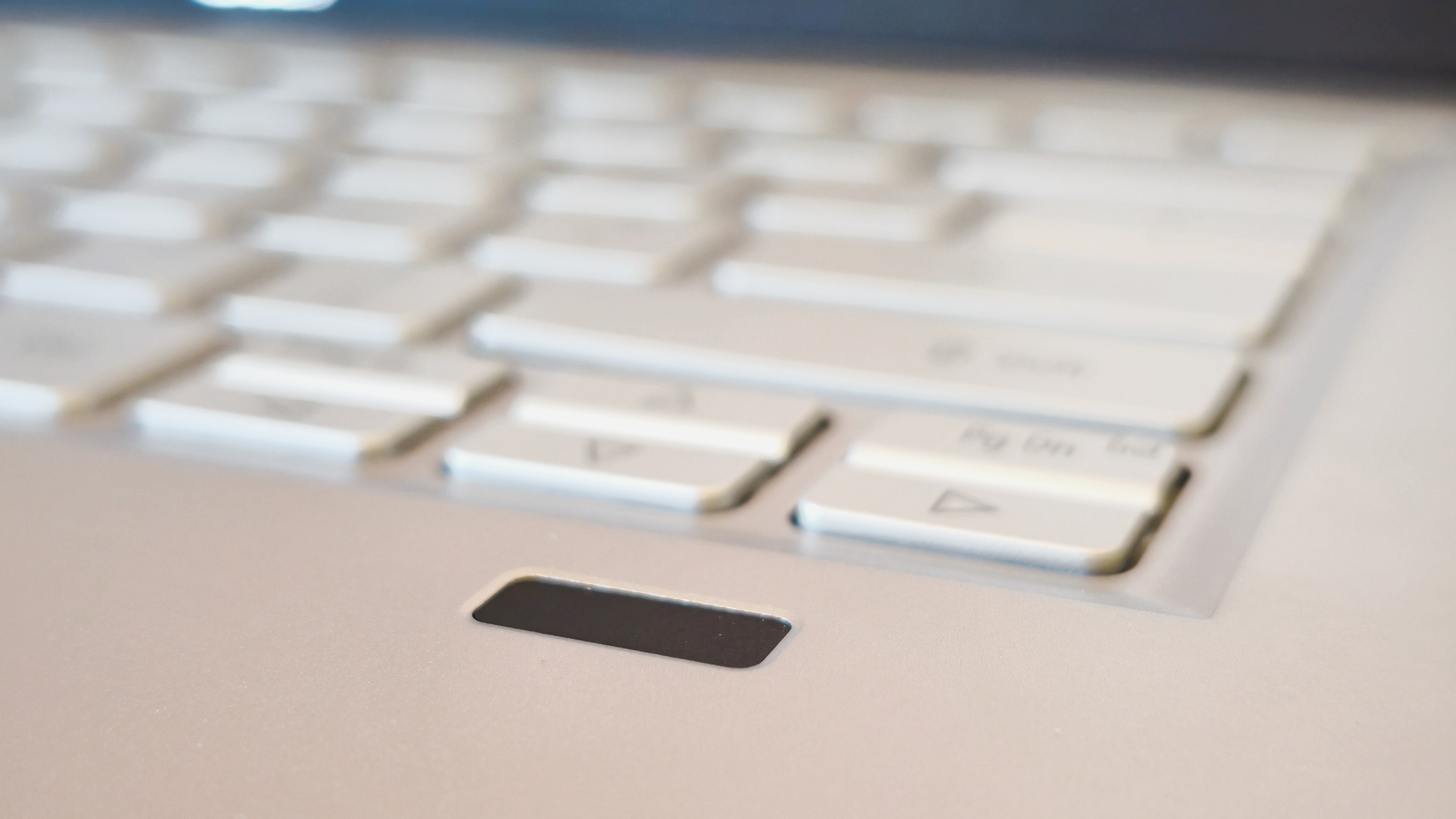
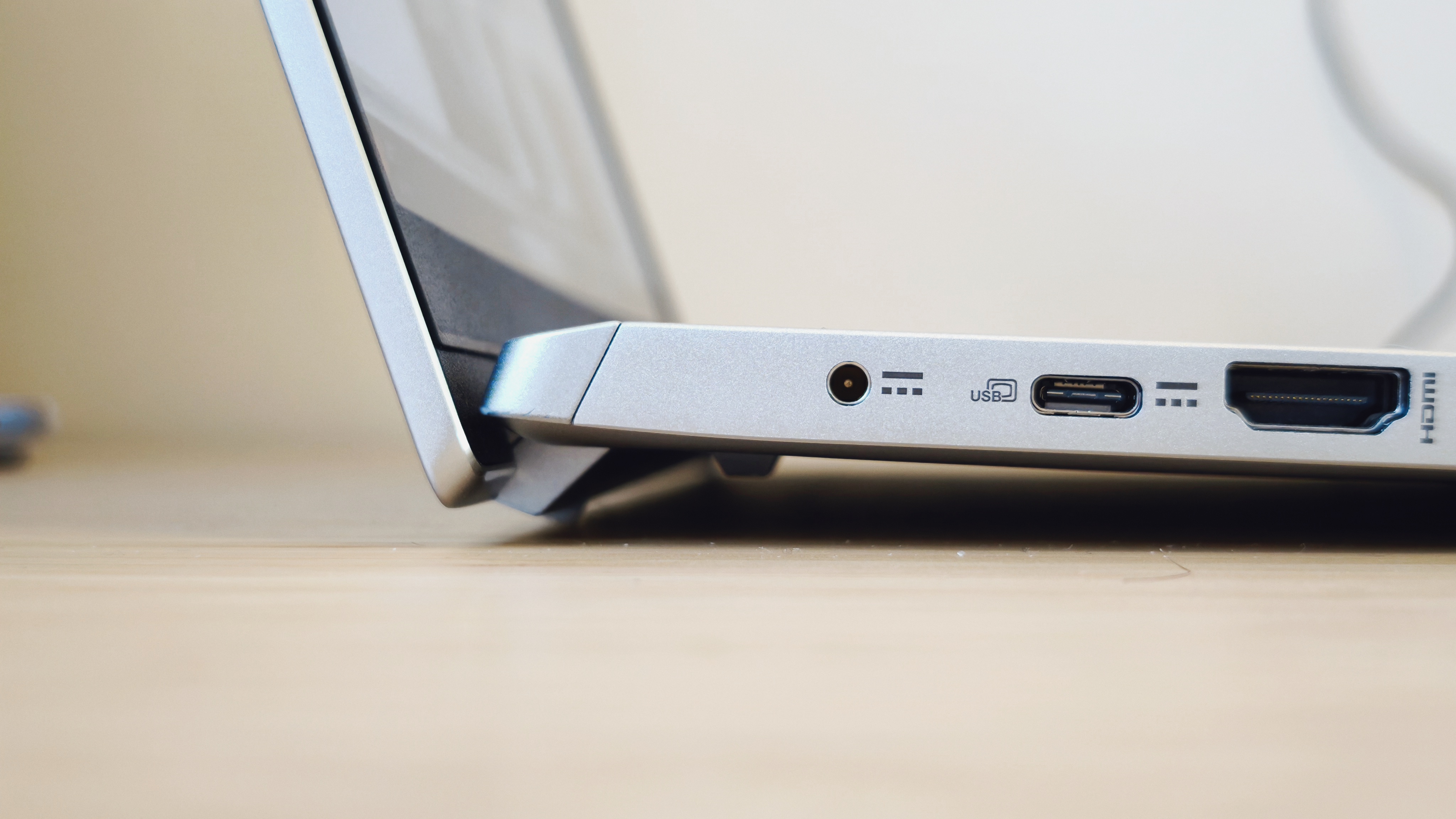
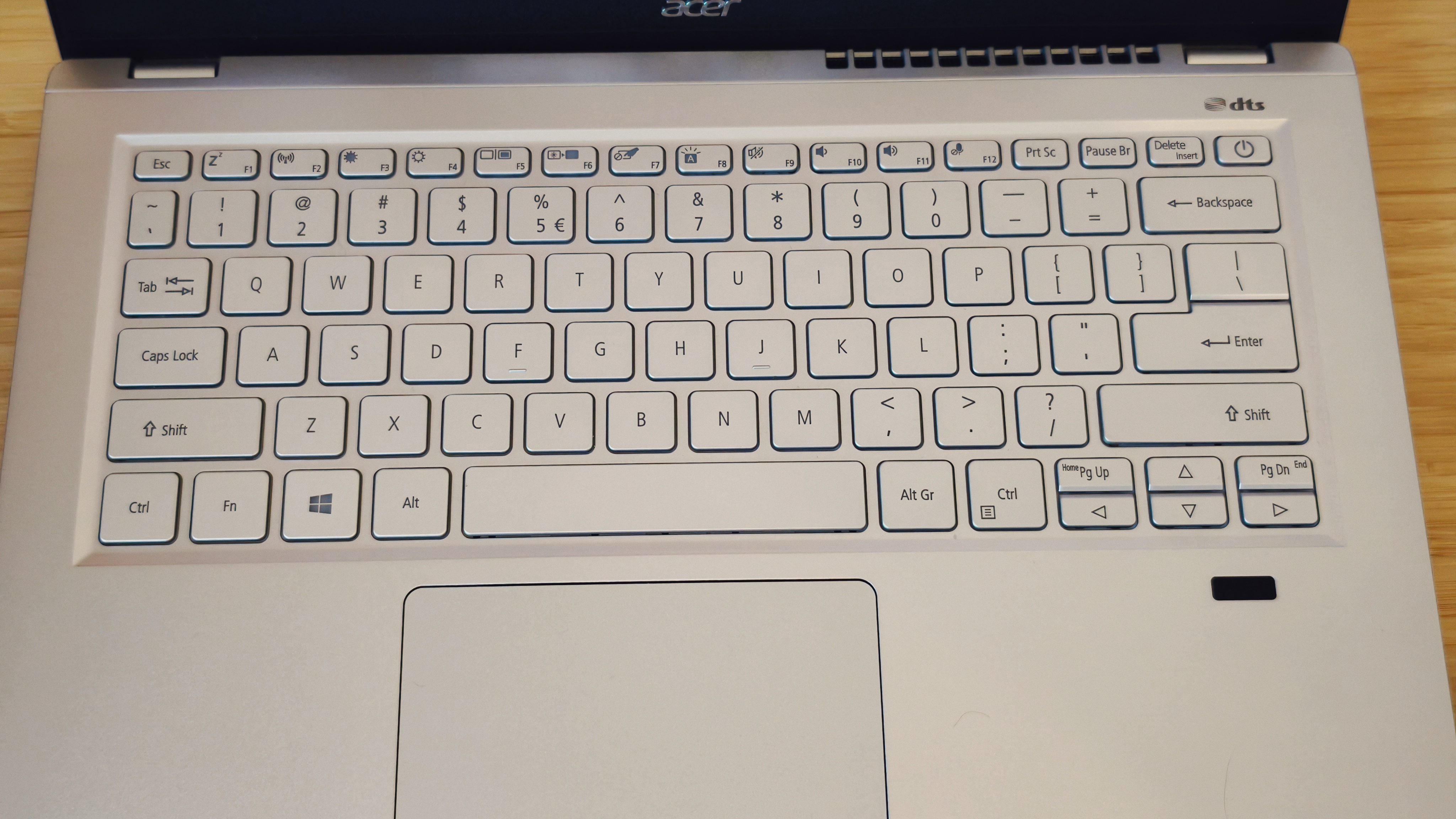


Specifications
Reasons to buy
Reasons to avoid
What you need to know: The Acer Swift 3 is our pick as the best budget laptop for students right now. It's not the latest laptop, in that it isn't stuffed to bursting with largely unasked-for AI features and more computing power than you need. However, it is a capable laptop for the majority of tasks that students are likely to throw at it.
Pricing: Retailing at $799 / £799, this is a cheaper buy than most laptops on the market, although facing strong competition from similarly priced alternatives. If you can live with light power, you might want to consider a Chromebook, as featured in our fourth entry.
Design and build: Built with an aluminum body in classic silver, the laptop features a traditional 16:9 display with slightly thicker bezels than premium models. At just 1.19kg, it's highly portable. The keyboard offers good resistance with white backlighting, and the device includes thoughtful features like a fingerprint reader and Kensington lock slot. Port selection includes USB-C with DisplayPort support, two USB-A ports, and HDMI.
Display: The 14-inch Full HD IPS screen is good without being exceptional, though gamers may be put off by the 60Hz refresh rate. In our tests, it delivered 320 nits brightness and respectable color accuracy (100% sRGB, 76% AdobeRGB, 76% P3). While not suitable for professional color work, it's more than adequate for general use and basic photo editing.
Performance: This laptop did come in a little under-par in our benchmark tests, and so it's not going to be anyone's laptop of choice for intensive 3D modelling. However, for general design work it's more than fine – our reviewer did various Photoshop tasks on it without any problems. It could definitely be one of the best laptops for college if you're embarking on a 2D design course.
Read more: Acer Swift 3 review.

“The Acer Swift 3 is a good laptop for all general uses, and as such makes it an attractive option for students looking for a sturdily built, lightweight laptop with RAM and storage to suit you for a long while. I’m impressed, especially given its student-friendly price.”
Best mid-range laptop for students
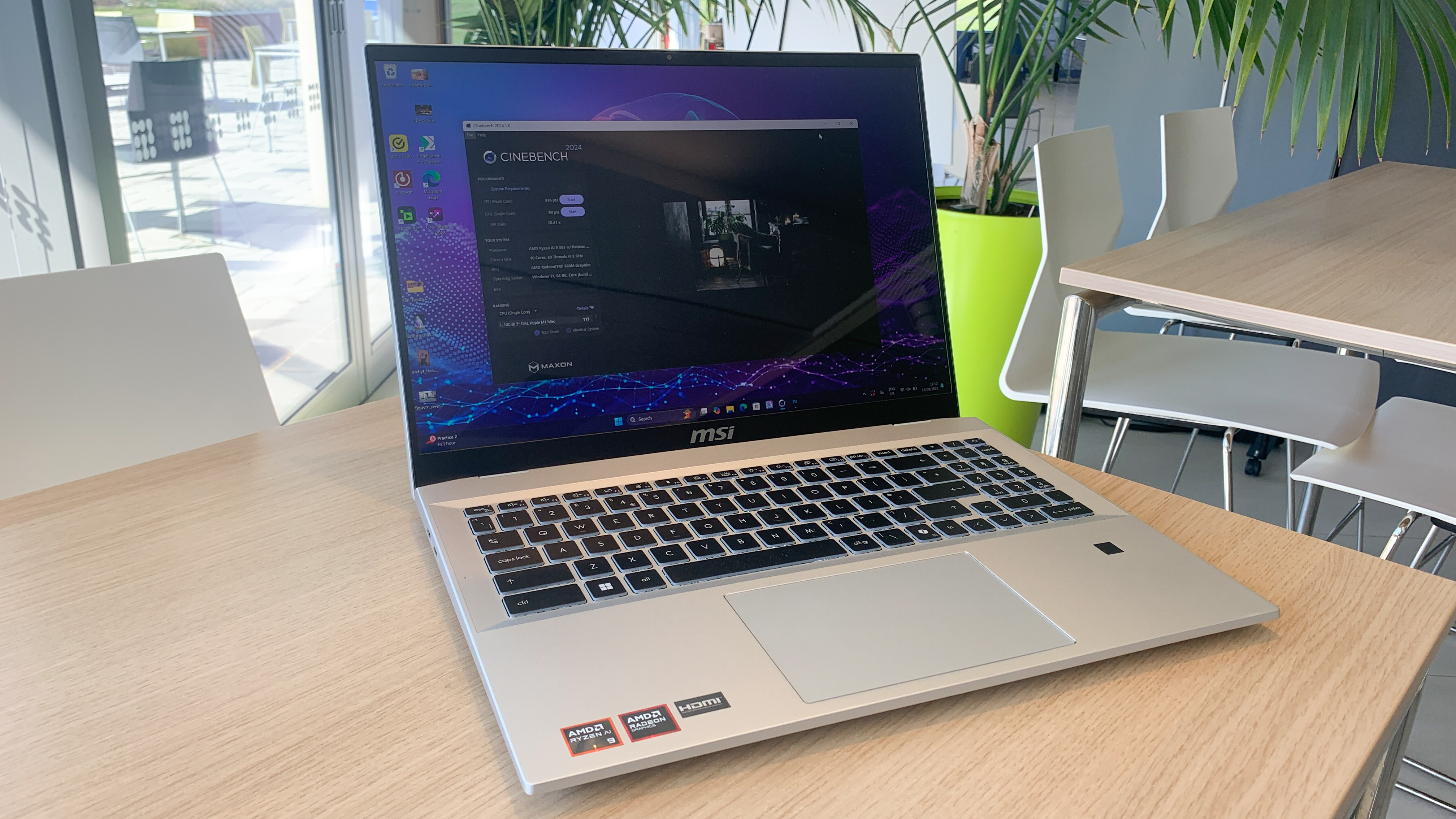
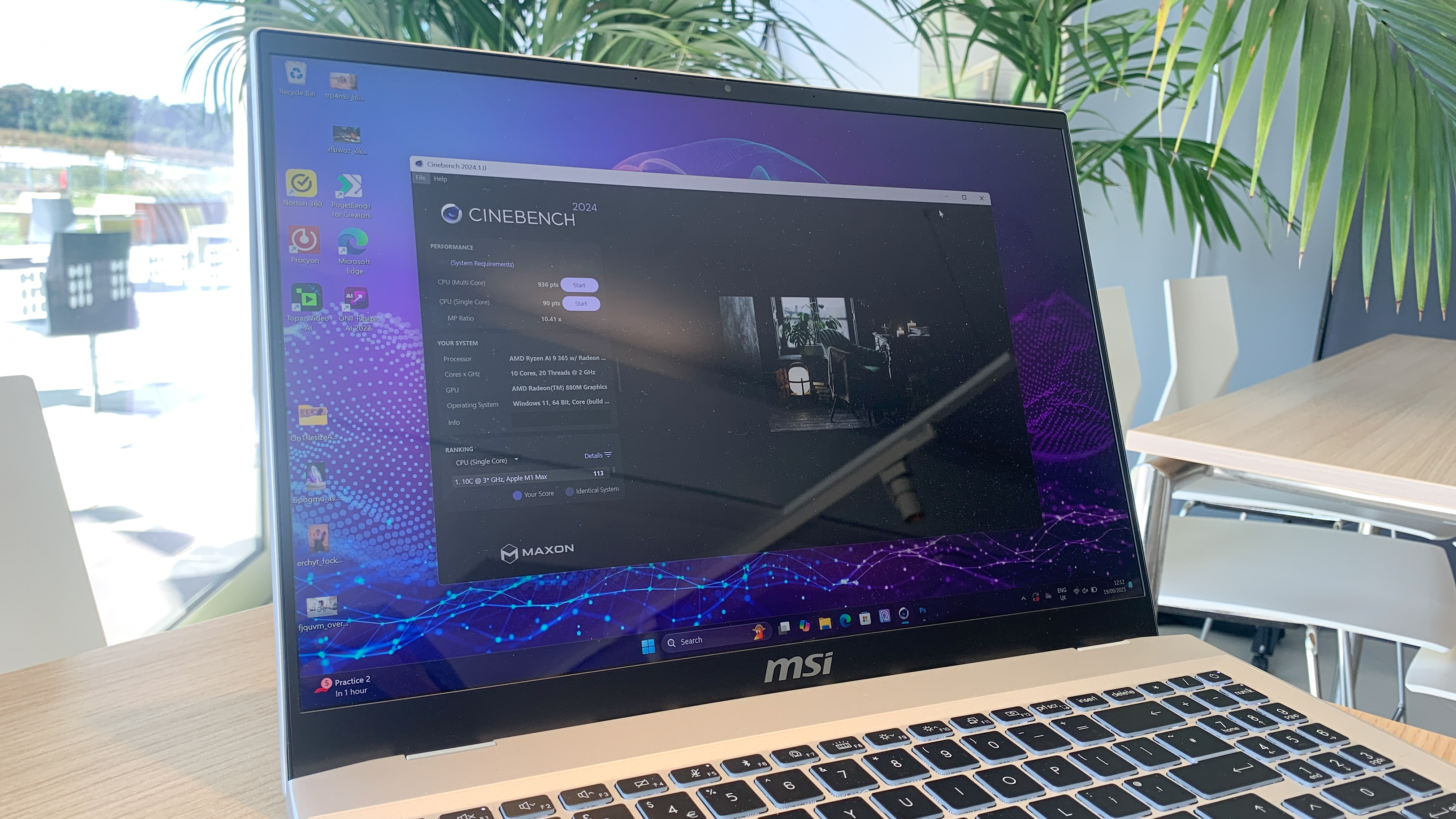

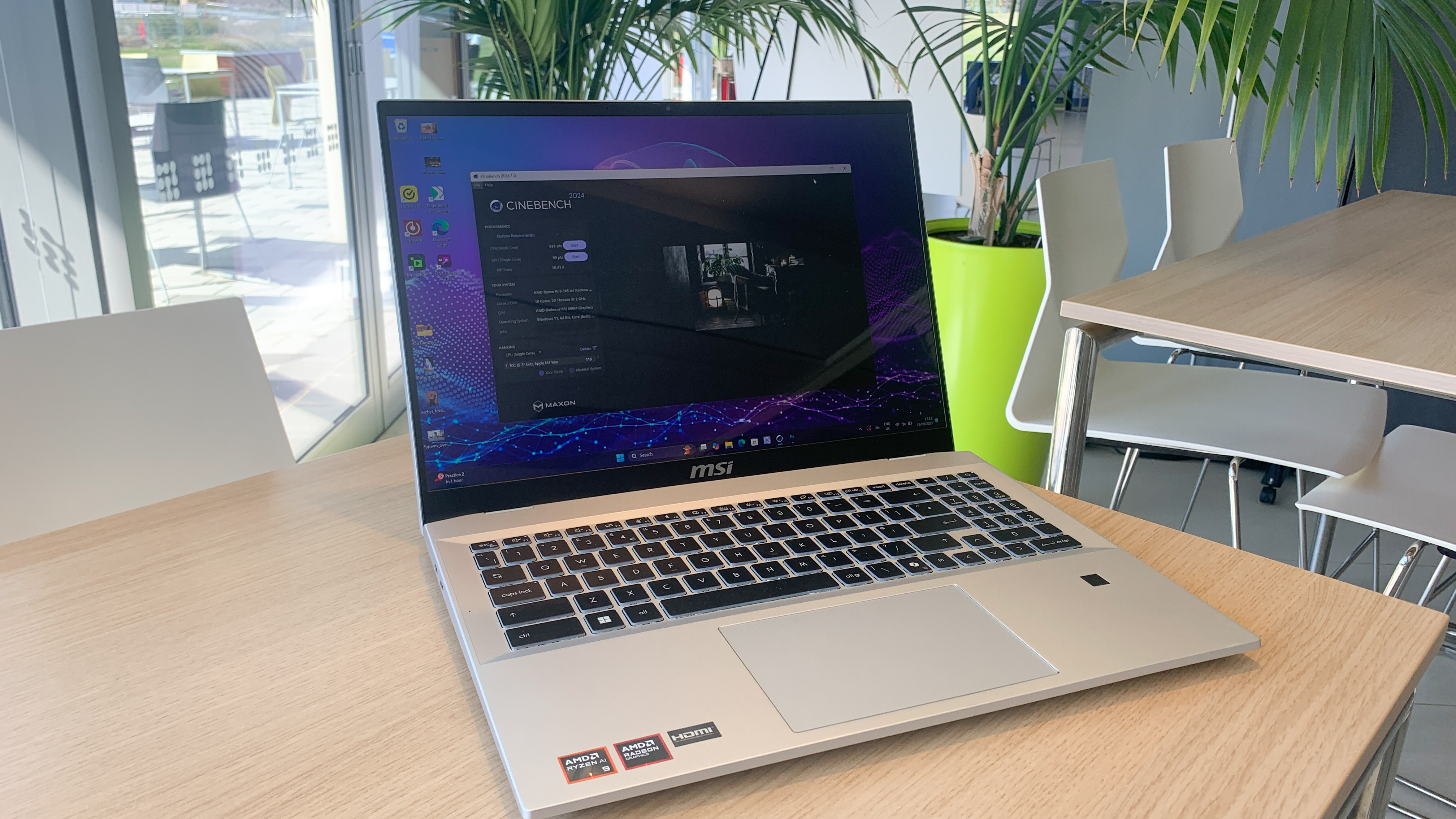
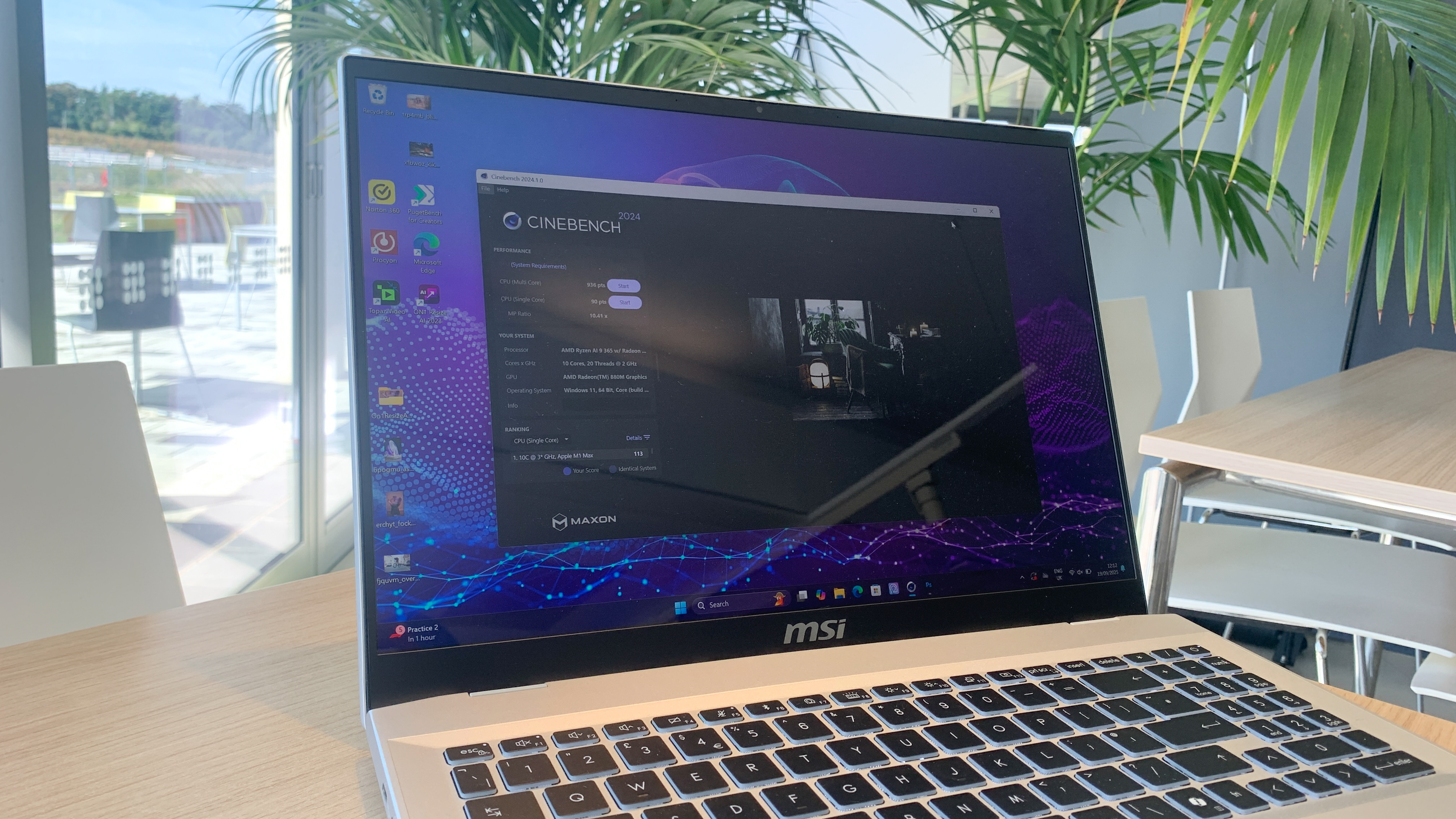
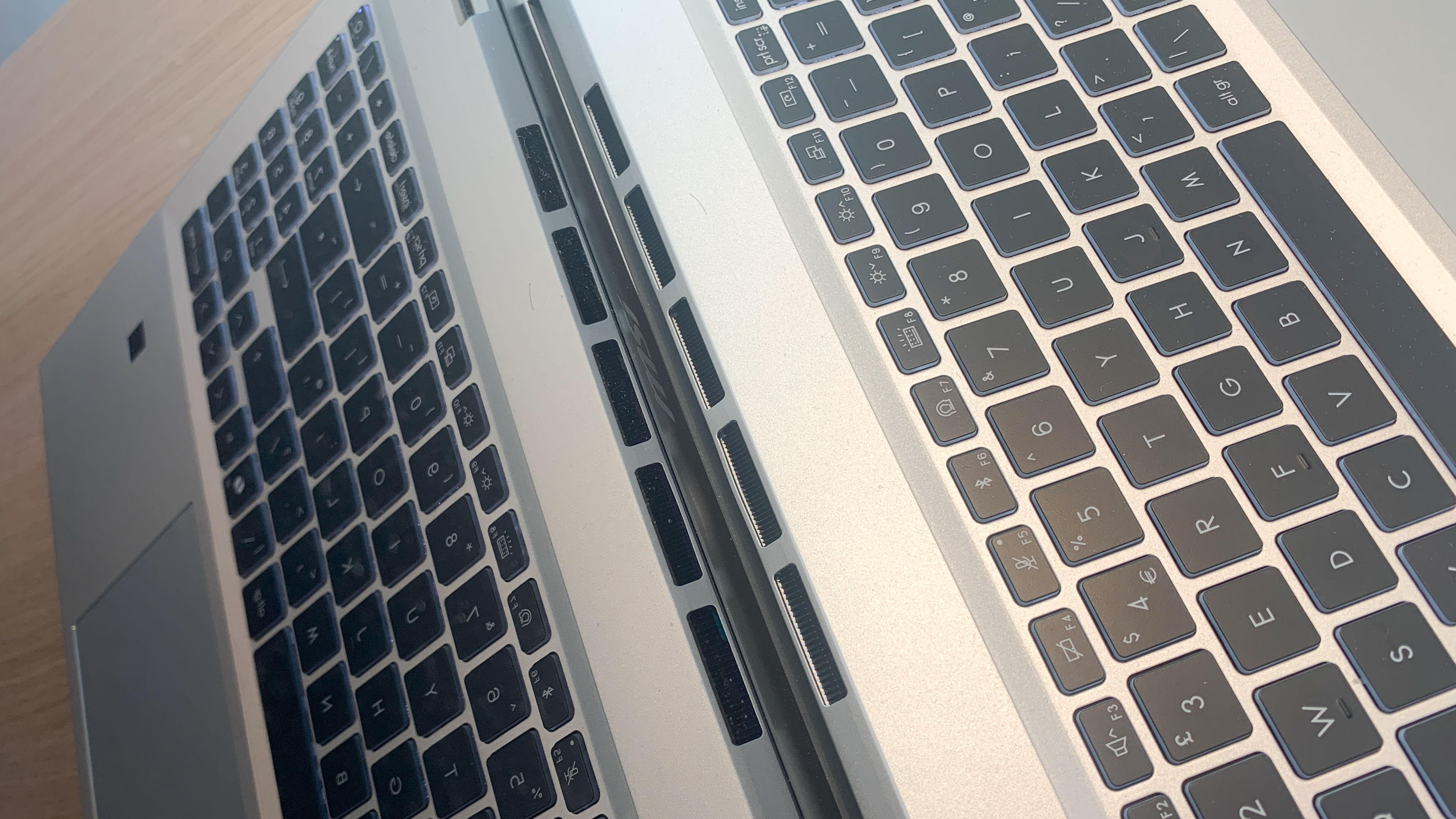
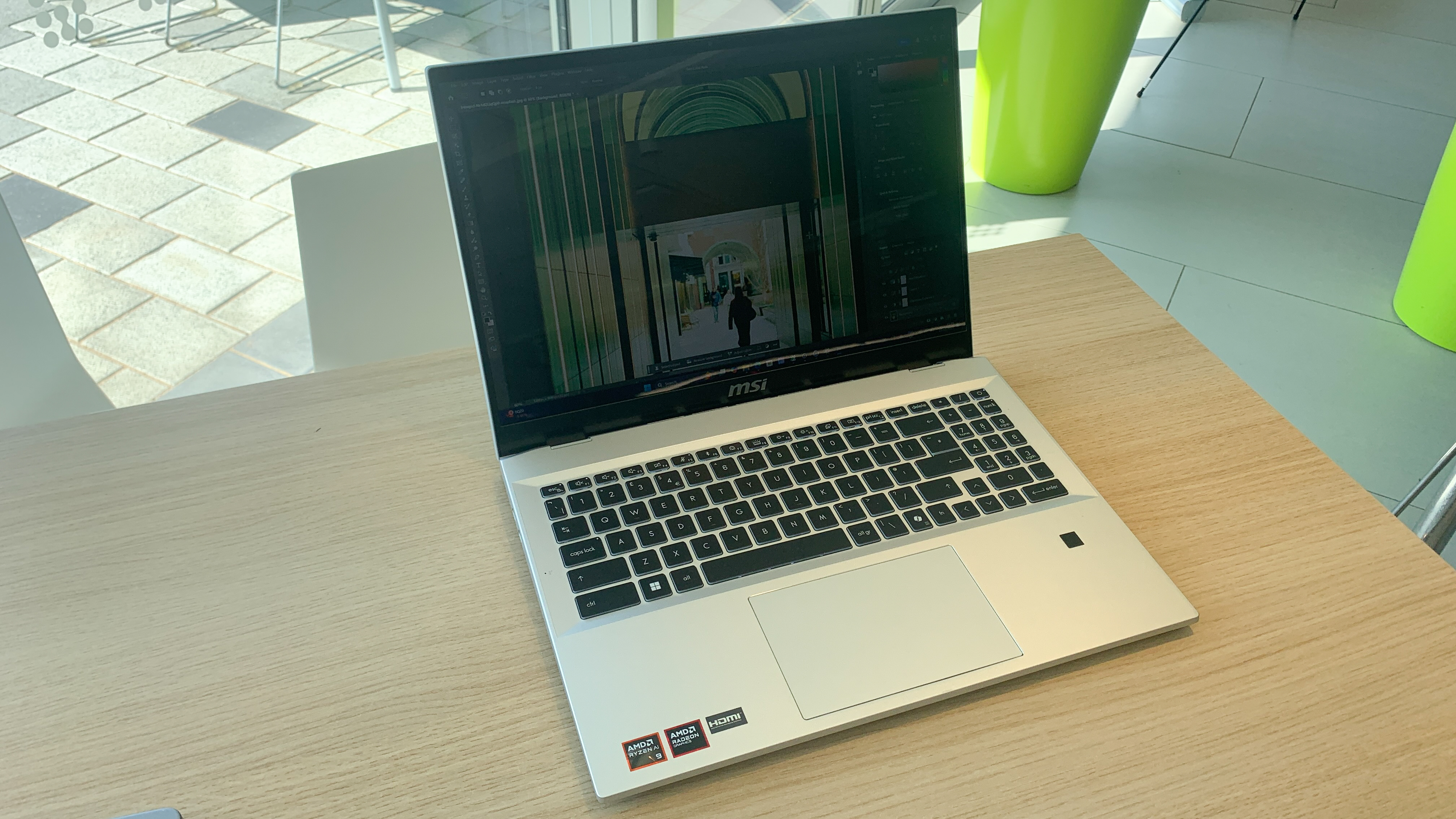


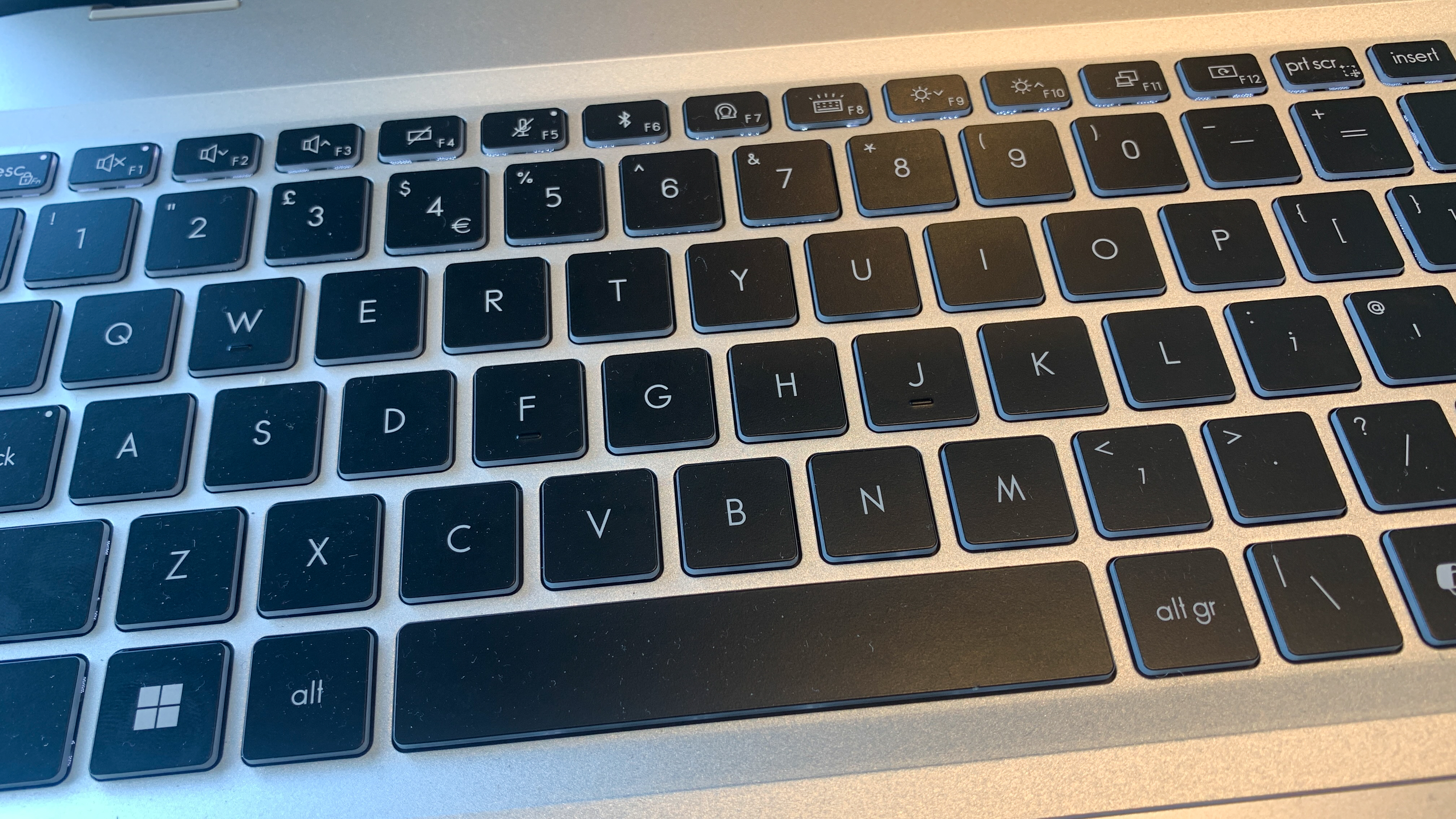
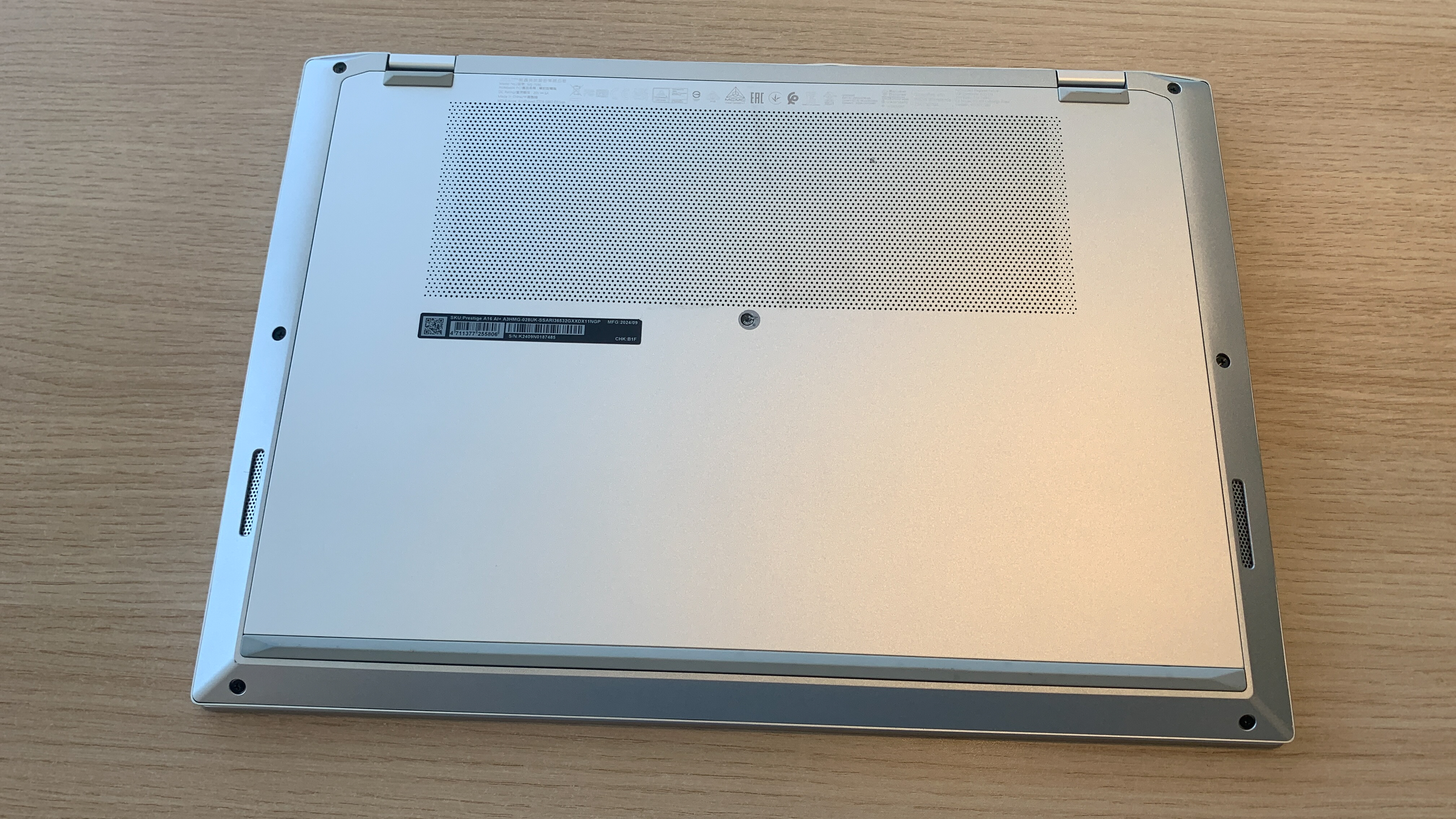
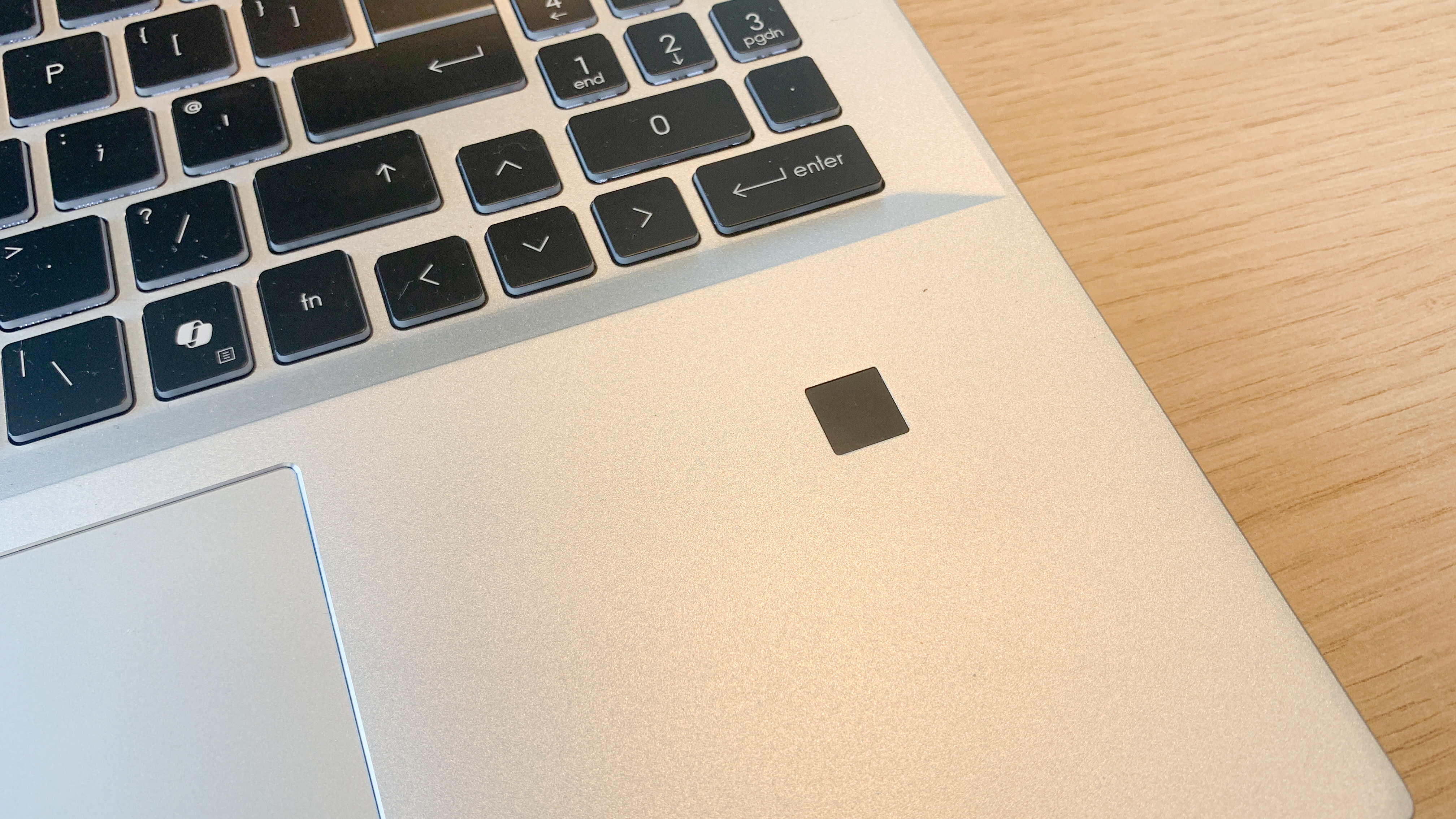
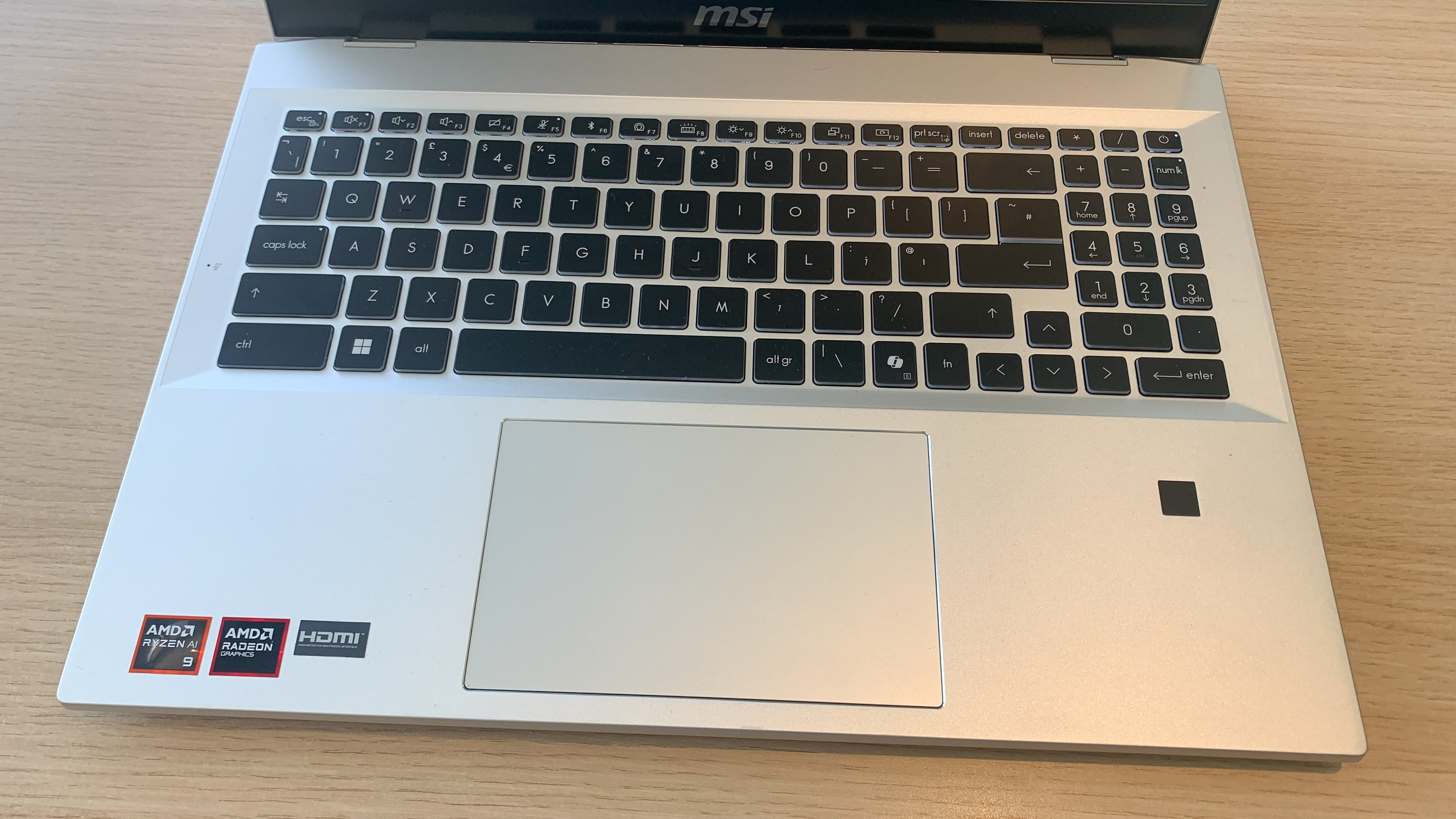
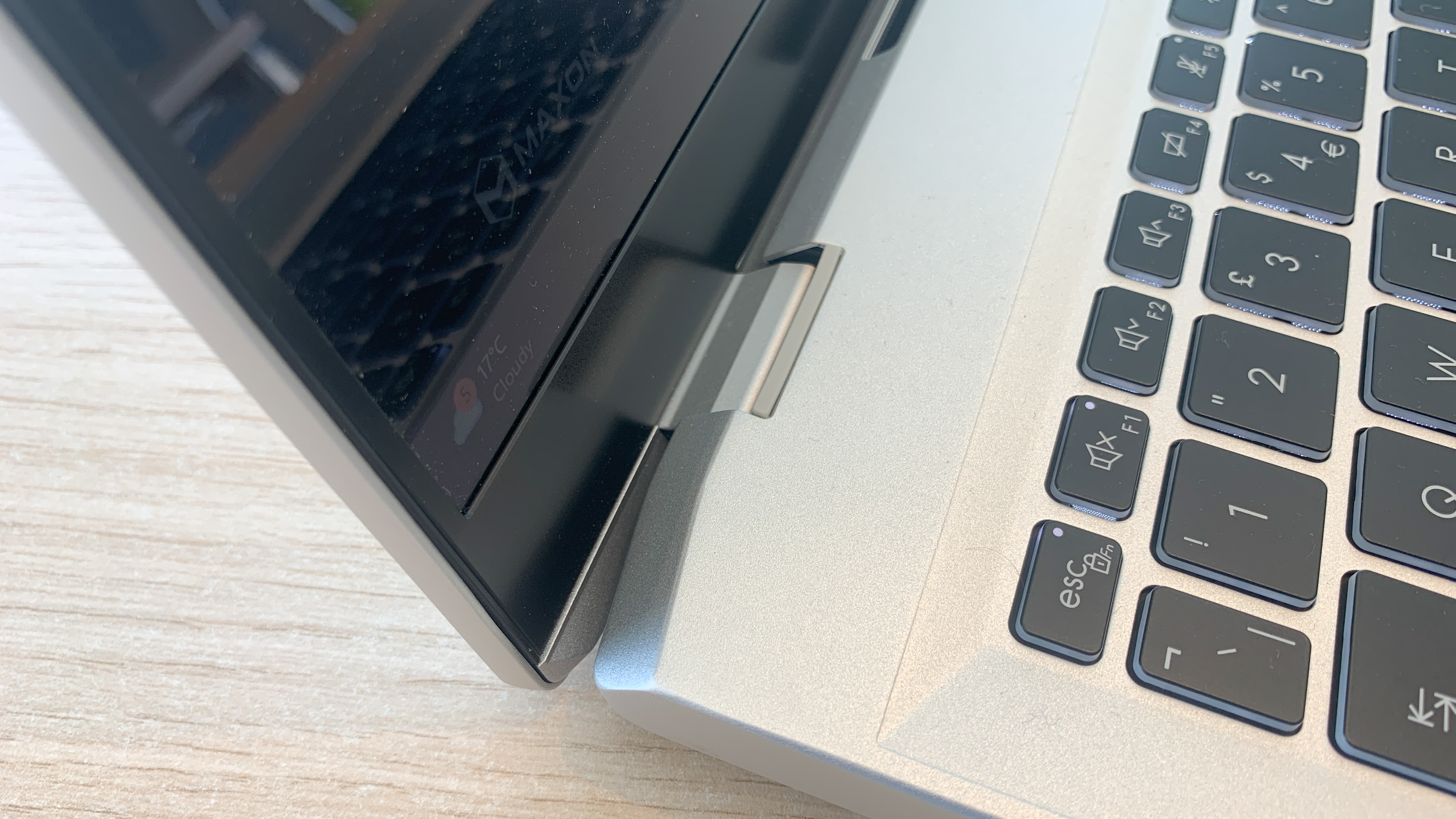
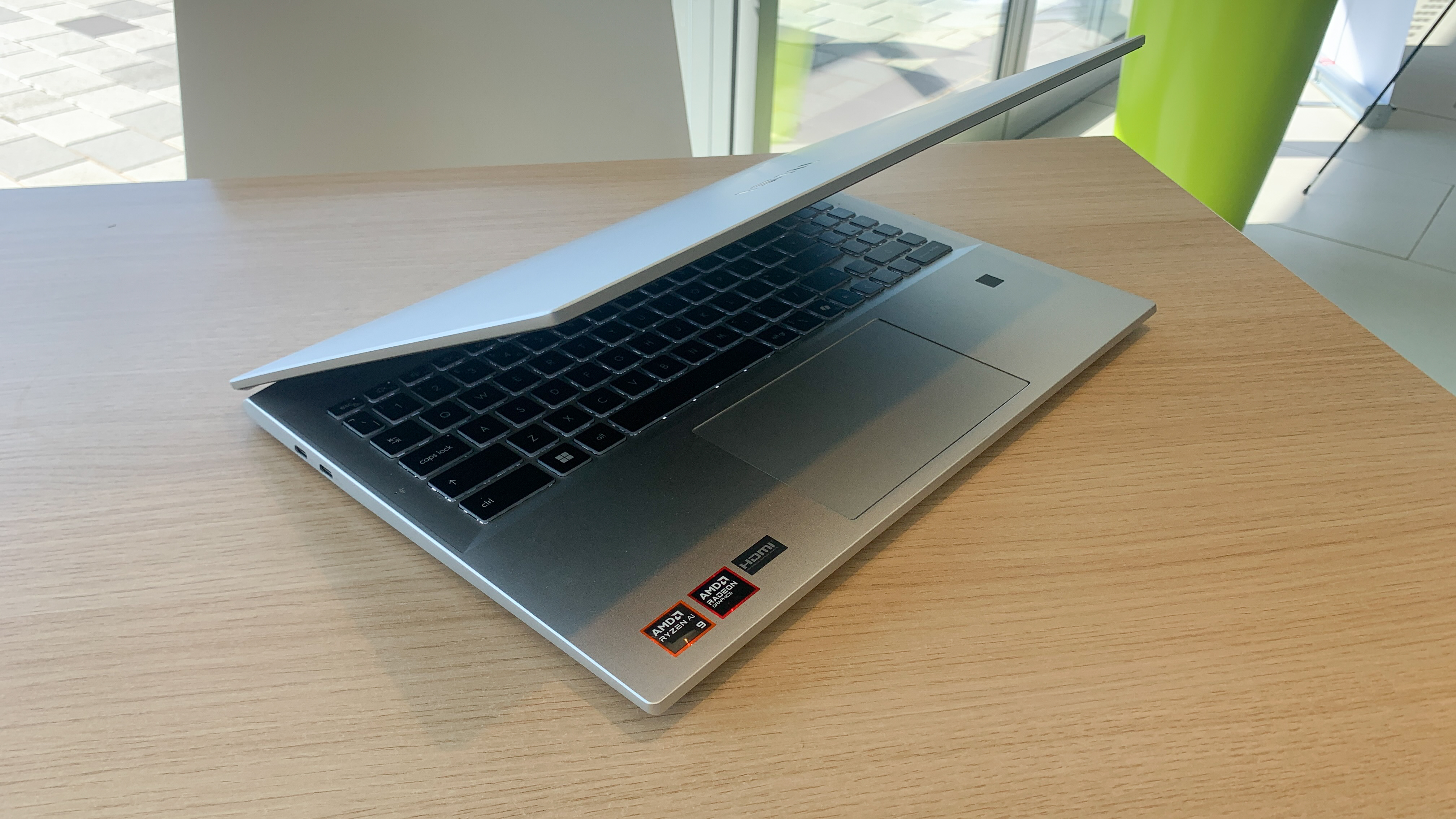
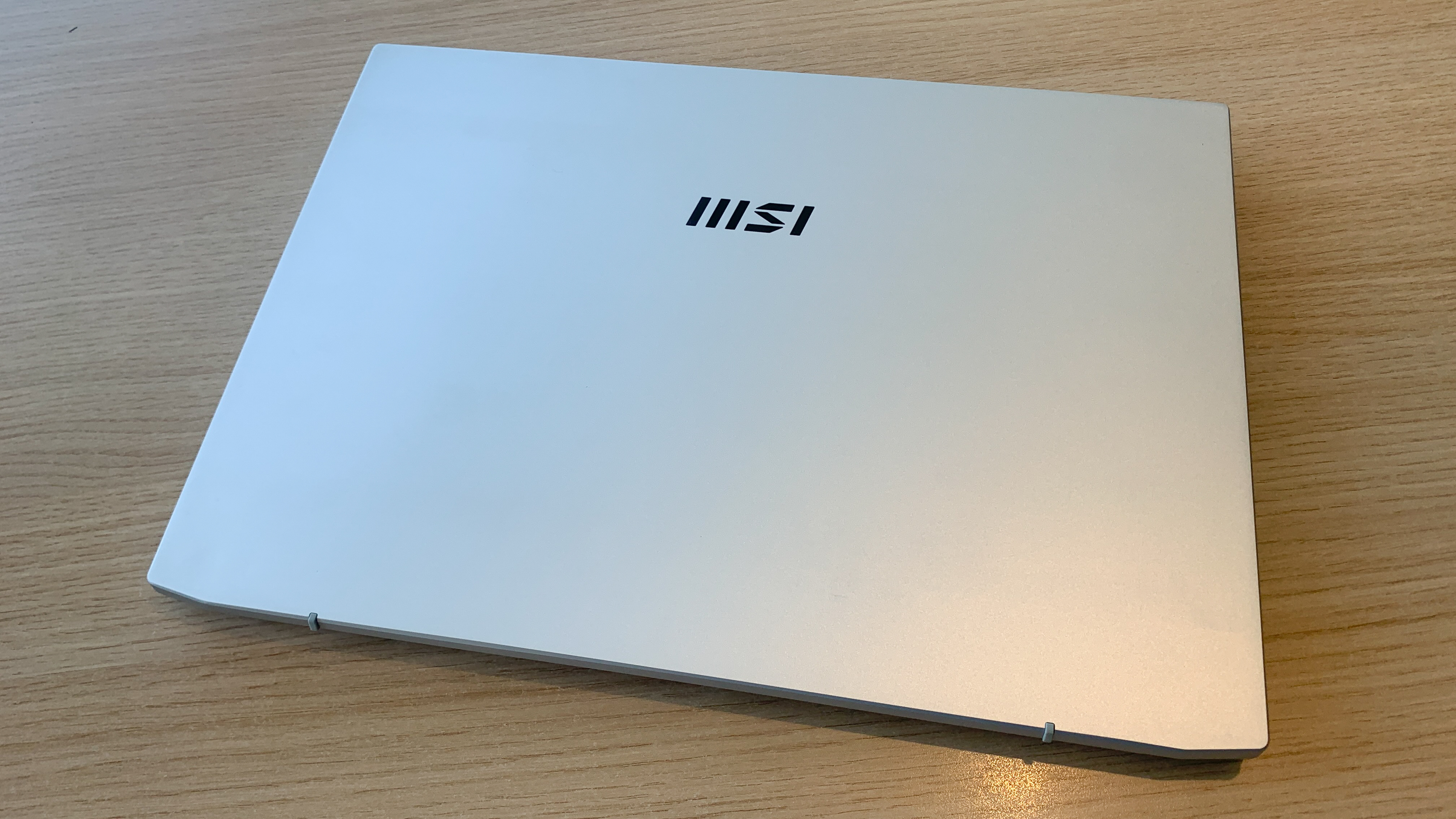



Specifications
Reasons to buy
Reasons to avoid
What you need to know: Neither prohibitively expensive nor wildly cheap, the MSI Prestige A16 AI+ sits in the mid-range as far as laptops go, and will suit students who are budget-conscious but need a bit more oomph than average. As the name implies, it's an AI-forward laptop, and is designed to automatically detect what you're doing and adjust settings for optimal performance. The lack of a discrete GPU hampers it for serious creative work, but we used it for photo and video editing, and it held up well.
Pricing: While the nominal cost of the MSI Prestige A16 AI+ is $1,399 / £1,499, deals and offers are not infrequent and if you're patient you shouldn't have too much trouble scoring it for a lower price.
Design and build: You'll likely be quite infatuated with the MSI Prestige A16 AI+ when you first open it up, as the minimalist silver aluminium chassis makes a good first impression. Its aesthetics are decidedly modern, with a nicely tapered edge, as well as a recessed keyboard panel and a hinge to drop the display down to desk level. We found the keyboard to be fairly comfortable, with a handy central trackpad. It's also one of the lighter 16-inch laptops around; at 1.9kg, it's easy enough to sling into a bag and carry to your studies.
Display: Some may be disappointed that the display is an IPS panel rather than OLED, but it still delivers a solid, perky level of brightness and vibrance. The colour accuracy is very solid, which proved handy when we were using the laptop to edit photos and videos – it covers 100% of the professional DCI-P3 colour space. It also has a 16:10 aspect ratio, giving you a bit more vertical headroom, which can be more pleasant to work on for long periods.
Performance: You may be bothered about AI performance; you may not. Even if you have absolutely zero interest in AI image generation and the like, you'll still be able to appreciate the efficiency of the aforementioned intelligent performance enhancement, which really does seem to work well. We found the CPU and integrated GPU were able to handle complex video compositions and layered effects in video editing, which you wouldn't necessarily expect. For simpler productivity tasks, the laptop performs very well indeed, and its benchmark scores put it around the middle of the pack – as you'd expect from a mid-range choice. Are AI laptops the future? The jury's still out, but the MSI Prestige A16 AI+ makes a decent case for itself.
Read more: MSI Prestige A16 AI+

"I graduated with a first-class honours degree in Computer Science, and this is the kind of laptop that could have really augmented my studies, especially with its AI productivity boosts."
Best OLED (UK) laptop for students
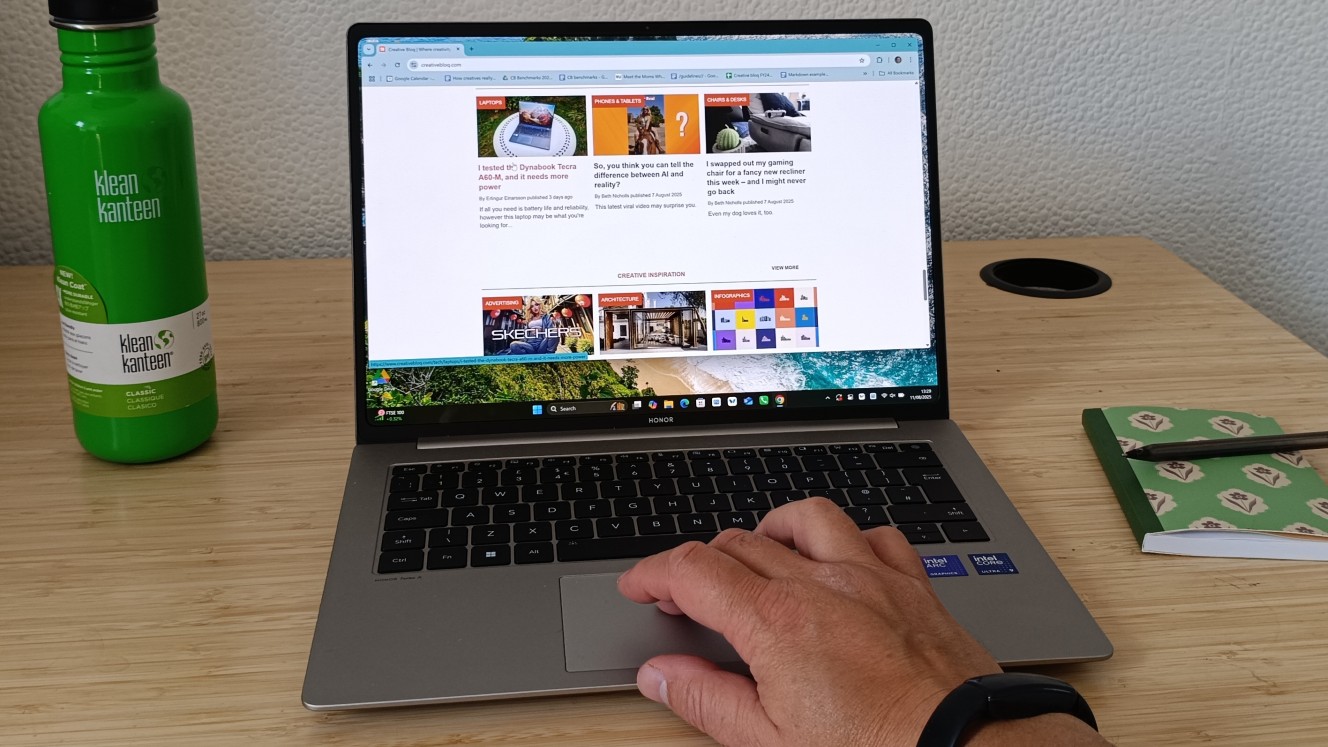
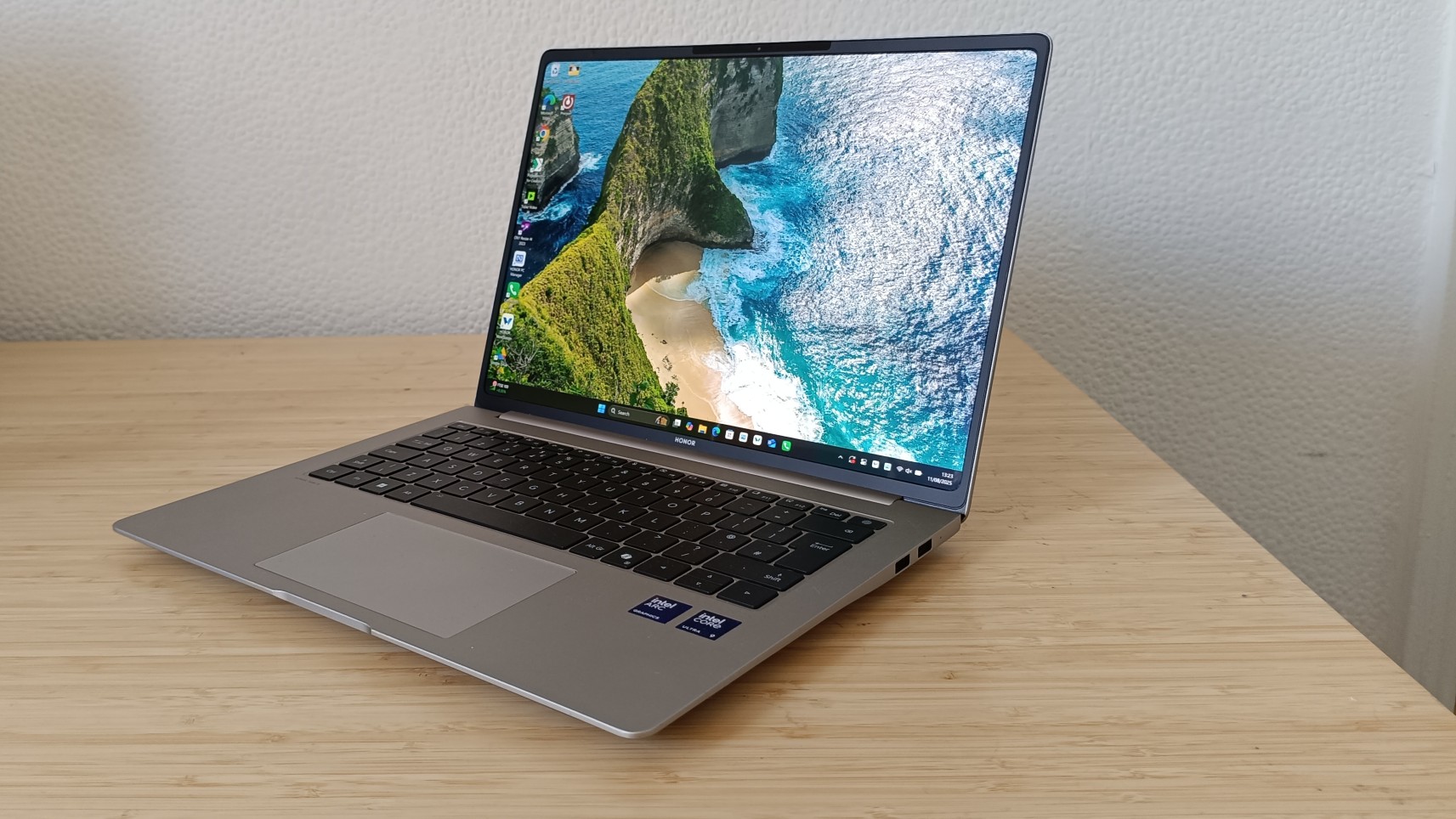
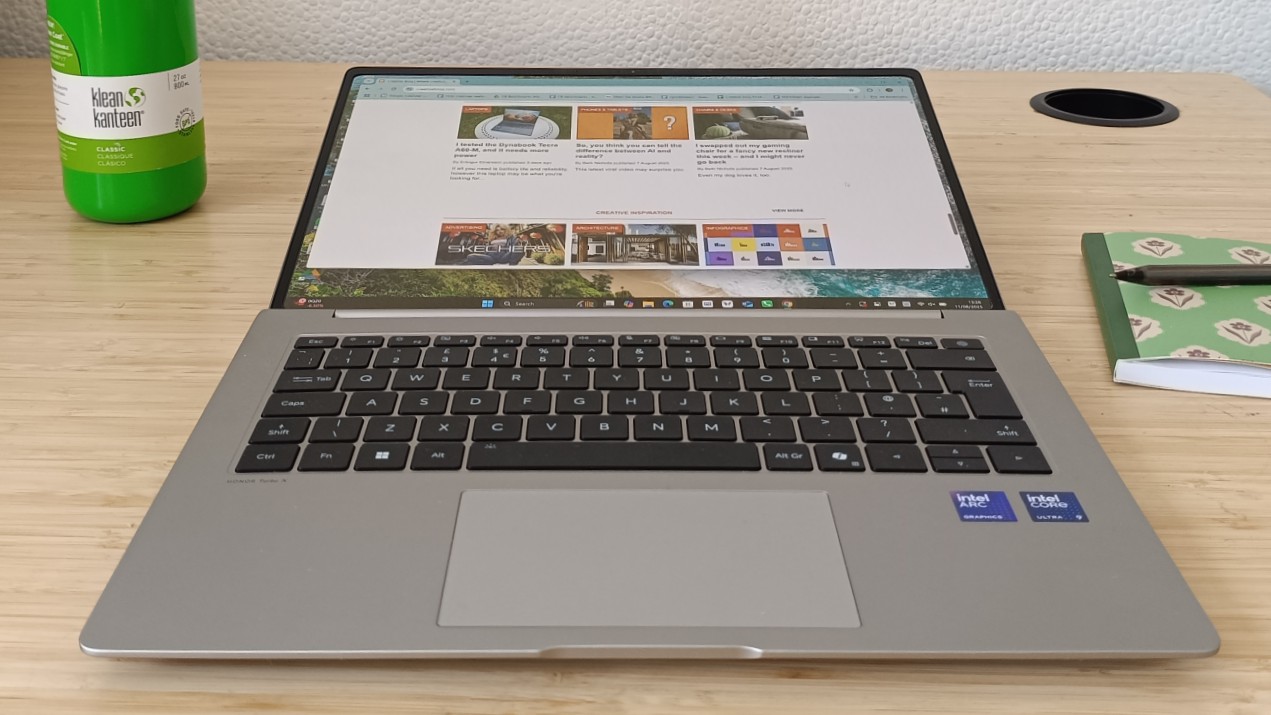
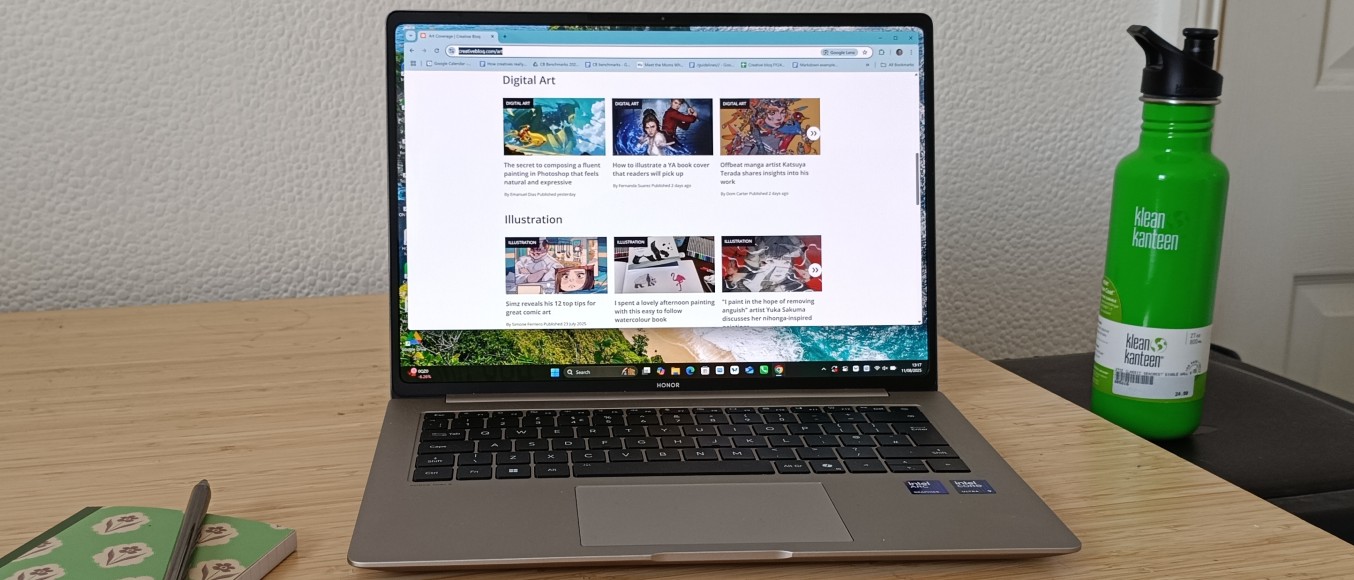
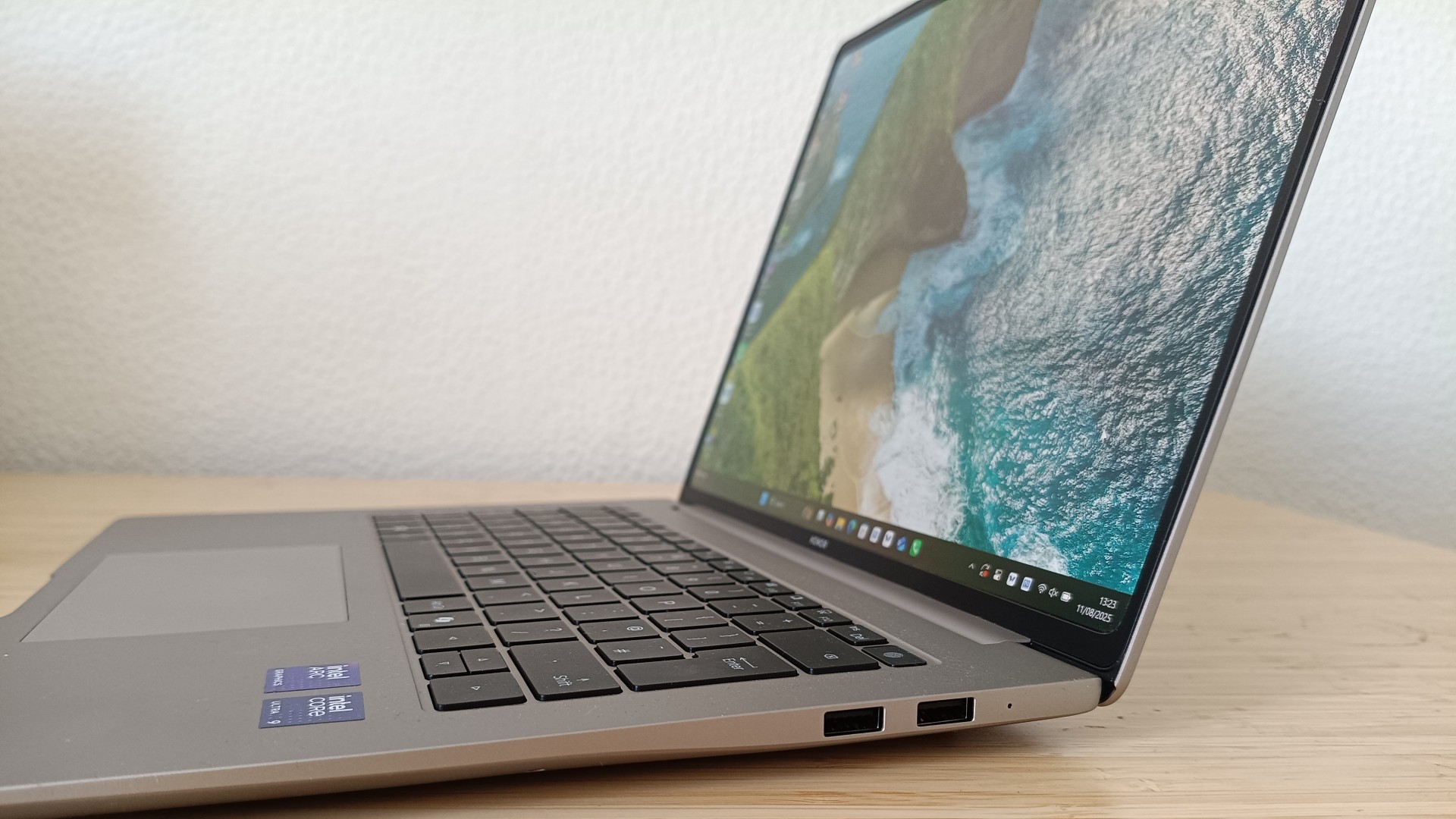
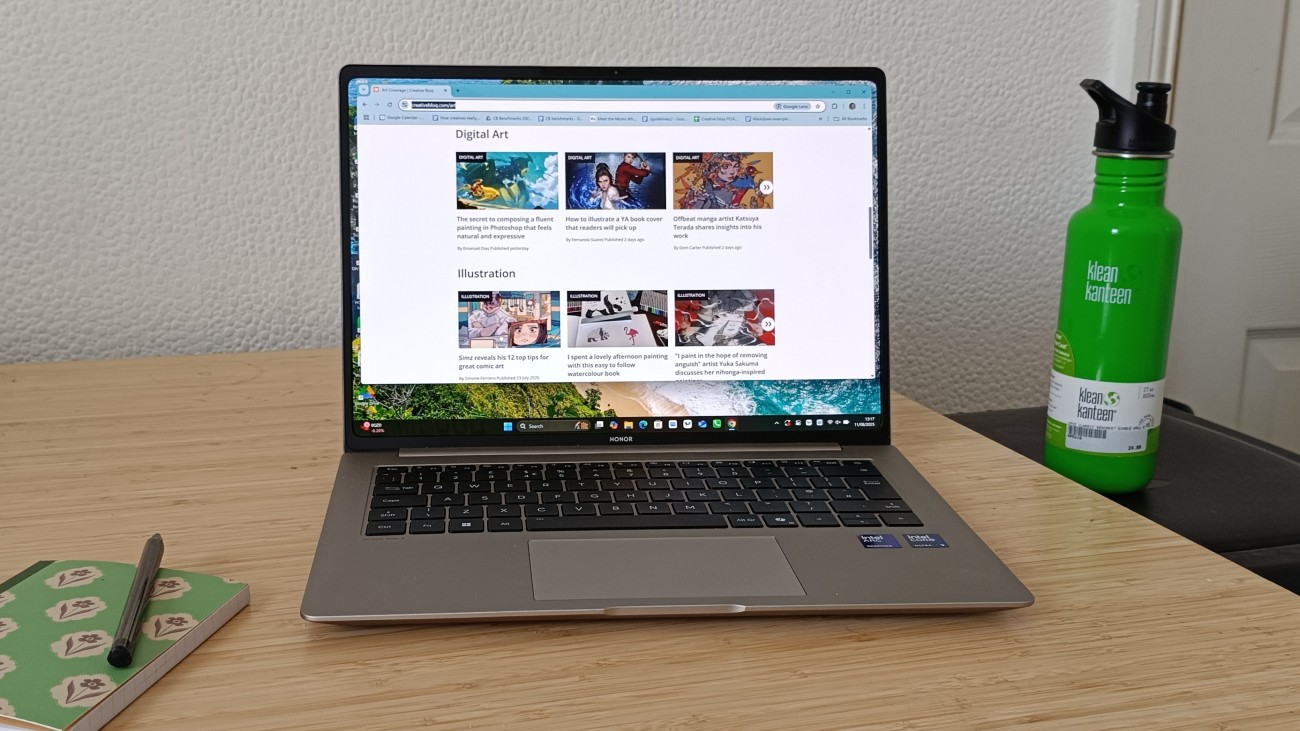


Specifications
Reasons to buy
Reasons to avoid
What you need to know: A capable laptop to suit students in creative fields who need a bit of horsepower, the Honor MagicBook Pro 14 features a gorgeous OLED display that puts IPS to shame with its beautiful colours and contrast. However, the Chinese manufacturer's products are hard to find in the US, making this one for UK students.
Pricing: The Honor MagicBook Pro 14 has an RRP of £1,299, which is at the upper end for a student laptop. With that said, discounts are common, and if you buy from Honor directly they'll throw a wireless mouse in for free. US buyers are currently out of luck, though you may be able to find a refurbished model on the second-hand market.
Design and build: This isn't the most elegant laptop in the world, and upon unboxing it you could be forgiven for being a little underwhelmed. As we said in our review, 'it's basically a big silver rectangle with an Honor logo stamped on it.' Still though, we came around after a while: the matte finish resists fingerprints, the magnesium alloy chassis has a premium feel, and this may sound like a small thing, but the hinge has a delightfully smooth feel when you open it. The laptop isn't stylish, but it's highly functional.
Display: Now we're talking. As it's an OLED laptop, you'd expect the MagicBook Pro 14 to win high marks in the display department, and it does. If you're a design student, or otherwise in the creative arts, you're doubtless going to appreciate the popping colours, infinitely deep blacks and stunning contrast on offer here. Its 3.1K resolution gives you plenty of detail, and the touch interface feels nice and smooth.
Performance: The Intel Core Ultra 9 285H processor with 16 cores and 5.4GHz boost clock certainly sounds impressive. But there's only one way to really know how capable a laptop is, so we fired up the Honor MagicBook Pro 14 and threw the kitchen sink at it. Drawing in Adobe Illustrator, editing photos in Lightroom, opening up 20 tabs in Chrome while also listening to music: we did it all, and the Honor MagicBook Pro 14 didn't falter. The super-fast storage interface means you always have instant access to your data, and the clever cooling system keeps things ticking over without throttling. All in all, this is a very impressive machine that will suit any student with significant computing needs.
Read more: Honor MagicBook Pro 14 review

"My experience suggests that Honor has taken its mobile expertise into the laptop space with remarkable success... it's definitely a great Windows alternative to a MacBook Air if you're looking for a great laptop for students."
Best battery life

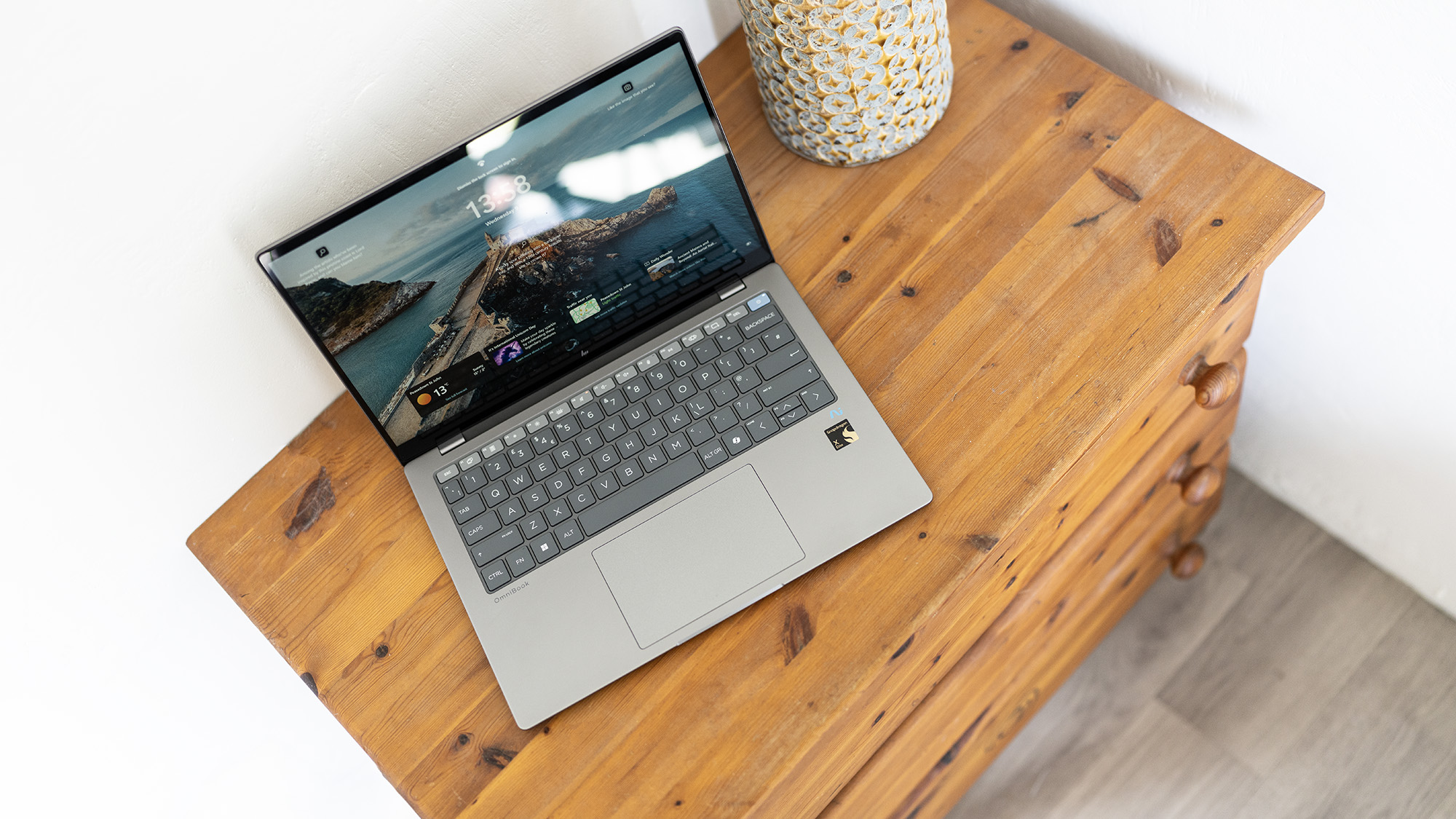
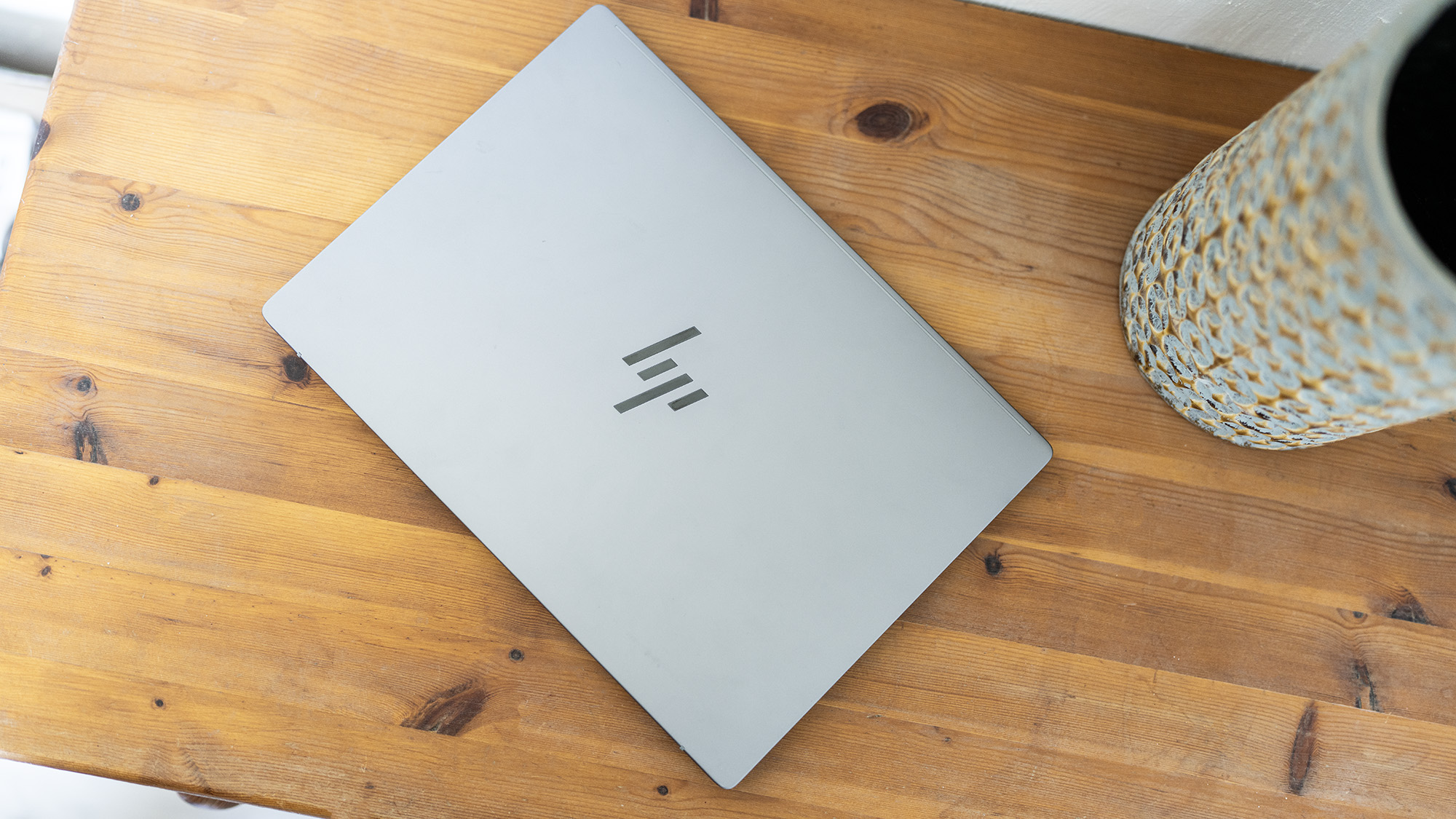
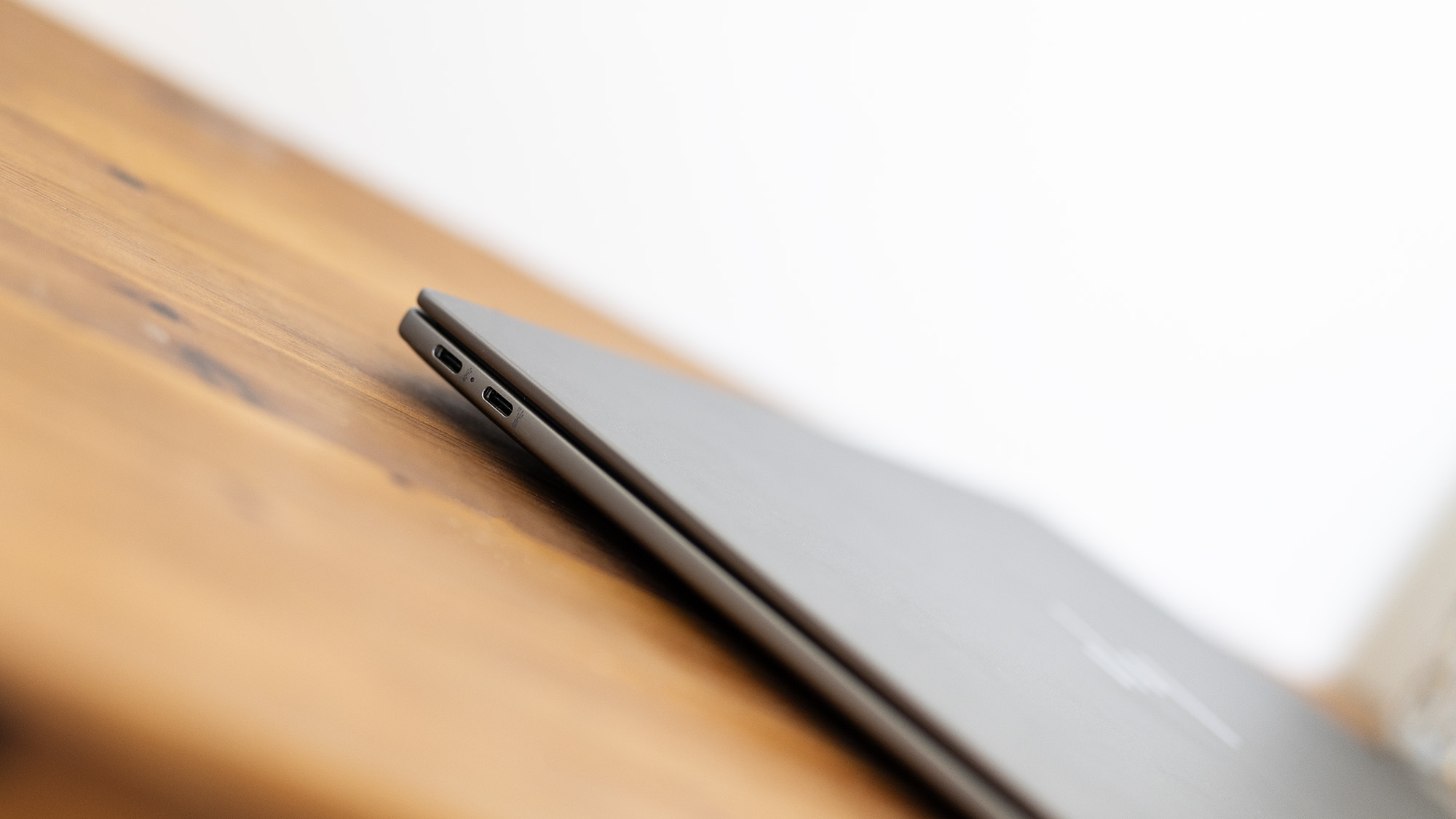


Specifications
Reasons to buy
Reasons to avoid
What you need to know: Our reviewer called this the "Duracell Bunny" of laptops. By this, he didn't mean that it was fluffy or fictional, but that it's one of the longest-lasting laptops we've ever tested, clocking in 17 hours of constant use in our tests (for context, the Surface Laptop 7 lasted just over nine hours). Elsewhere, it's a fairly standard mid-range laptop, with a 12-core Snapdragon X Elite delivering decent computing power.
Pricing: It sits comfortably in the mid-range for most users, probably the upper range for students. It's cheaper than a Surface Laptop 7 with similar specs, but more expensive than budget laptops like the Acer Swift 3.
Design and build: Reasonably light but solid-feeling, the HP Omnibook X 14 certainly feels like the kind of laptop you can take to classes, workshops and study nights without it suffering from the journeys. The keyboard feels good to type on, and the body has just enough ports that you won't be hurting for more unless you have a higher-than-average number of peripherals.
Display: The screen offers 2.2K resolution, which is a nice cut above the competition, and it's also nice that it's touch-sensitive. We put it through our battery of colourimeter tests and it managed 100% of sRGB, 79% of Adobe RGB, and 81% of DCI-P3, which all should be fine for anyone except perhaps for art and photography students. The maximum brightness of 306 nits was also sufficient without being exceptional.
Performance: The CPU performance of this well-specced laptop is about as good as you'd expect, scoring well in our benchmark tests. The integrated GPU, however, is looking rather weak – it wasn't even compatible with some of the tests we usually run. Graphical performance definitely isn't a strong point of this laptop. Battery life, as we've already mentioned, was quite simply incredible. Our demanding tests managed 17 hours of use, and a conservative and careful user could easily eke out more.
Read more: HP Omnibook X 14 review

"While it suffers from the same GPU issues – namely a lack of power and compatibility – as other Snapdragon laptops, the HP Omnibook X 14 pulls a rabbit from the hat in the form of extremely long battery life."
The best Chromebook for students
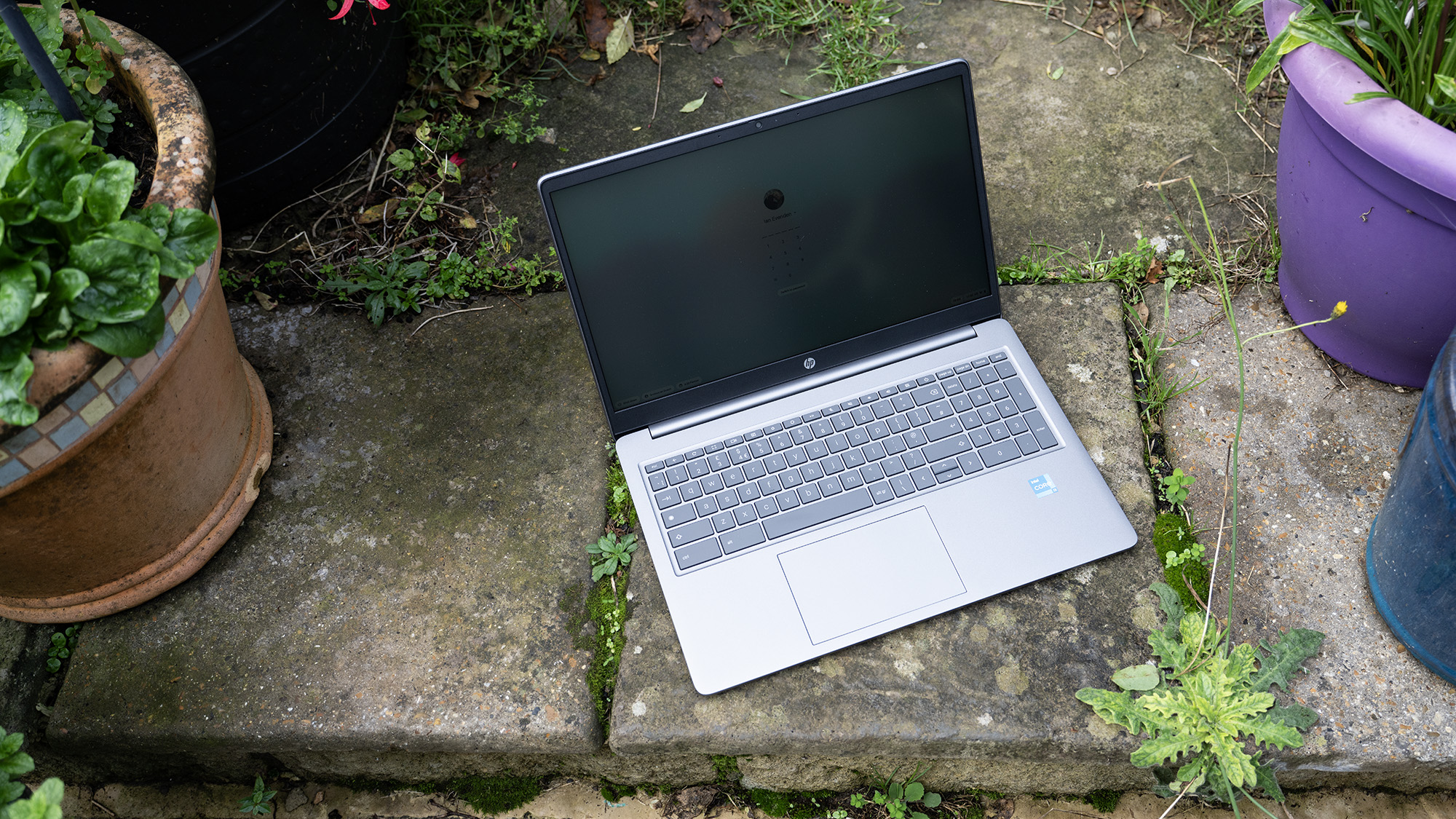


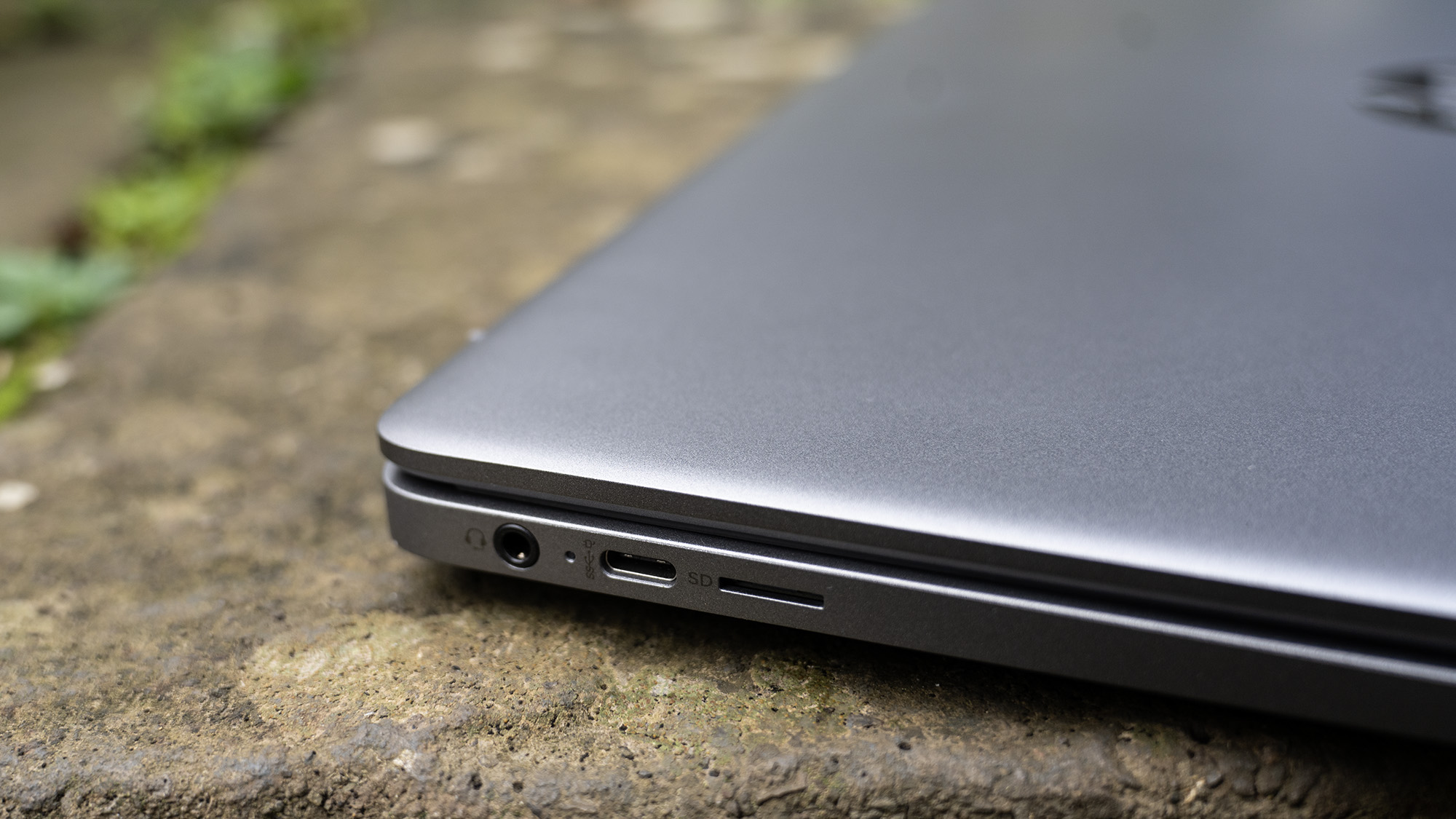
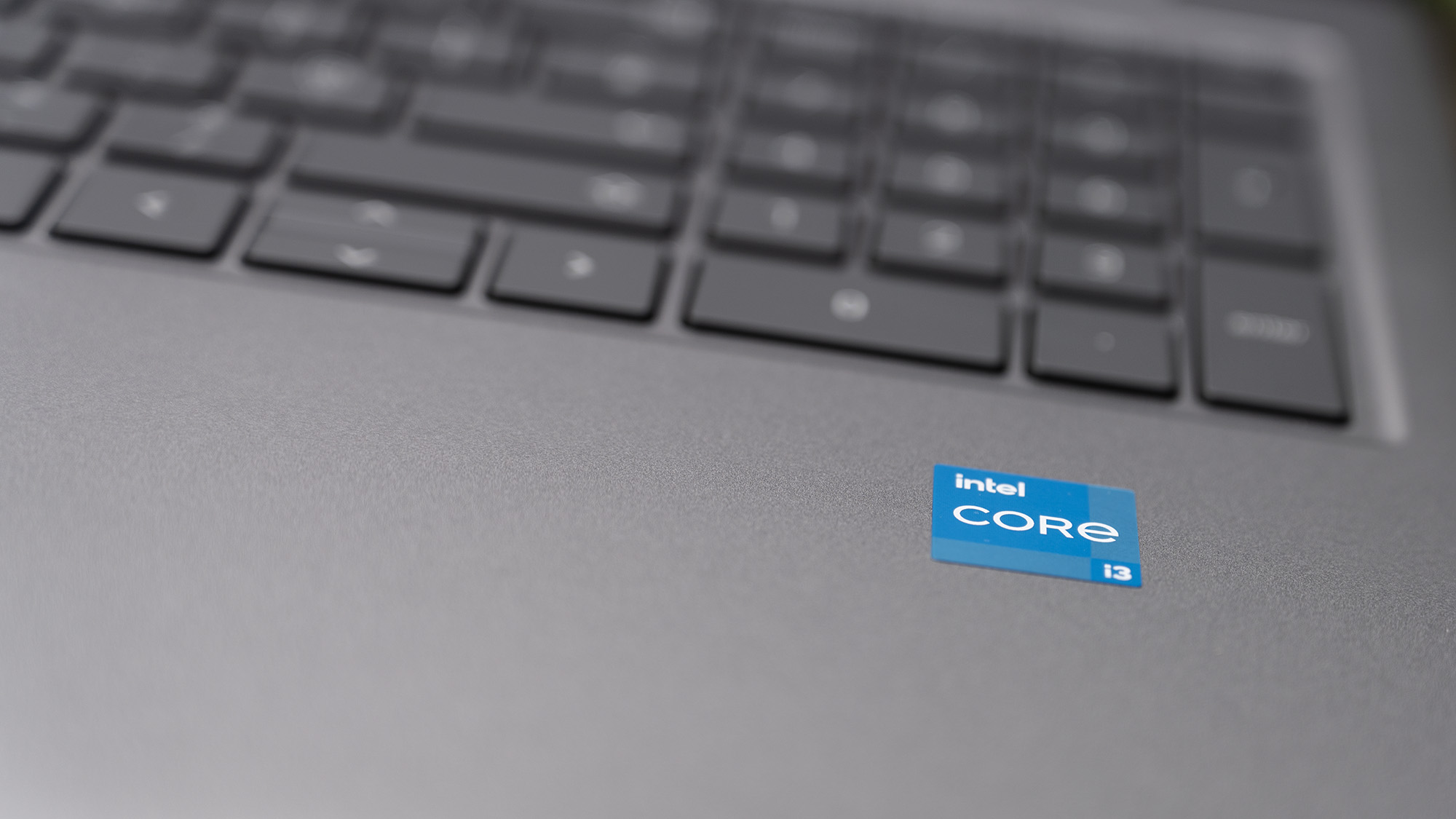
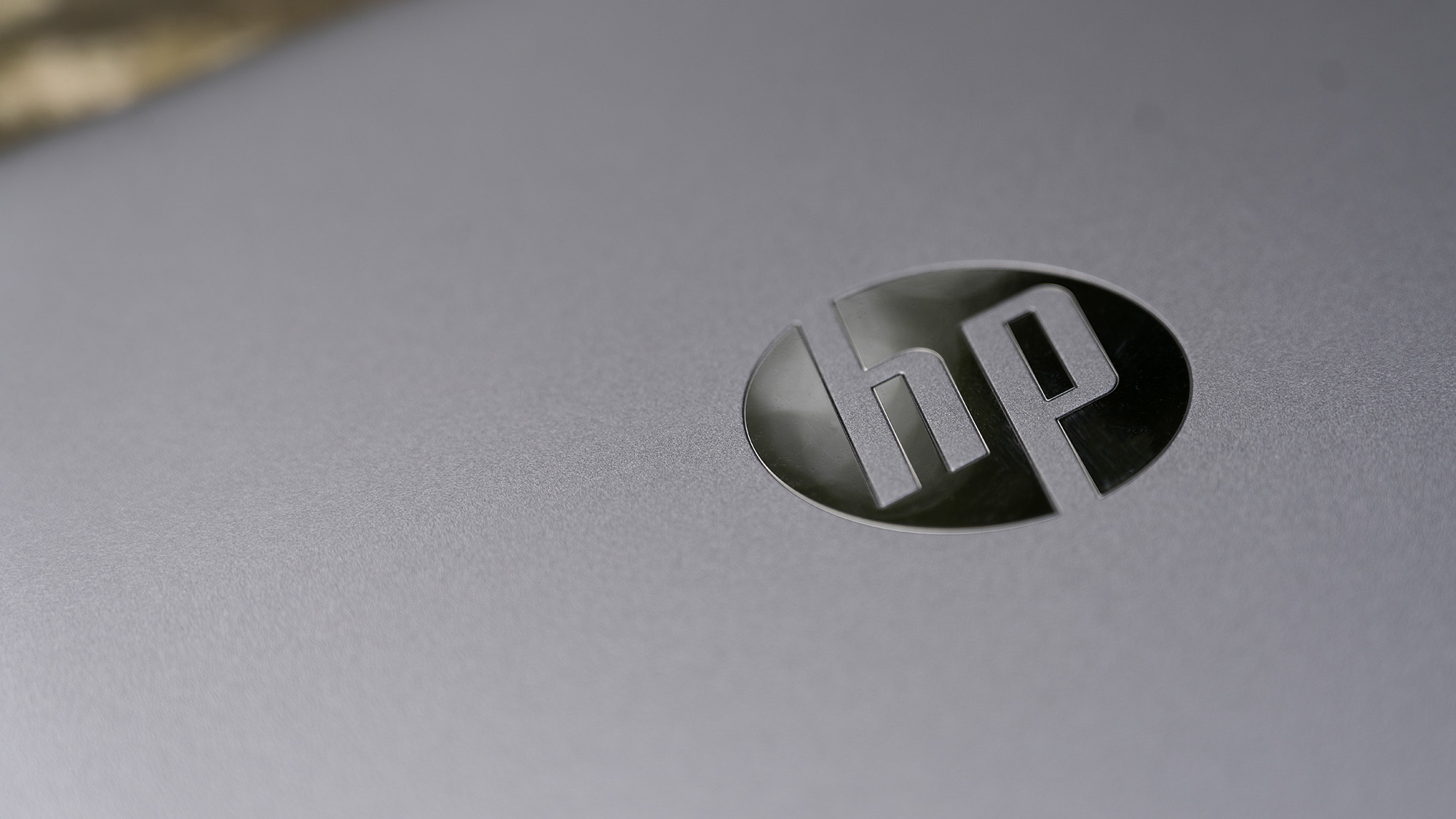
Specifications
Reasons to buy
Reasons to avoid
What you need to know: If you're a student on a tighter budget, or you only need a laptop for simpler tasks such as taking notes and writing essays, a Chromebook may be the best fit to help keep costs down. These excellent value stripped-back laptops run ChromeOS, which means you won't be able to use some of the desktop software that you would use on a Windows or Mac computer; however, there is now a wide range of apps available for ChromeOS, making it more compatible.
Pricing: With the HP Chromebook Plus 15, you’re paying less than £500 for a 15.6-inch device, which is excellent value, although don't expect premium quality. This laptop is currently priced at $599 in the US and £449 in the UK, making it half the price of a MacBook Air and cheaper than a lot of Windows laptops in this guide too.
Design and build: Our reviewer found that the design of this Chromebook was certainly cheap and plasticky, though it gives off a premium illusion almost too well until you touch it. It has a thicker casing than usual on a Chromebook, though overall, the keyboard feels a bit small and squished if we're being picky.
Display: This Chromebook is priced well for a reason, though surprisingly, the display is not the compromise here with a large 15.6-inch full HD screen that performs well for streaming thanls to the vivid colours.
Performance: According to our tester, this laptop does an extremely good job of being an all-around useful laptop, so long as you can live without certain desktop apps and Microsoft compatibility. For an office laptop, it's ideal, with great battery life. But if you're a student with more creative potential, you might find that a Chromebook is limited in this area.
Read our HP Chromebook Plus 15 review for all the details.

"While it’s not going to replace your Windows PC or Mac for creative use, Google’s lightweight OS and HP’s low-cost hardware come together to make a machine that’s scrappy and tries hard."
Best affordable AI student laptop
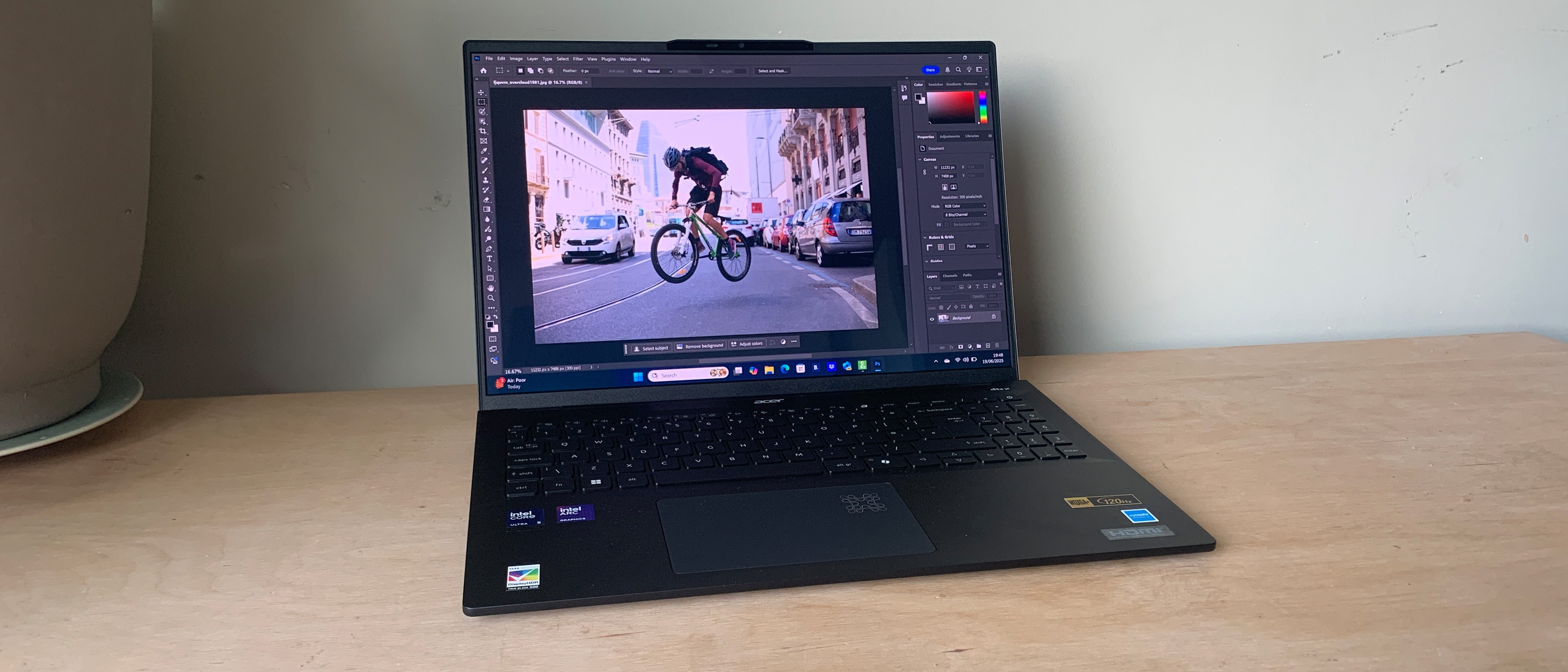
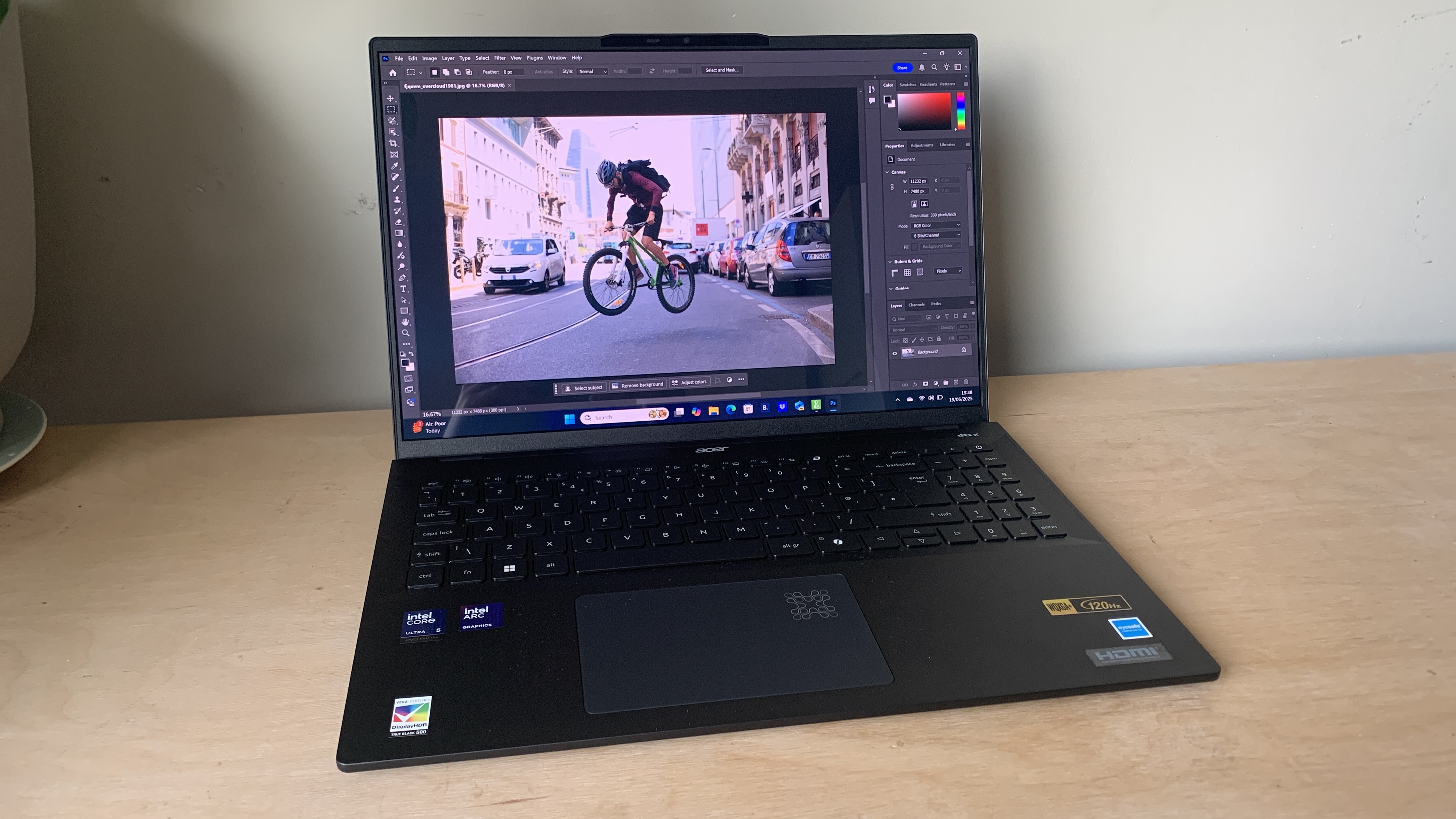
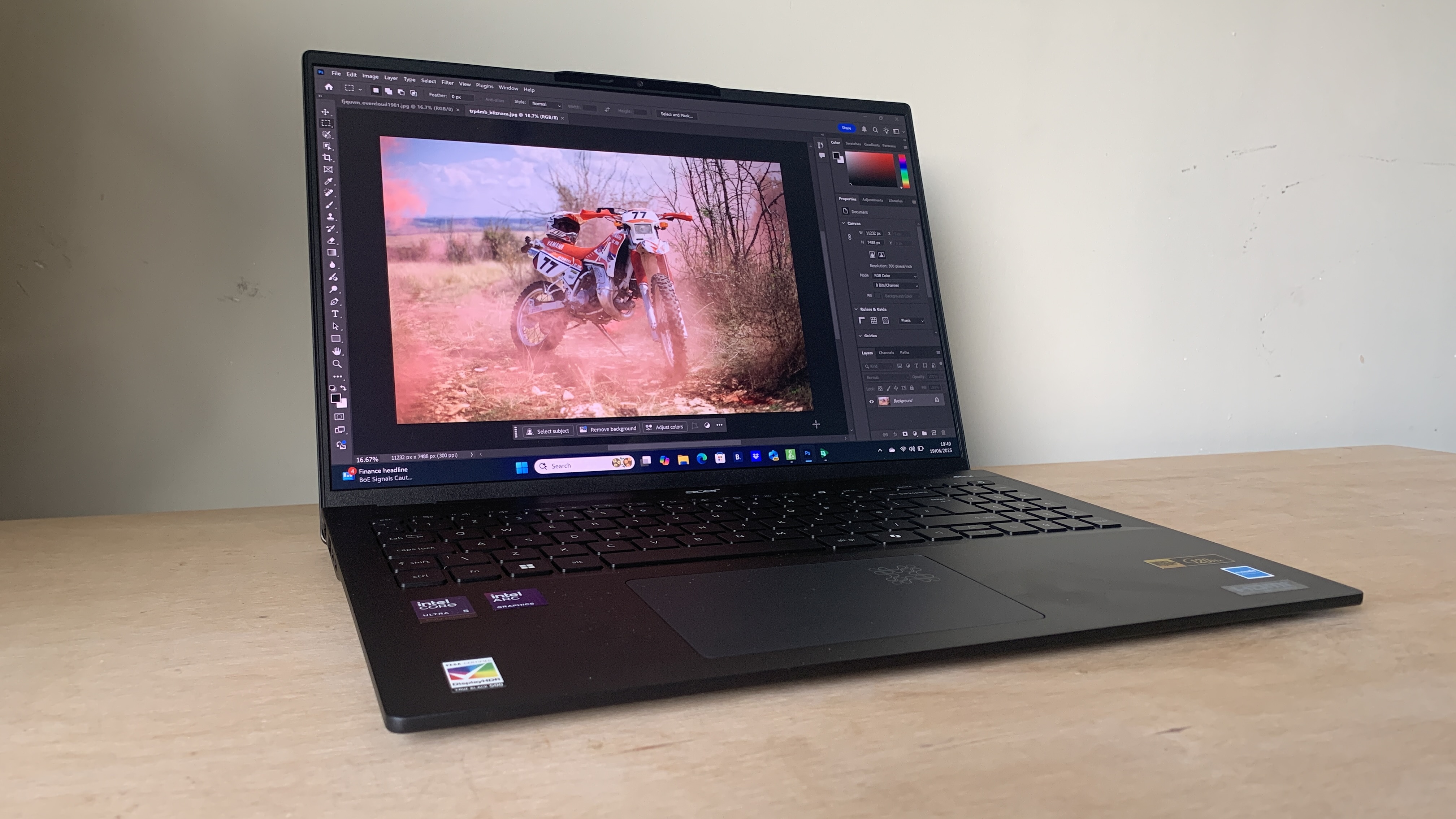
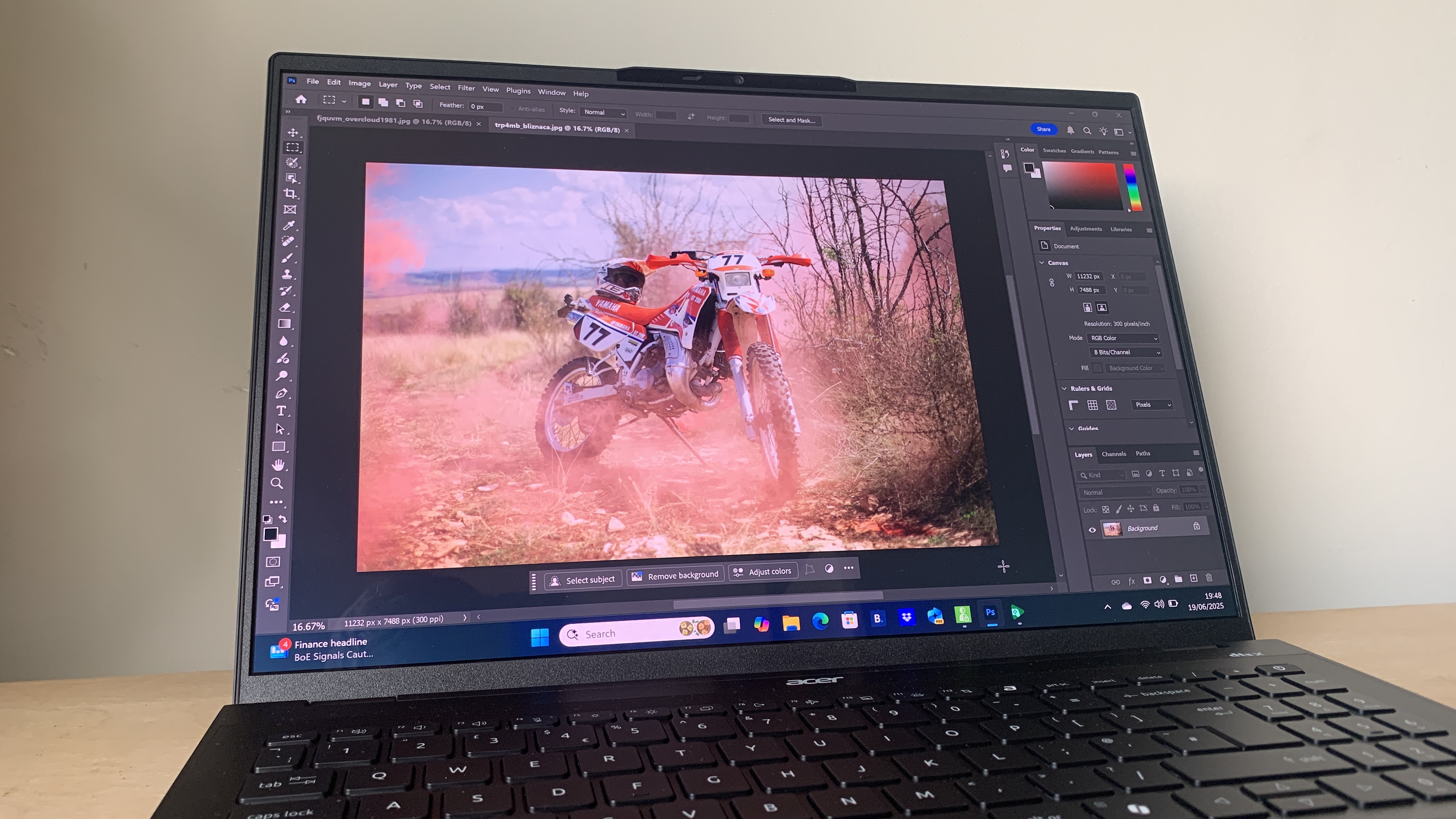

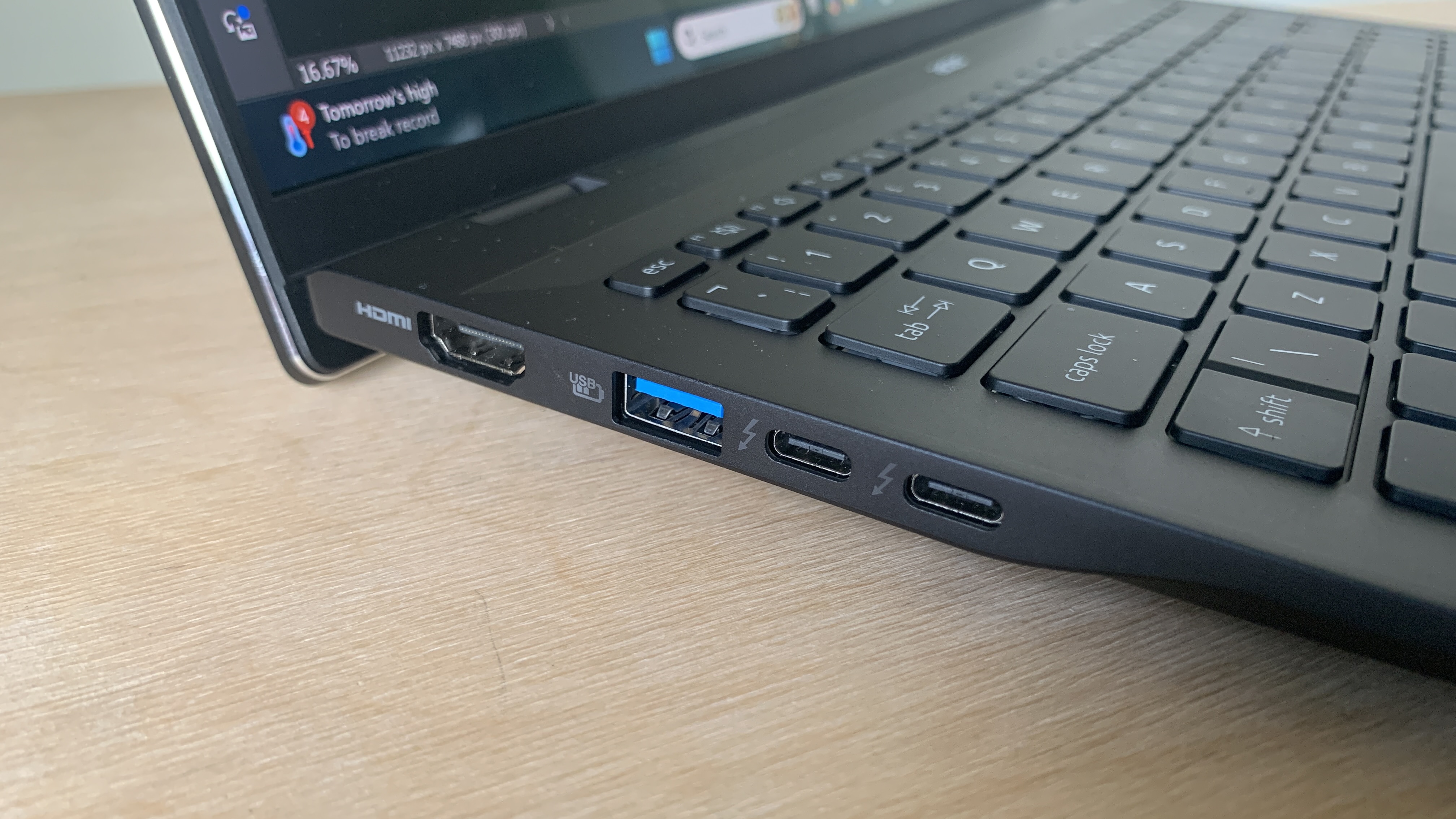
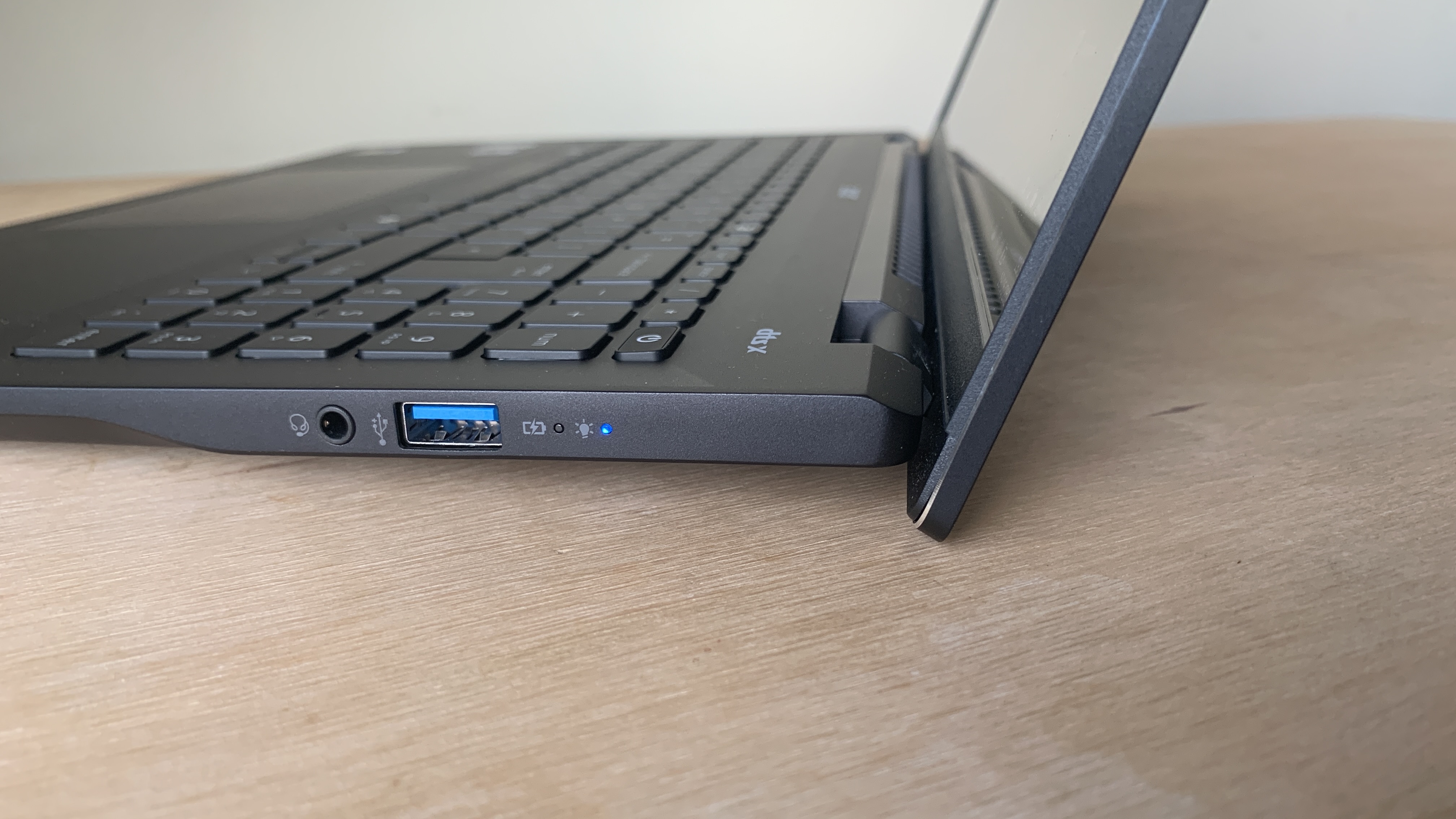
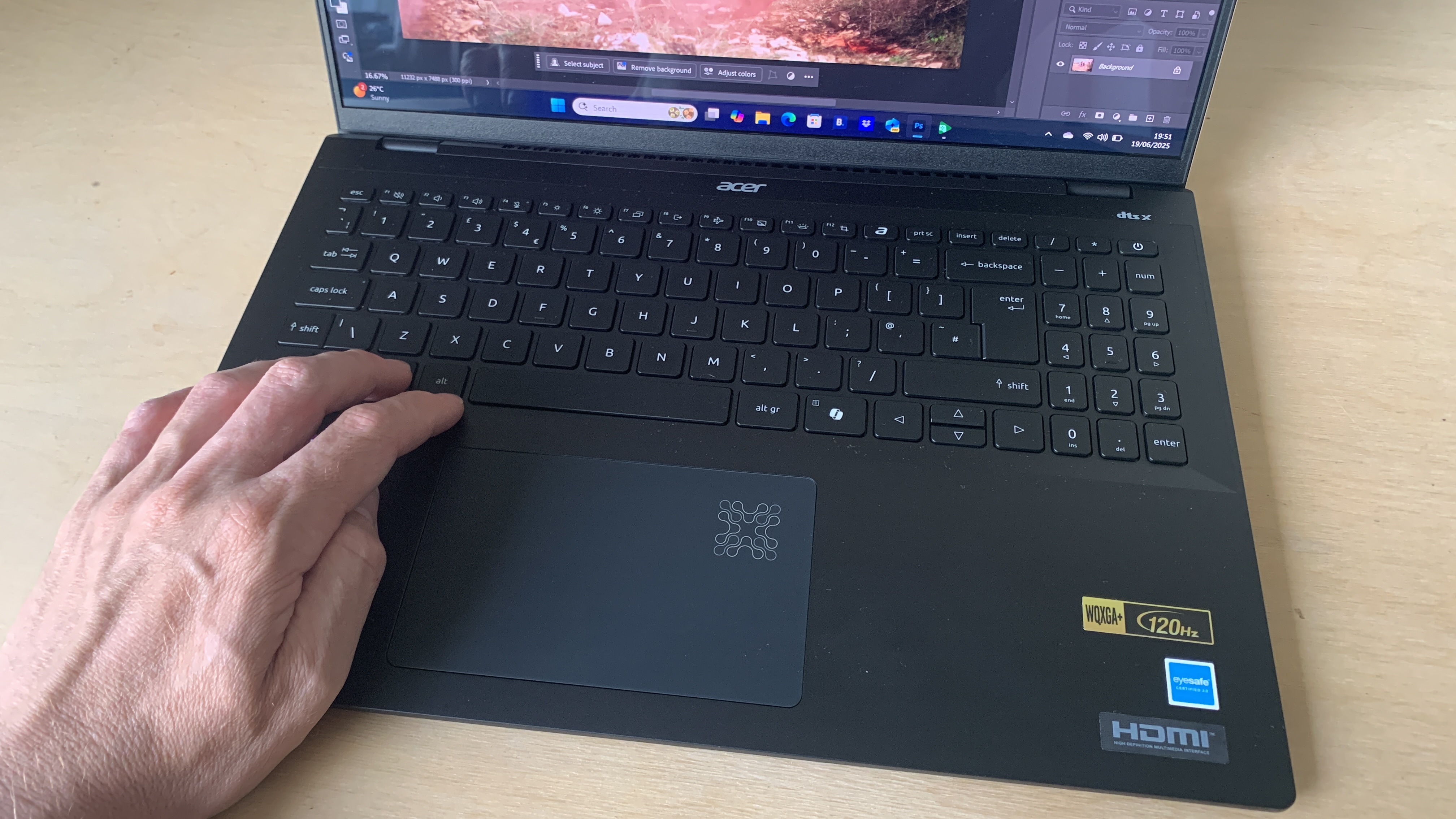
Specifications
Reasons to buy
Reasons to avoid
What you need to know: Want an AI laptop but don't want to pay premium prices? This is our top pick. With a clever lightweight design, the Swift 16 AI is perfect for students who need a larger screen without the bulk, though you'll need to handle it with care.
Pricing: At $1,200 in the US and £1,200 in the UK, the Swift 16 AI sits in premium territory for students – though you can often find it discounted. For example, in the UK we've spotted retailers like Amazon and Currys selling it for closer to £750-£800. For highly budget-conscious students who don't care about AI, though, the price premium may be hard to justify.
Design and build: Acer has prioritised portability above all else with the Swift 16 AI, resulting in a remarkably light 1.5kg laptop that feels quite delicate. The ultra-thin plastic and metal construction makes the entire chassis susceptible to flexing, and the display panel feels worryingly fragile when closing the lid. The offset keyboard includes a full numpad that some will appreciate, whilst the trackpad offers a satisfying click across its entire surface. Port selection is generous with HDMI 2.1, two USB-C, two USB-A, and a 3.5mm jack spread across both sides.
Display: The star of the show is undoubtedly the 16-inch OLED touchscreen. The 2880×1800 resolution is very sharp at normal viewing distances, and the touch response is fast and precise. With 100% DCI-P3 coverage and gorgeous colours typical of OLED technology, this display is perfect for creative work where colour accuracy matters. The 90Hz refresh rate provides smooth scrolling, though it's not quite fast enough for serious gaming.
Performance: The Intel Core Ultra 7 processor handles everyday tasks admirably and excels at power efficiency, contributing to the laptop's impressive battery life. The Swift 16 AI's greatest strengths lie in its display and speakers — but they aren't strong enough to make up for this laptop's biggest weakness: heavy multitasking performance. Students working with basic photo editing and productivity apps will be fine, but if you're expecting serious AI capabilities or video editing prowess you'll be disappointed. The 16GB RAM limitation becomes apparent quickly with demanding workflows.
Read more: Acer Swift 16 AI full review

"I'd say this is a laptop for generalist creatives who do a little bit of everything or students who work with a diverse set of applications, including word processing, image editing, and online browsing."
Best student laptop for creatives
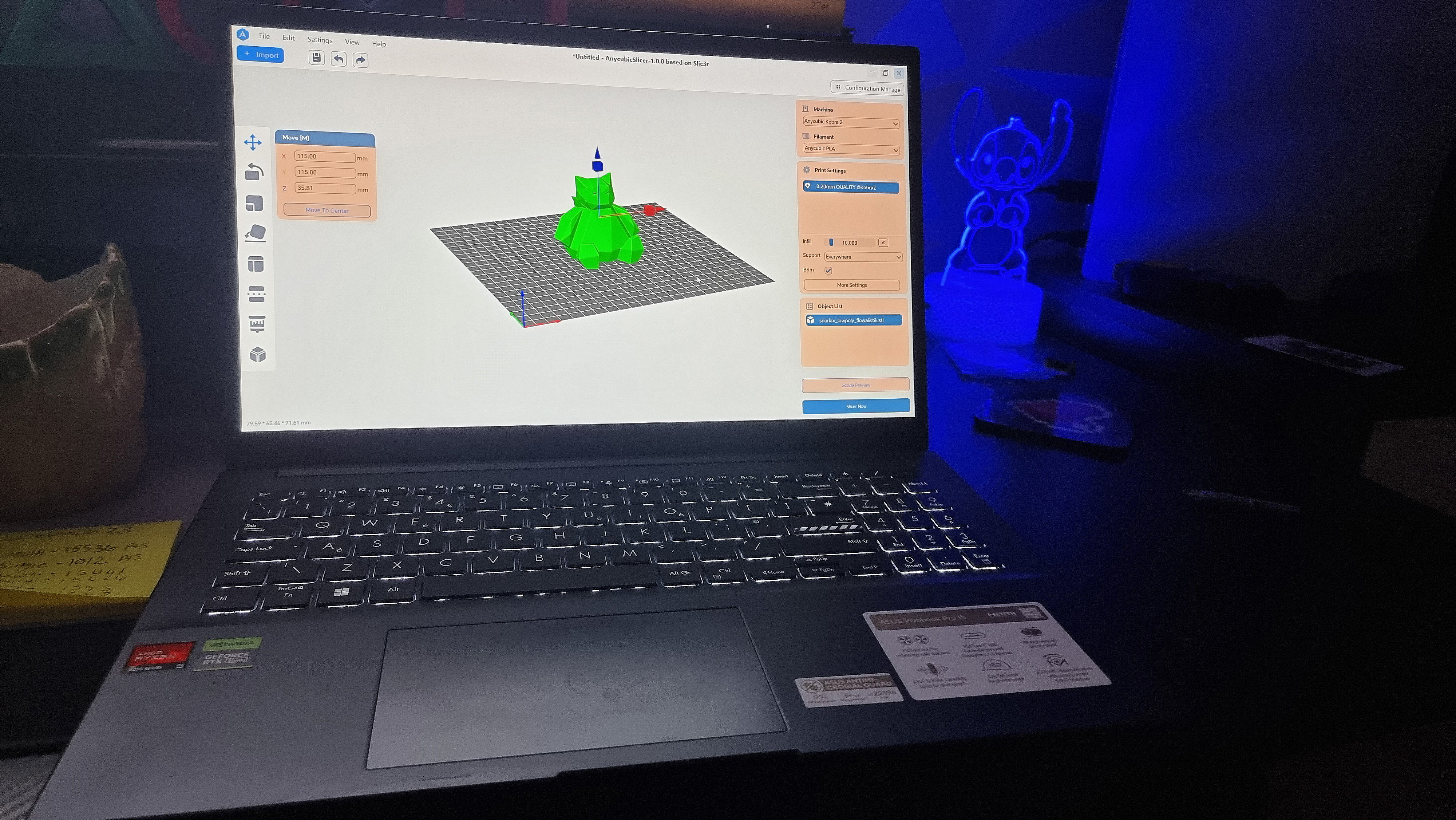
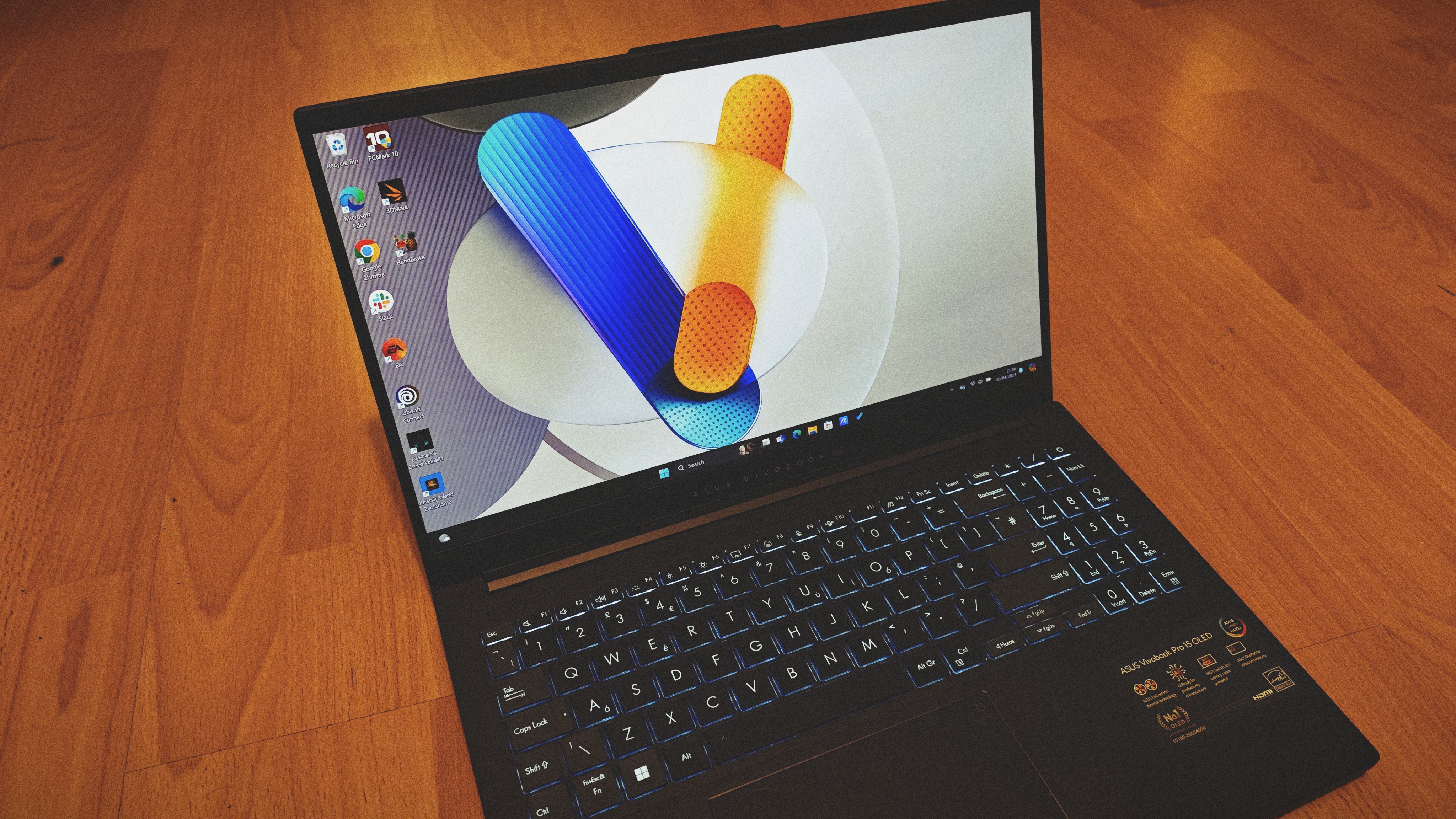




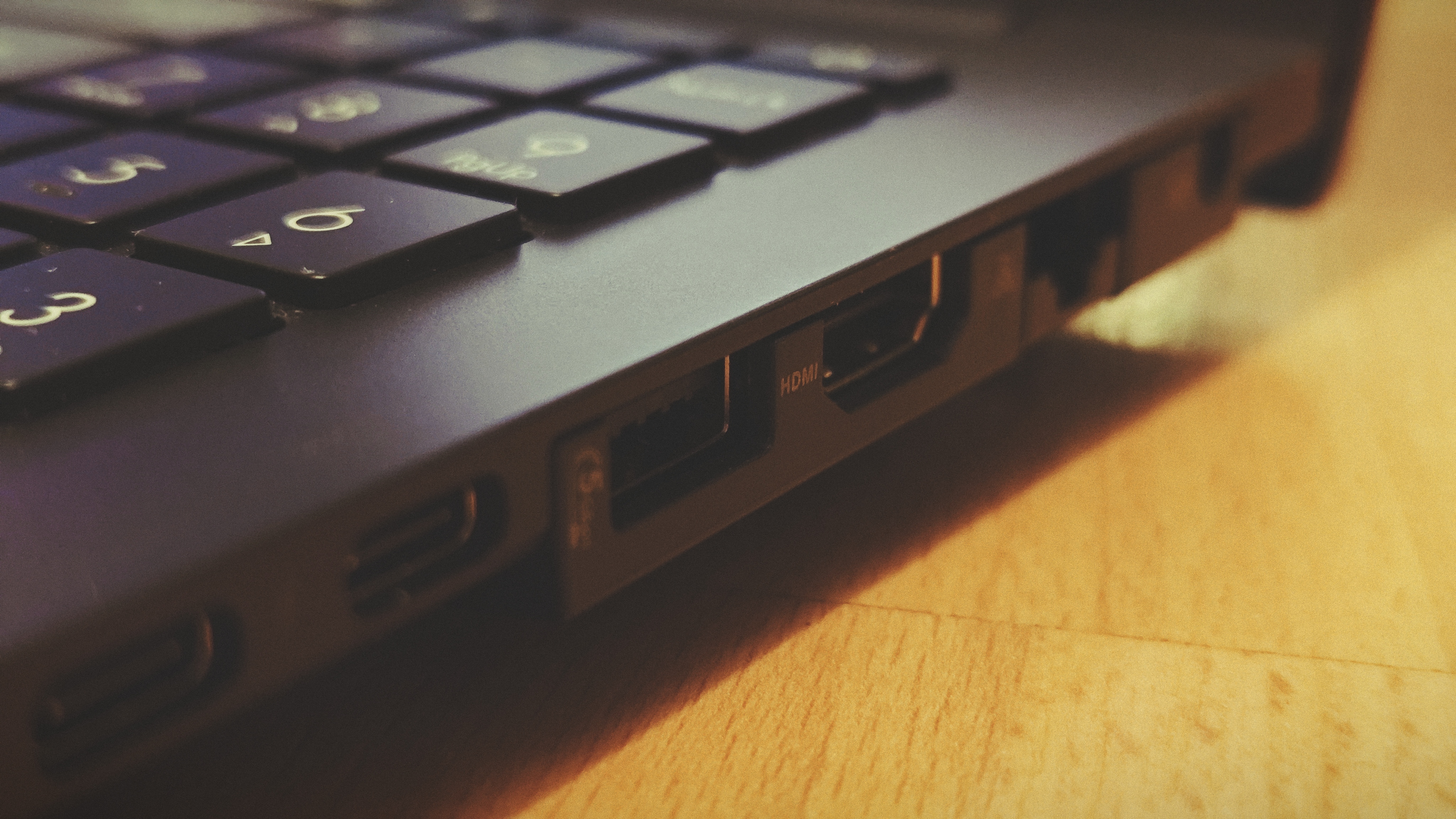
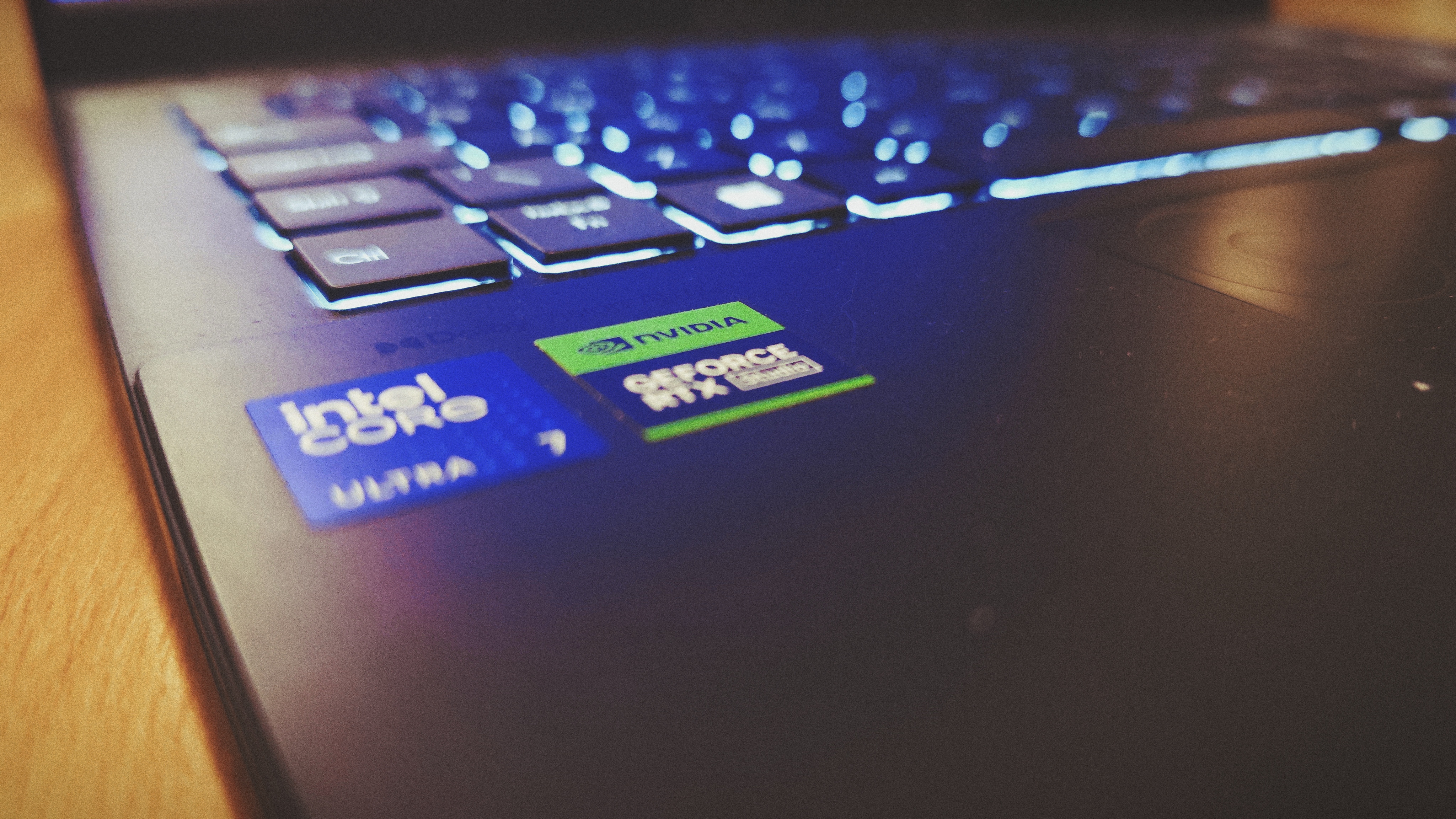
Specifications
Reasons to buy
Reasons to avoid
What you need to know: As a photography student, this is the laptop that I owned while studying for my Master's. I highly recommend it as one of the best laptops for college, an excellent choice for multitasking as it offers a great balance between professional and personal use. For example, I used it for essay writing, photo editing, online lectures and Teams meetings, plus it could handle light gaming sessions in the evening.
Design and build: The laptop maintains the sleek and minimal metallic-lid design of its predecessor, coming in Earl Grey and “Cool Silver” color options. It weighs 1.8 kg and retains a slim profile, making it portable without compromising power. The keyboard is ergonomic, with a numpad that feels slightly cramped but still manageable. Port options are excellent, including Thunderbolt 4, HDMI, USB-C, USB-A, an SD card reader, and more, ensuring connectivity for a range of devices.
Display: The 15-inch, 3K OLED display is a highlight, reaching a peak brightness of 617 nits in our tests, exceeding ASUS's own brightness claims. With 120Hz refresh rate, 100% DCI-P3 coverage, Pantone certification, and near-infinite contrast ratio, the screen is excellent for creatives working with color-sensitive projects. However, the lack of touch capability could be a drawback for some.
Performance: Powered by Intel’s 14th-gen Core Ultra processor and a GeForce RTX 4060 GPU, the Vivobook Pro 15 OLED performs excellently in both creative tasks and gaming. I love that it has enough processing power to run any creative software, including 3D modelling slicers as the image above demonstrates, as well as Adobe's suite of Creative Cloud apps. I loved the small design features like the built-in privacy shutter, fingerprint reader, and backlit keyboard for late-night essays.
Pricing: The laptop is priced around £1,599, slightly above the 2023 model, offering better performance than comparable models in the same price range, such as the MacBook Air, particularly in creative and gaming benchmarks.
Read more: Asus Vivobook Pro 15 review

"This is the laptop that got me through my university studies, and I couldn't have handled the workload without it. For photo editing, it's an absolute dream, capable of running multiple programs with ease, such as Capture One and Photoshop".
Best lightweight laptop for students
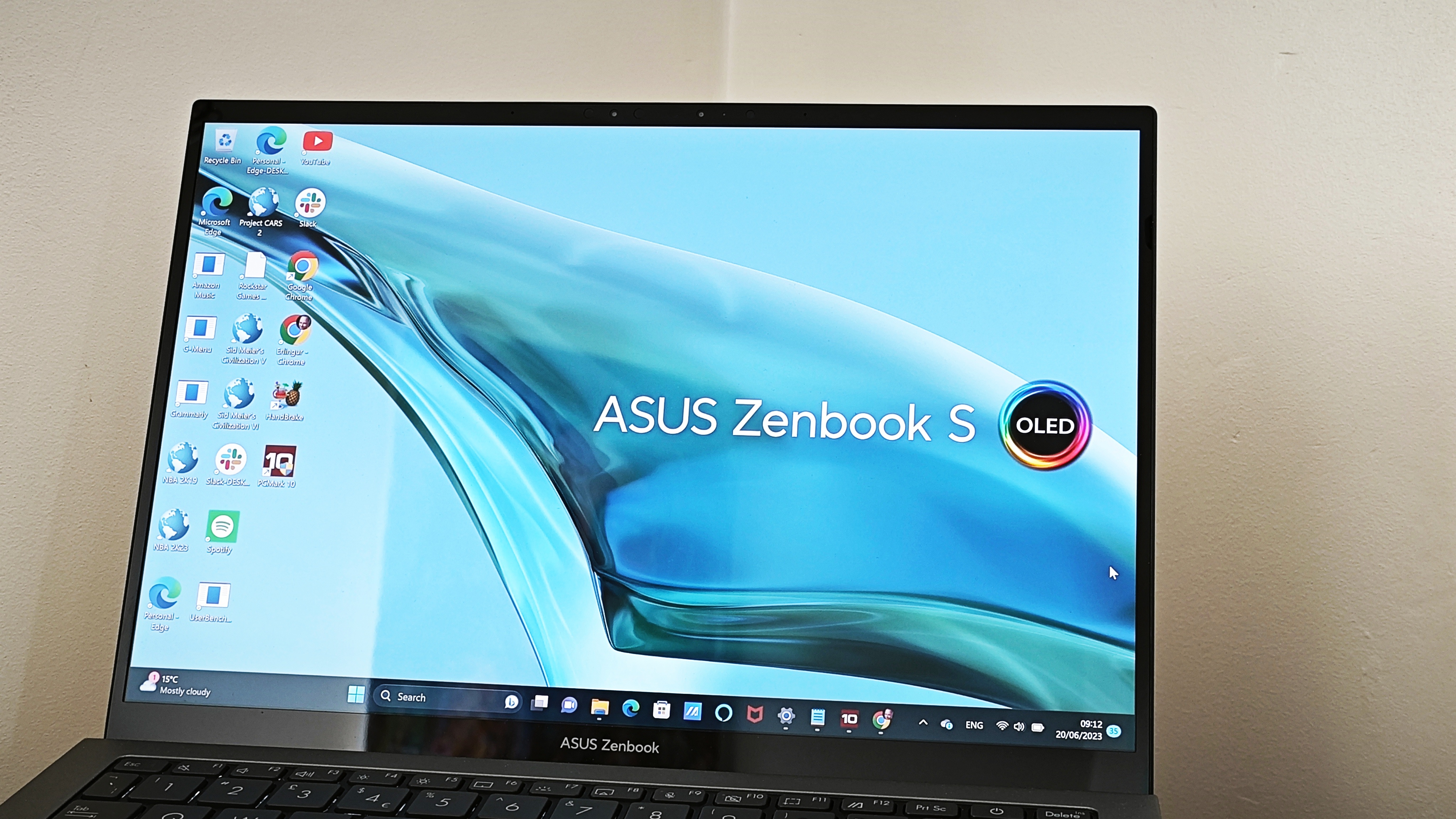
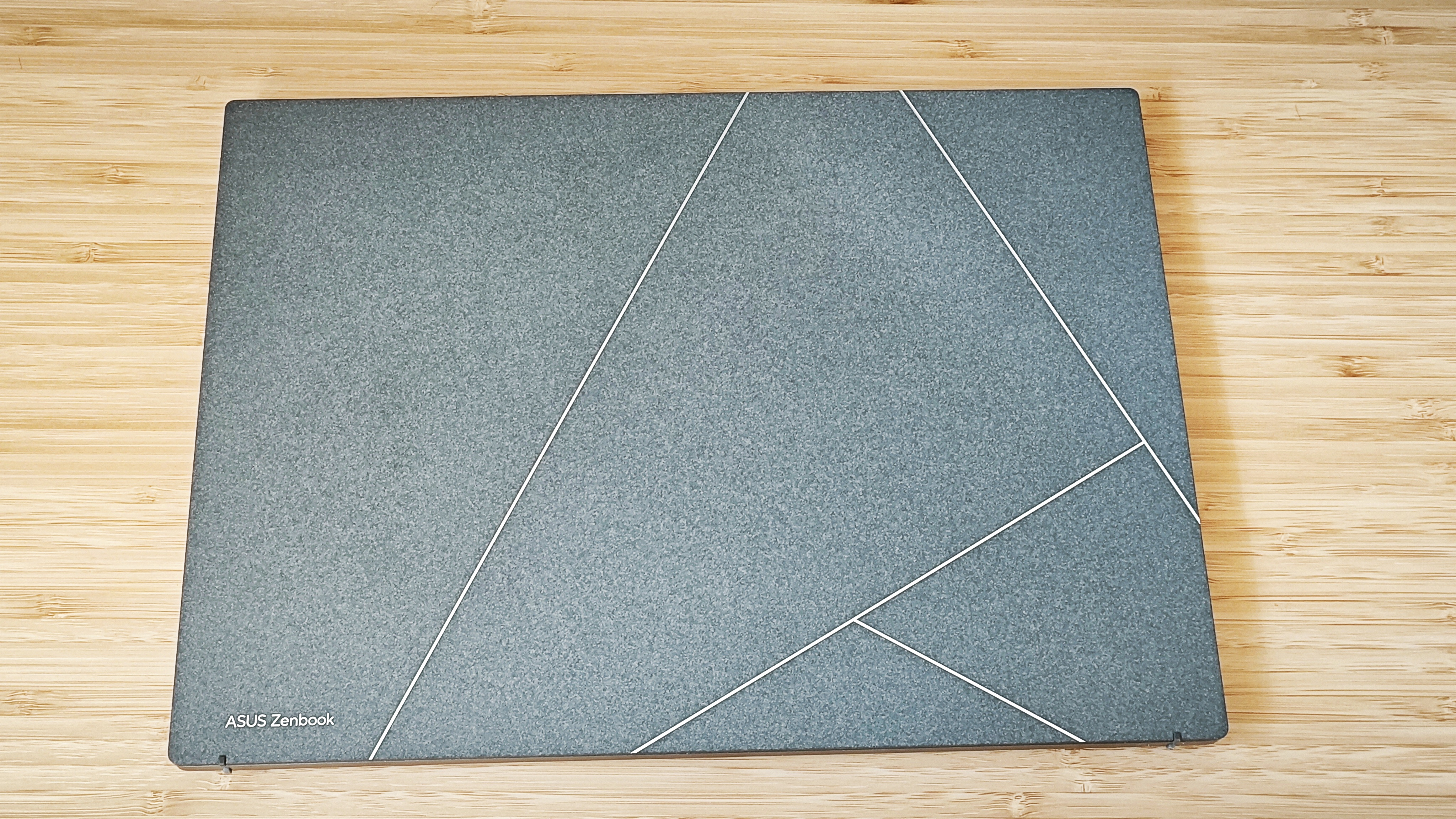
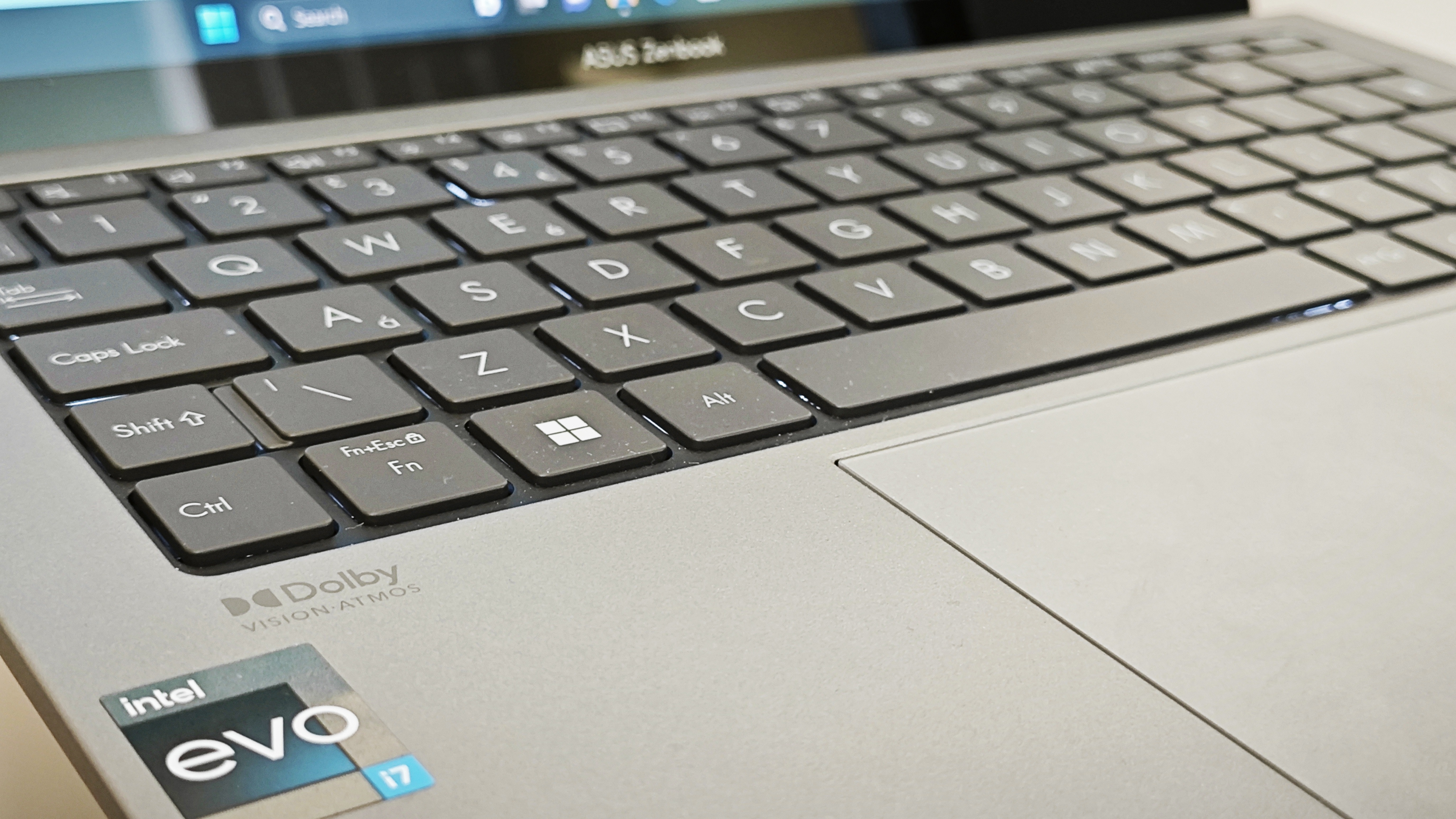
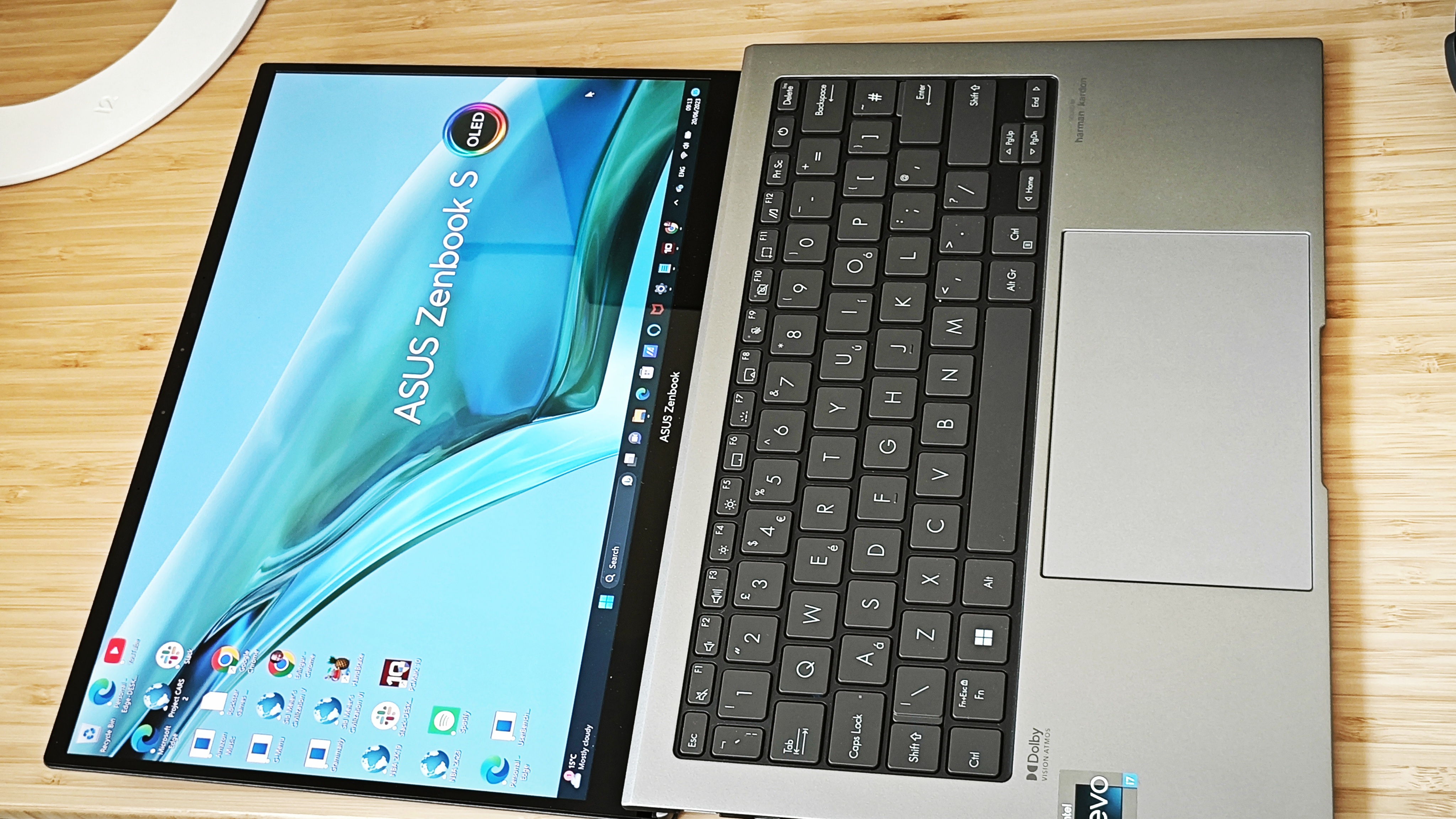


Specifications
Reasons to buy
Reasons to avoid
What you need to know: One of the smallest and lightest laptops we've ever tested, the ASUS Zenbook S 13 OLED is a dream for any student who likes to travel light. It also packs in plenty of power and performance.
Pricing: At around $1,399 for the 32GB model, the Zenbook S 13 OLED is priced in line with premium ultraportable laptops. While it may be slightly more expensive than the base model MacBook Air, its top-tier OLED display and eco-friendly design justify the price, offering strong value for its features.
Design and build: The Zenbook S 13 OLED is a marvel of compact engineering, featuring a sustainable chassis made from post-industrial recycled aluminium and magnesium alloys, with keycaps from recycled plastics. At only 1.09 cm thick, it’s designed for those who want a high-quality laptop in a tiny, portable package. Despite its light weight, the laptop feels solid and durable.
Display: ASUS likes to make claims about producing the best OLED screens on the laptop market, but honestly, use the Zenbook S 13 OLED for a spell and you'll be hard-pressed to disagree. It's incredibly bright and beautifully sharp, with 100% DCI-P3 colour coverage and a Pantone Validated certification.
Performance: Power-wise, the Zenbook acquits itself well. For 2D design tasks in programs like Photoshop and Krita, we found it to be perfectly smooth and responsive. You'll get a little fan noise, but nothing anti-social. With moving images though, you start to feel the limits of the integrated GPU, meaning video editors and animators will probably be better off with something else. Plus there's the impressive battery life, clocking in over 13 hours during our video streaming tests.
Read more: ASUS Zenbook S 13 OLED review

"Though I especially recommended this laptop to hybrid workers, its teeny-tiny dimensions make it an easy rec for students as well. Run to class with this in your bag and you'll barely feel it!"
Best 2-in-1 laptop for students
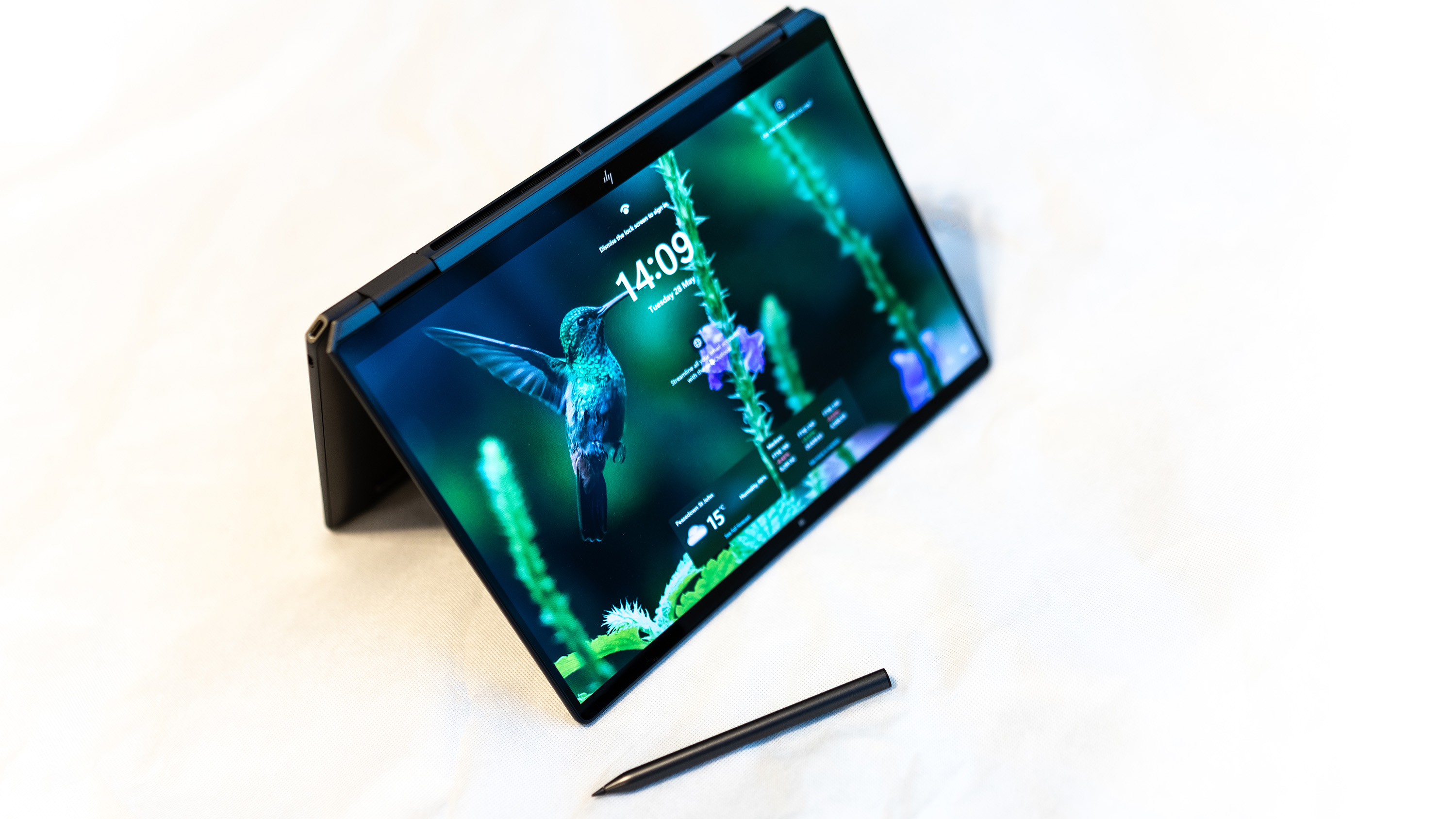
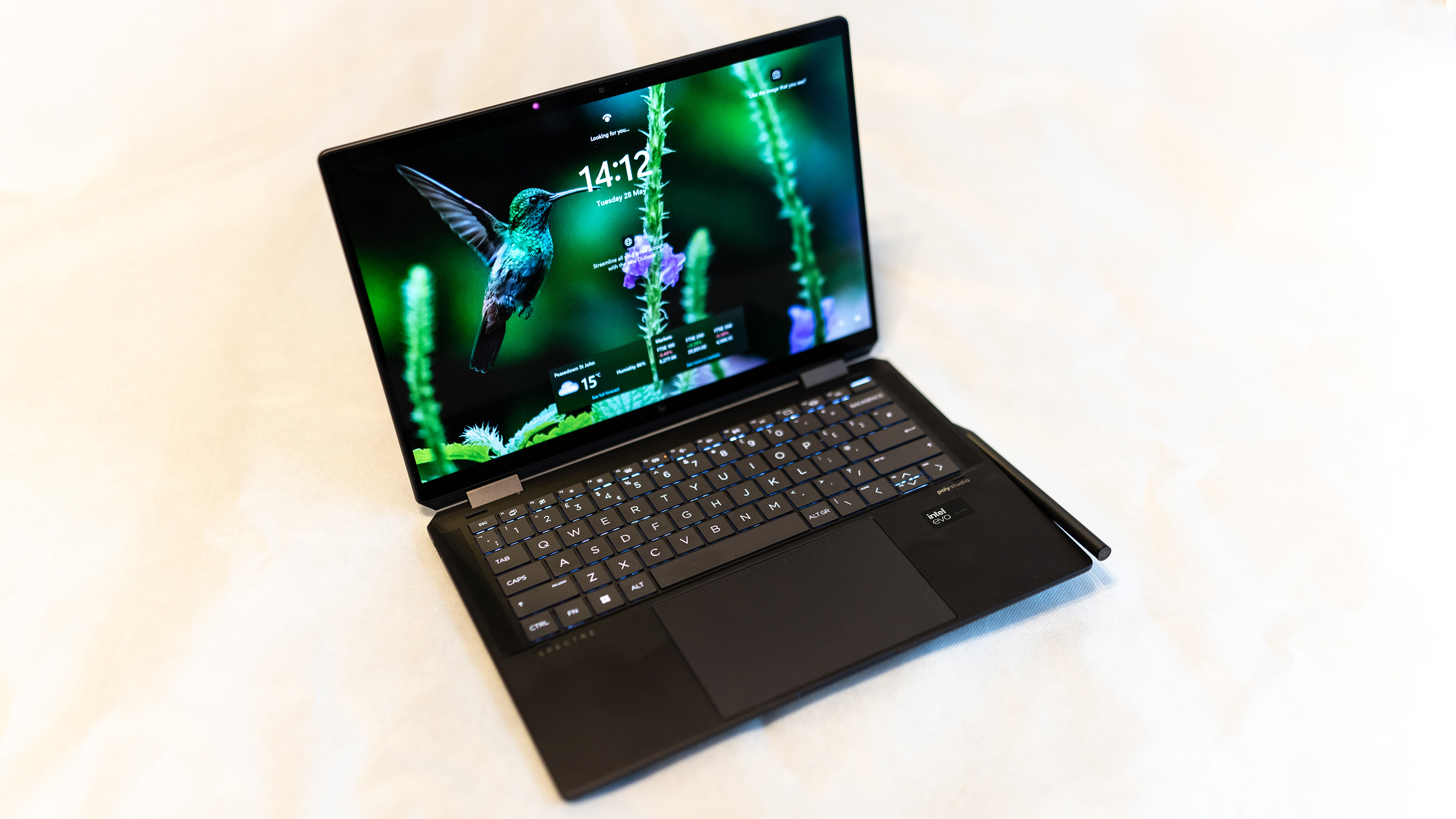
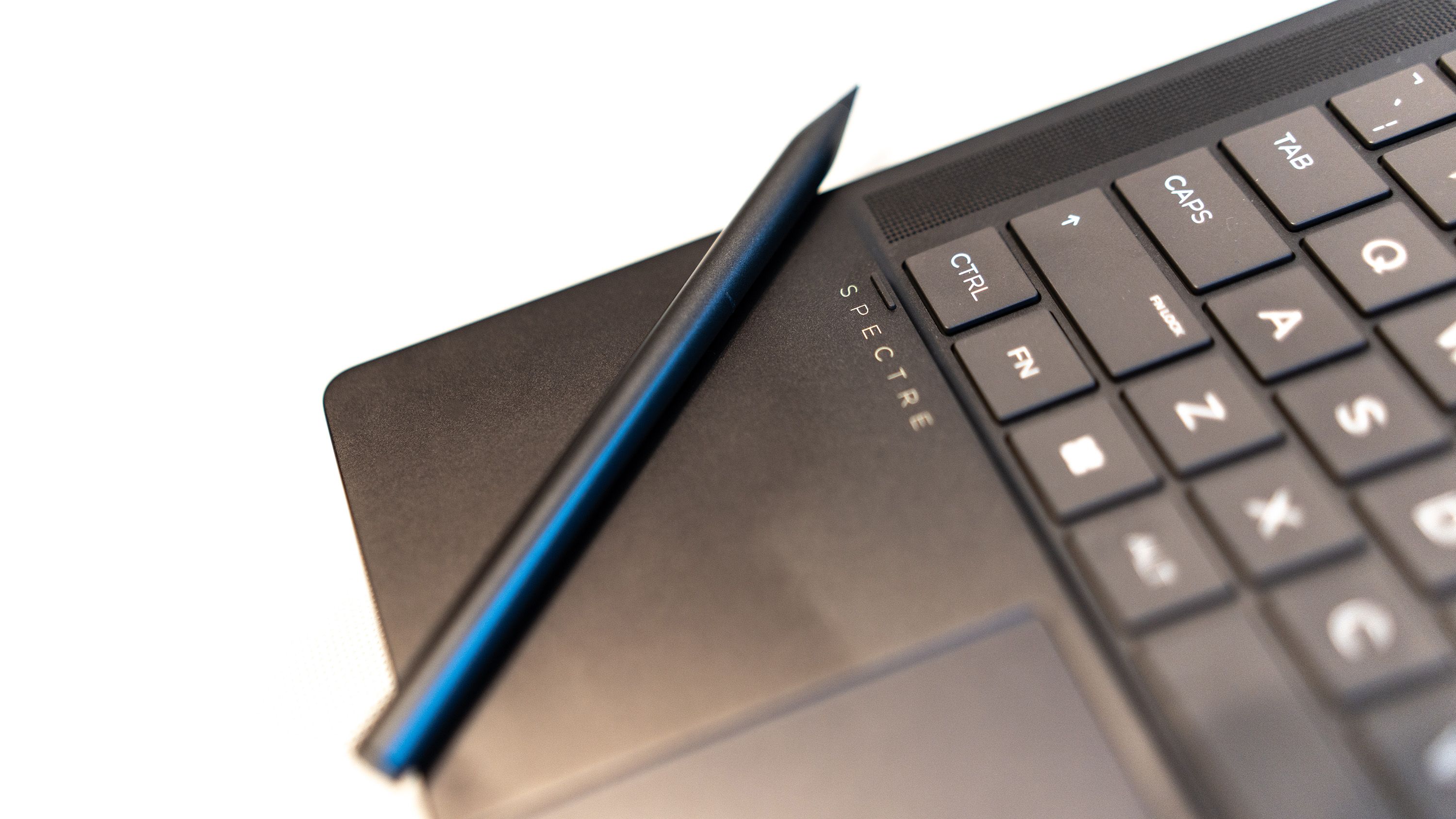
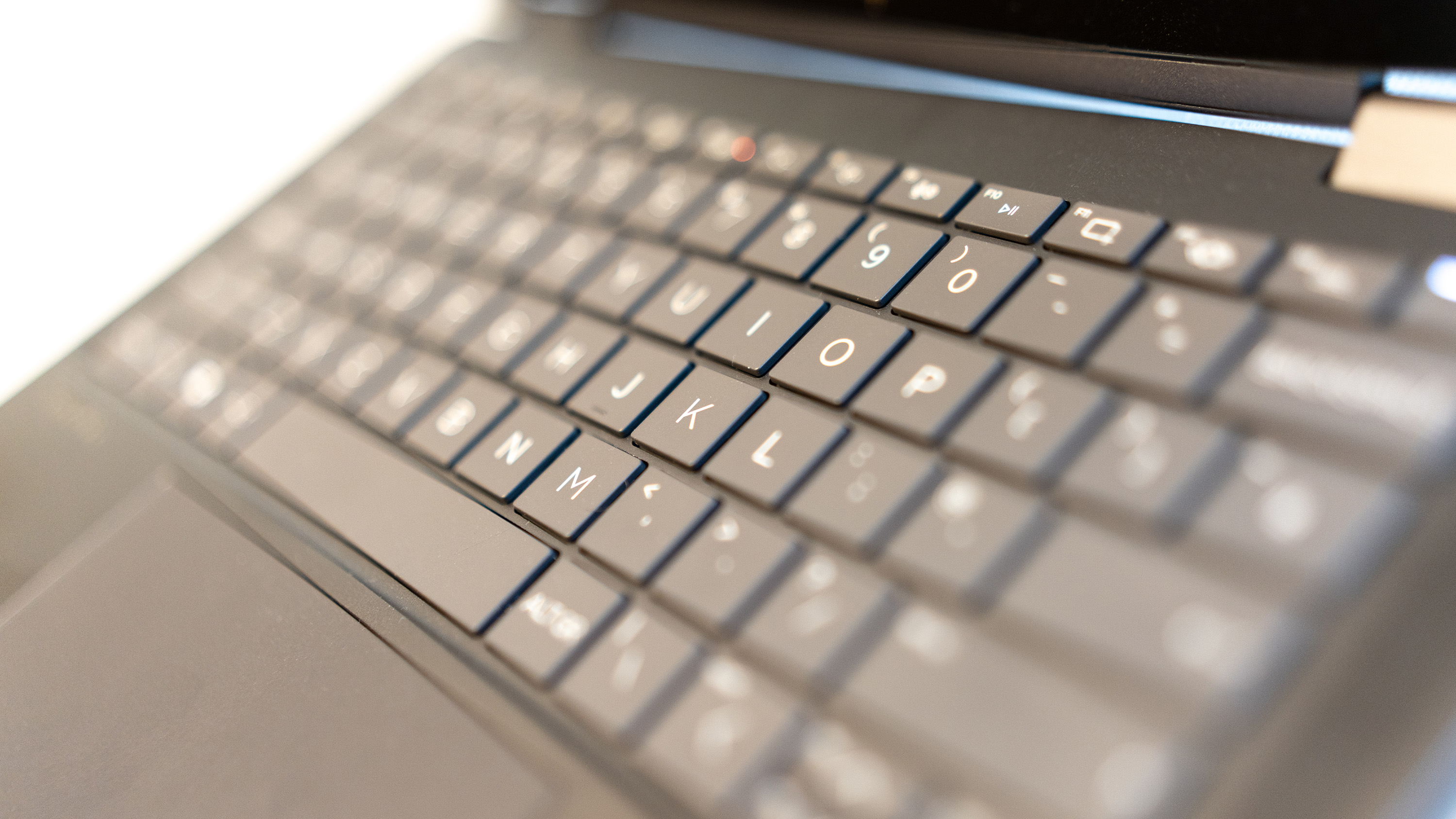
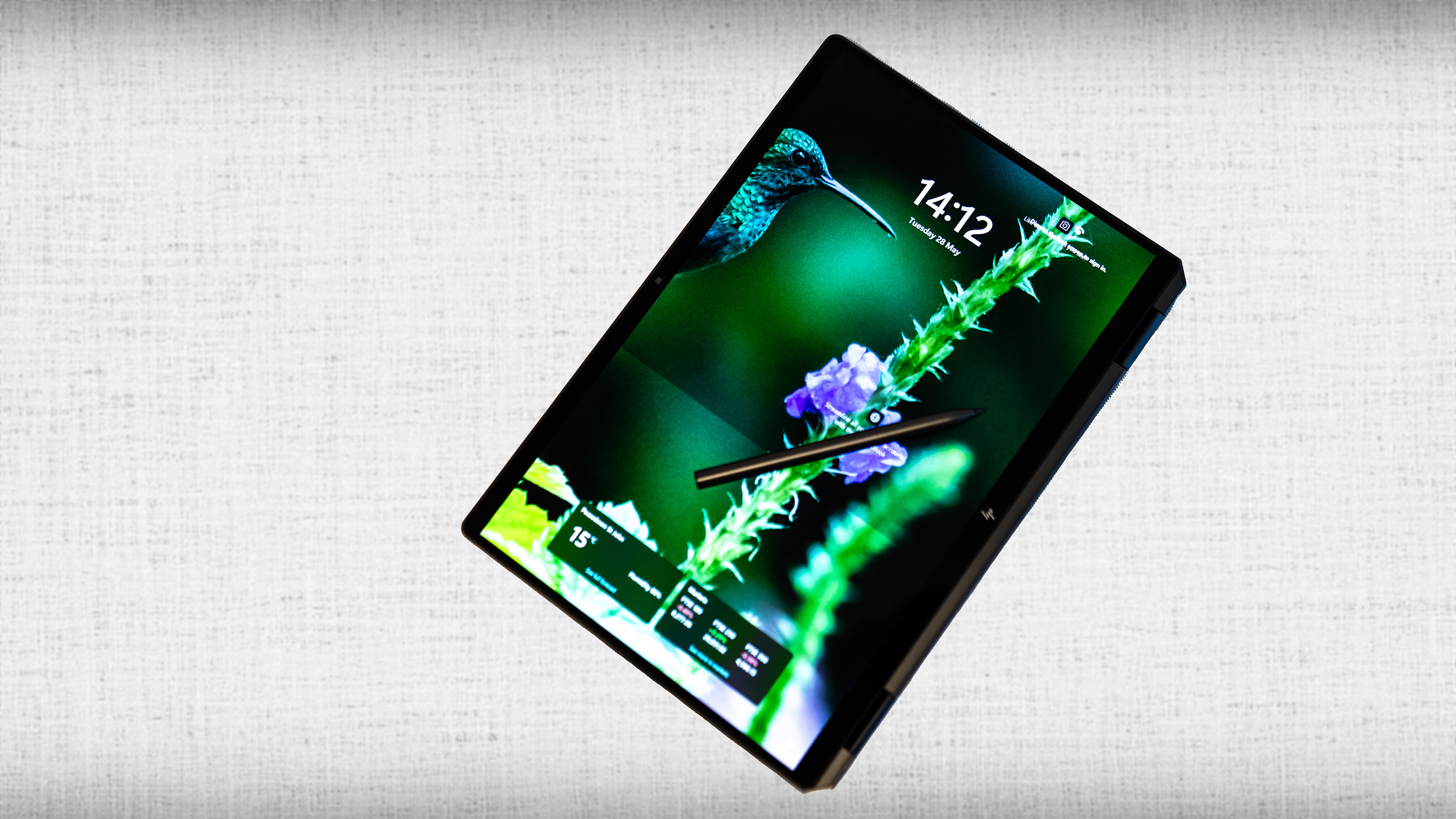
Specifications
Reasons to buy
Reasons to avoid
What you need to know: A lot of students opt for 2-in-1 laptops for college and university as an alternative to using both a laptop and a separate tablet for drawing and note organising. If you enjoy using a touchscreen or require a touchscreen for your course, then a 2-in-1 laptop is usually a more affordable option (and very classy too). More of a tablet person? We have a guide to the best iPads for students.
Pricing: At $1,899/£1,899 for the top configuration reviewed, the Spectre x360 is comparable to the MacBook Air and Pro, both featured on this list. This premium price is justified by its build quality, versatile functionality, and included features like the stylus pen.
Design and build: The device features a robust design that's a great choice for student, as it's super sleek and weighs just 1.44kg, making it portable enough for travelling around campus. The 2-in-1 design is super-flexible and it has a strong hinge so you can feel confident that it will fold smoothly, plus ou can also use it in tent mode for watching movies hands-free. The port selection includes two Thunderbolt 4 ports and a slim-design USB-A port.
Display: The 14-inch HDR OLED touchscreen is a a standout feature of this laptop, offering a resolution of 2880 x 1800, a 120Hz refresh rate, 100% P3 color coverage and i Gorilla Glass. The display quality delivers the deep blacks and vibrant colours characteristic of OLED technology, and you also get a magnetic stylus for digital artwork or note-taking.
Performance: With powerful components, our reviewer found this laptop handled productivity tasks with ease. The only thing that really lets it down was the Intel Arc integrated graphics cores, which could prove problematic down the line, as it has the potential to slow down graphics-heavy tasks. With that said, our reviewer found that it responded very well to Photoshop software, and didn't tax the GPU too much at all. Battery life extends to approximately 8.5 hours under typical work conditions.
Read more: HP Spectre x360 14 (2024) review

"Having been working in journalism since the days of QuarkXpress 4 and Photoshop 5, I always appreciate a powerful laptop. This is a pricey proposition, but has much to recommend."
Best powerful laptop for students

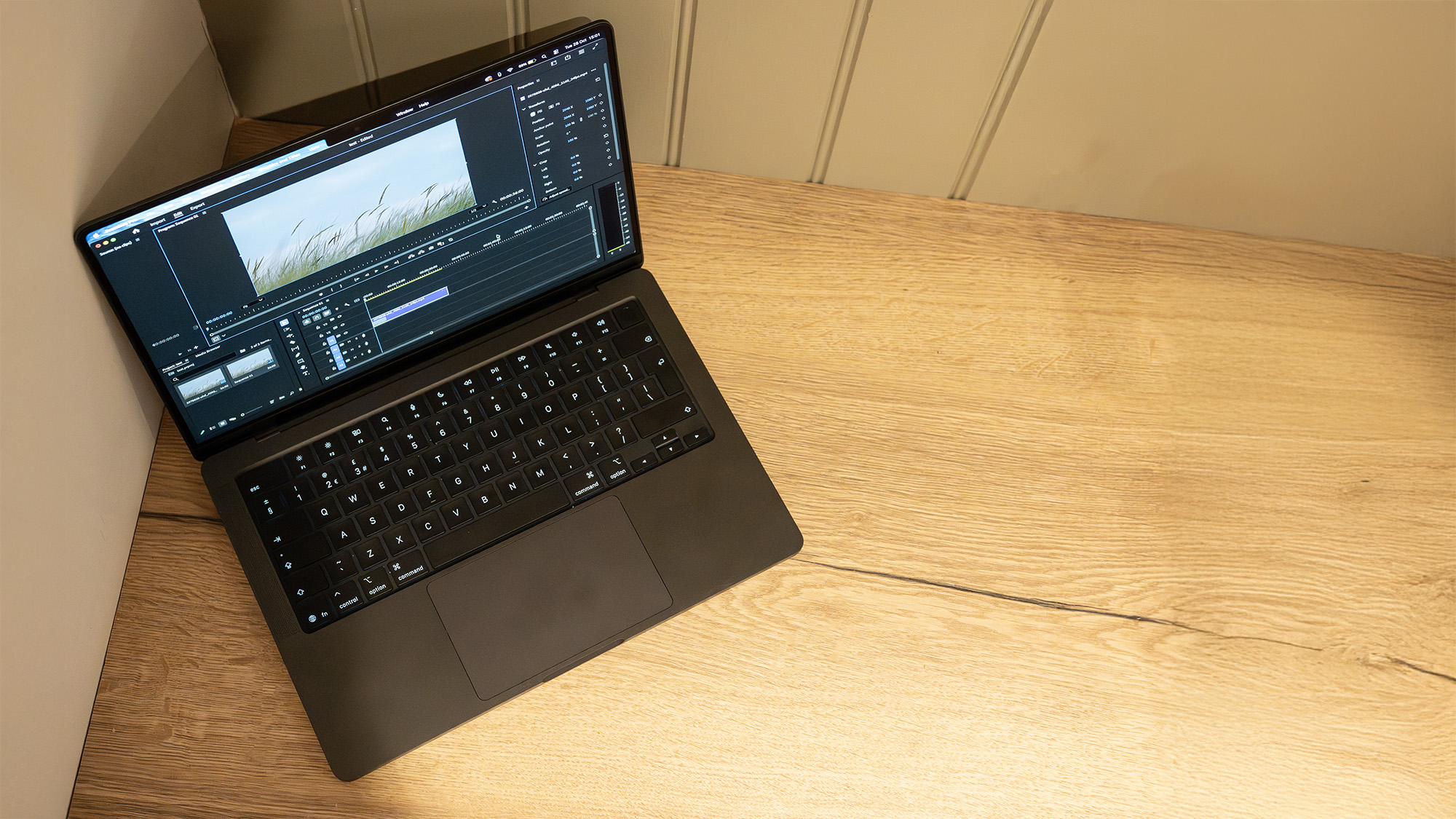
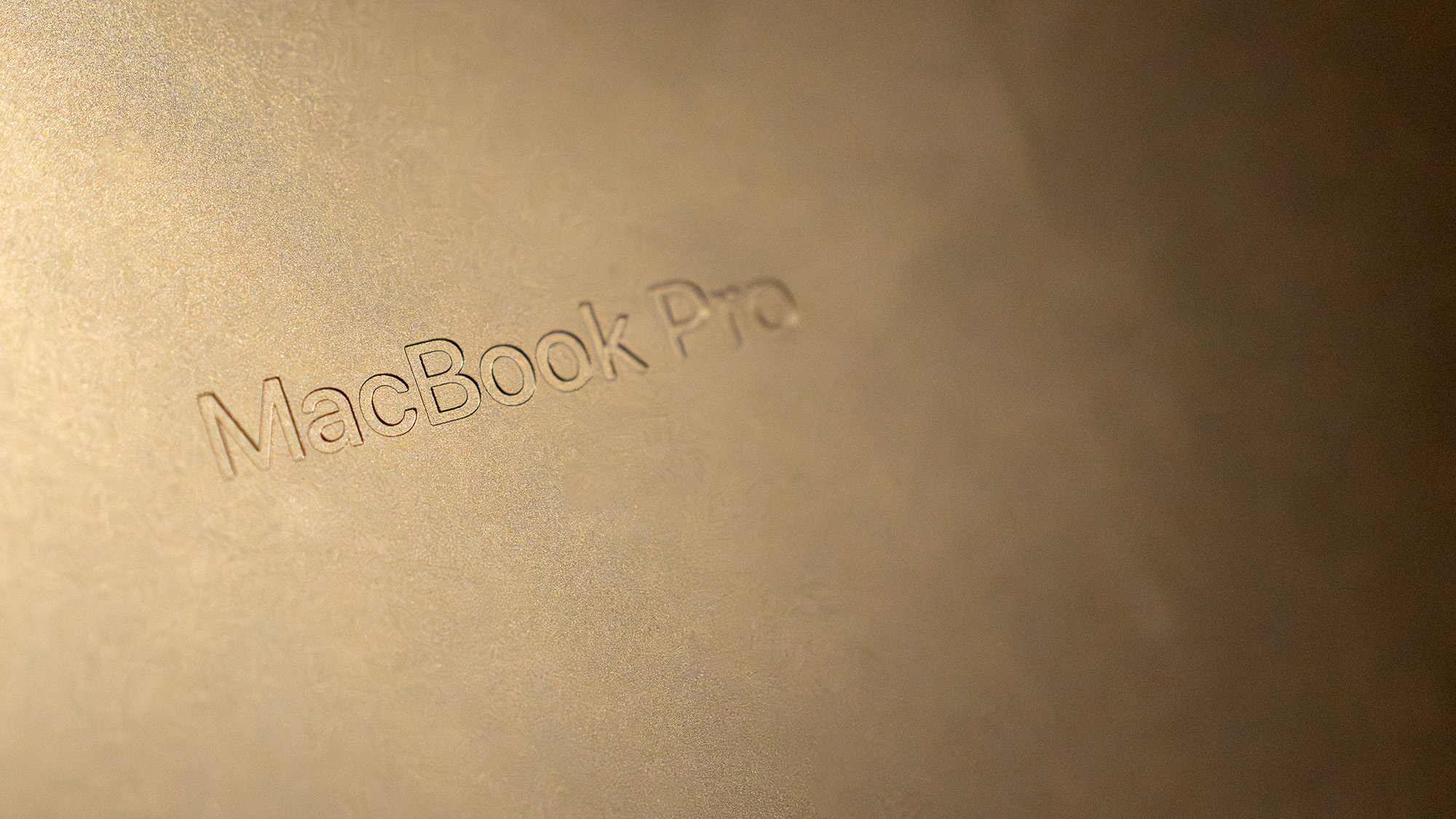
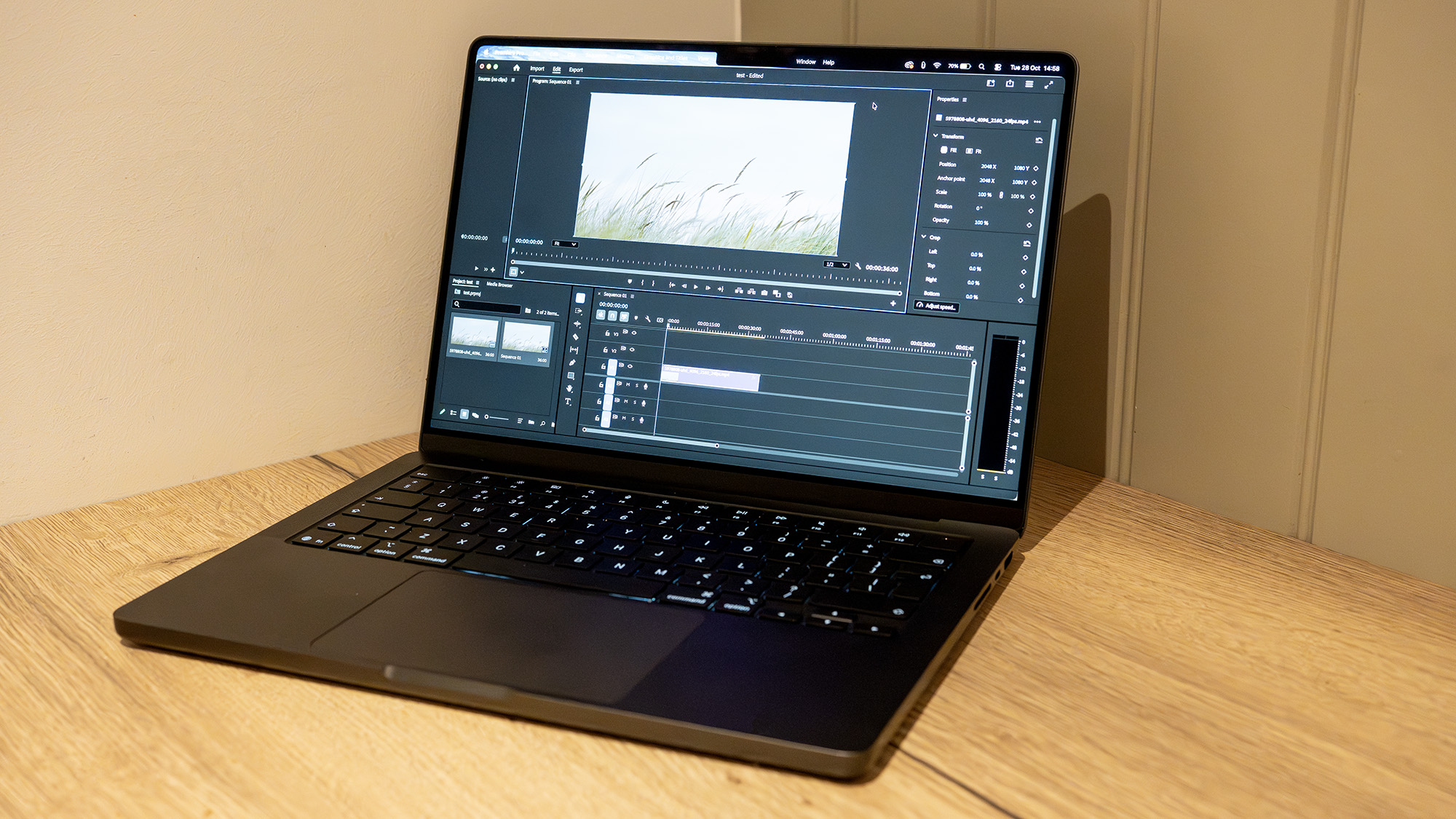
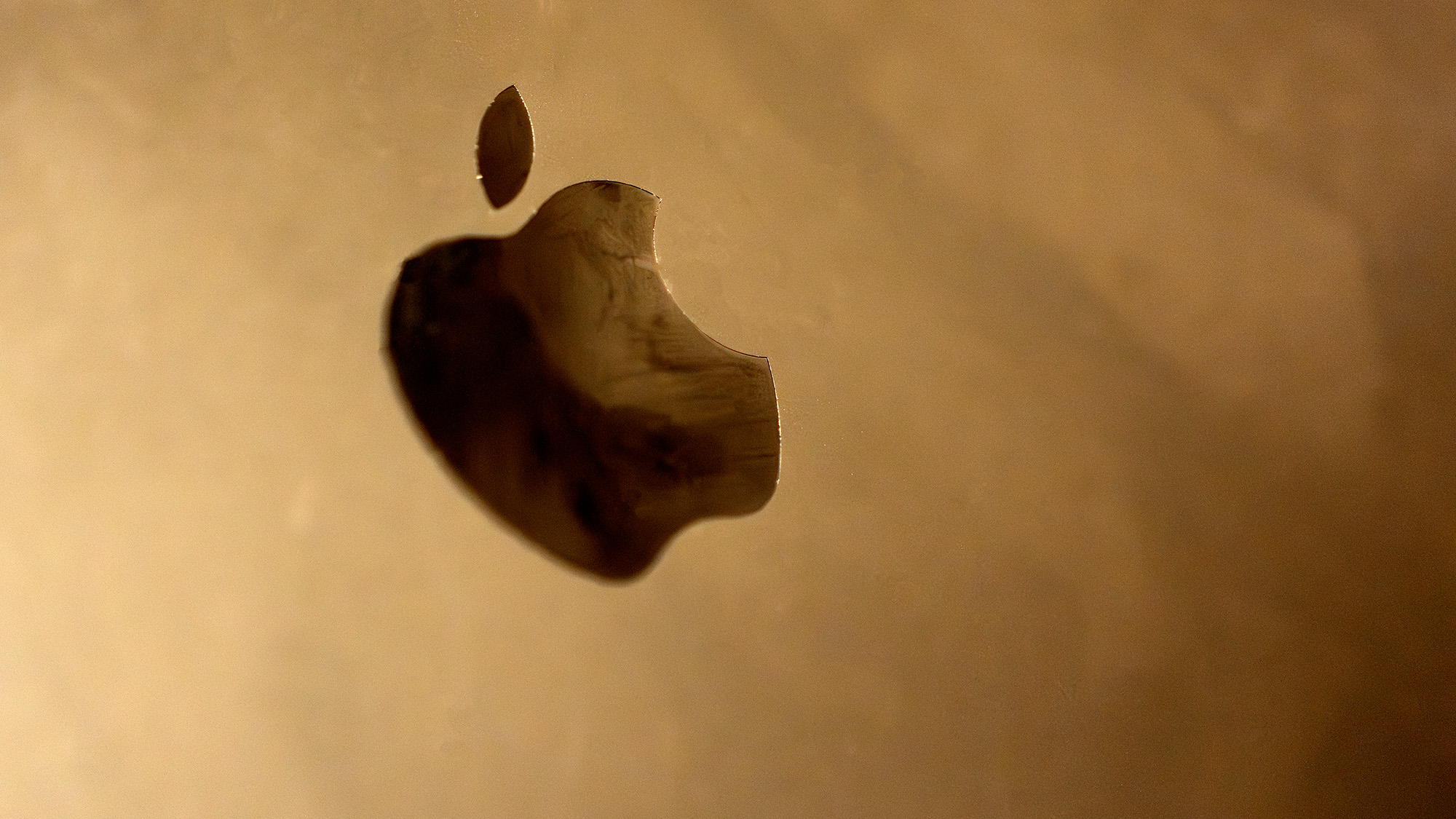

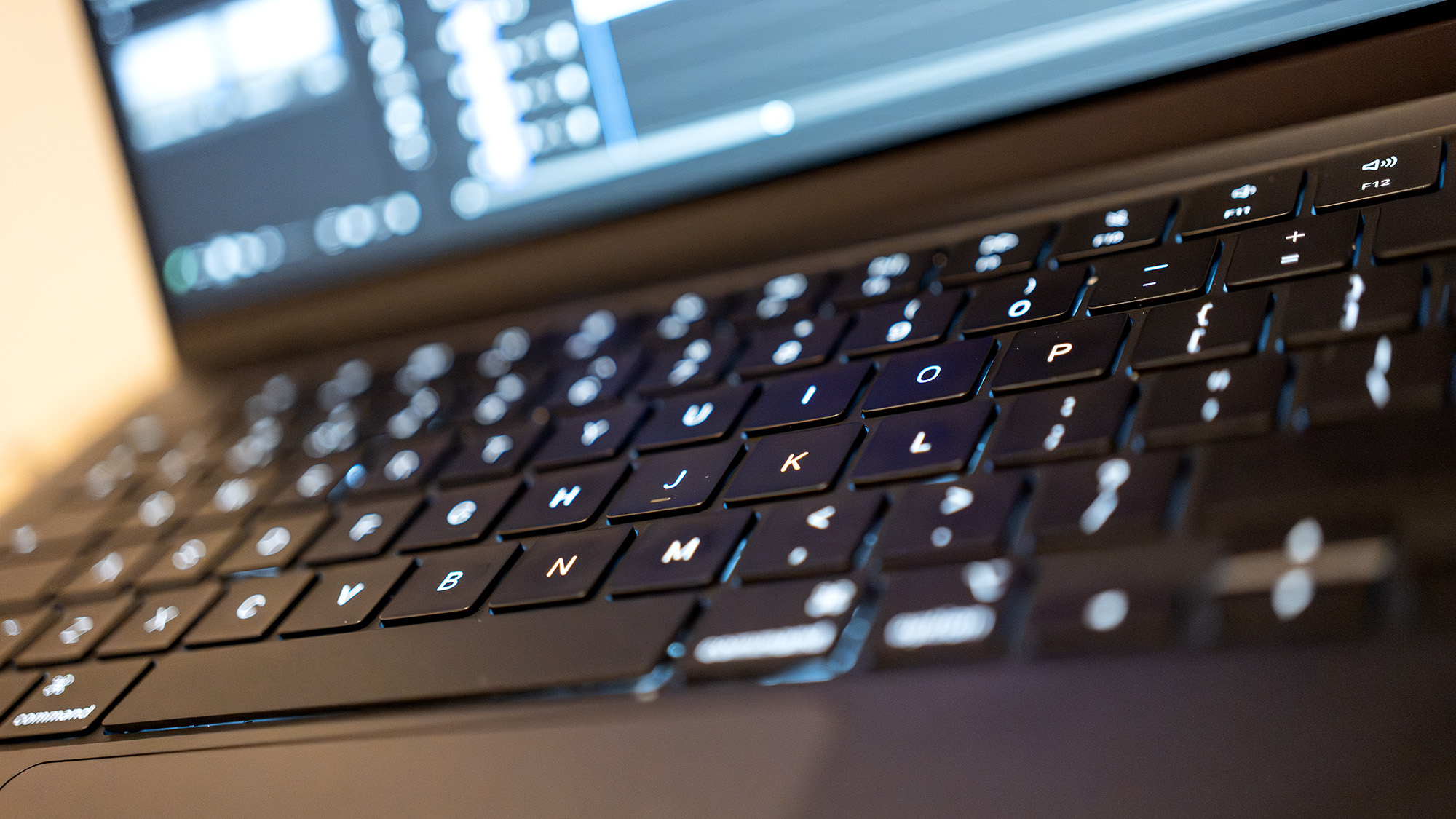

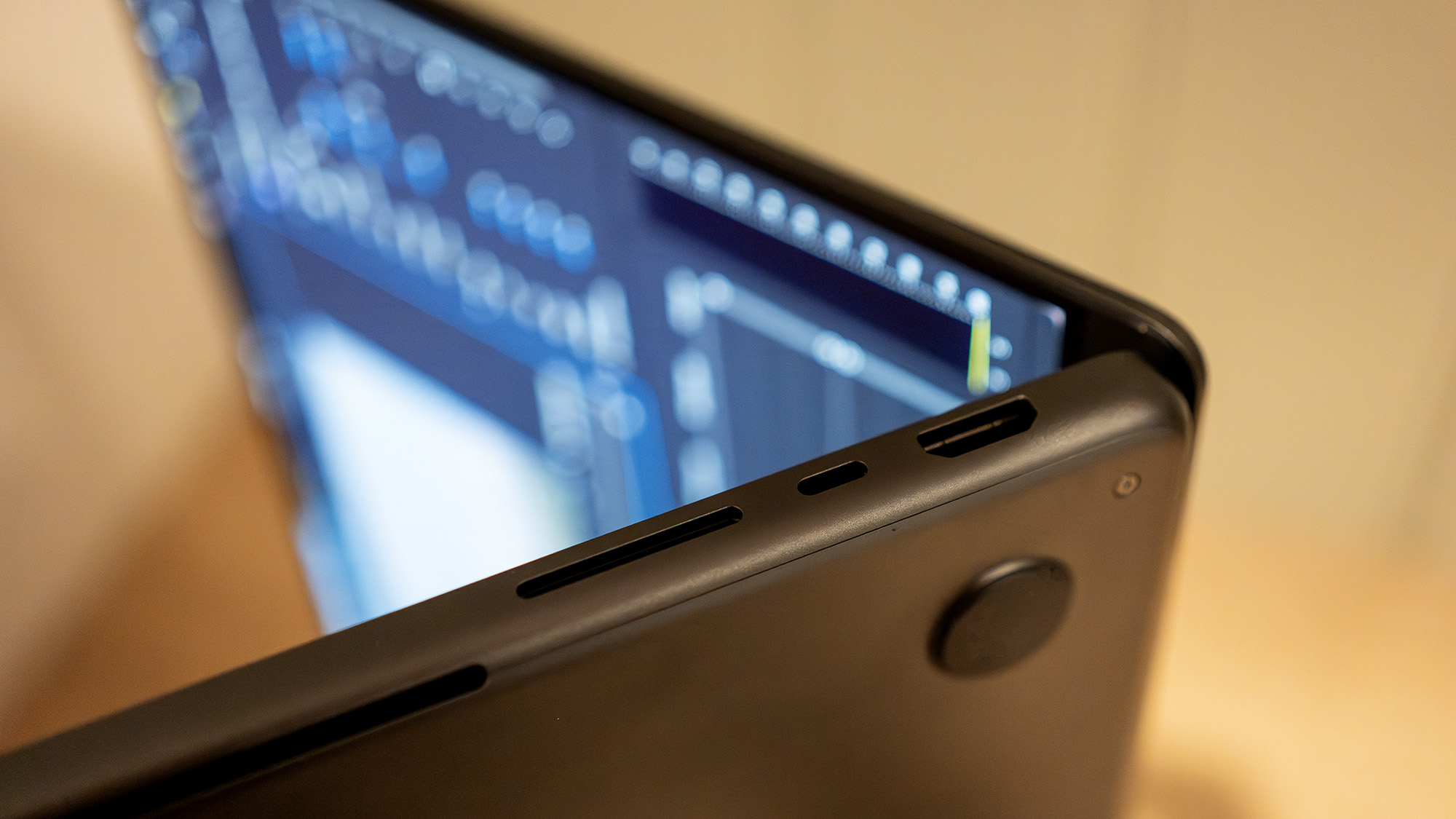
Specifications
Reasons to buy
Reasons to avoid
What you need to know: The MacBook Pro 14 (M5, 2025) represents serious computing power for students in demanding programmes. If your coursework involves engineering simulations, architectural modeling, video production, computer science projects, or graphic design, this laptop won't just handle it—it'll excel. The revolutionary M5 chip delivers performance that rivals desktop workstations whilst maintaining exceptional portability at just 1.55kg. Battery life genuinely lasts through multiple lectures, library sessions, and lab work without charging, whilst the stunning display makes everything from research papers to CAD models look exceptional.
Price: At $1,599/£1,599, the MacBook Pro M5 requires serious financial commitment. However, Apple's education pricing typically reduces this by $100-200/£100-150, whilst many universities offer additional back-to-school promotions including free AirPods or gift cards. Some institutions provide technology grants or equipment loans that can offset costs for students in specific programmes.
Design: The MacBook Pro's premium aluminium construction feels reassuringly solid—crucial for surviving the rigours of student life. At 1.55kg and 15.5mm thin, it strikes an ideal balance between durability and portability, slipping easily into backpacks without adding excessive weight between lectures. The robust build quality withstands daily commutes on crowded public transport, whilst the rigid chassis protects internal components from the inevitable bumps and knocks of campus life.
Performance: The M5 chip transforms this laptop into a portable powerhouse that handles any coursework imaginable. Engineering students running MATLAB simulations, finite element analysis, or computational fluid dynamics will appreciate the processing muscle—complex calculations that once required lab workstations now run smoothly on battery power. Architecture students working with Revit, AutoCAD, or rendering complex models in V-Ray experience dramatically reduced processing times compared to equivalently-priced Windows alternatives.
Battery: Apple claims up to 24 hours, and real-world academic usage delivers genuinely impressive results. Light coursework—writing essays in Word, researching with multiple browser tabs, taking notes during lectures—provides 16-20 hours runtime. This means attending morning lectures, spending afternoons in the library, and working on assignments in the evening without ever plugging in.
Read more: MacBook Pro M5 review

"The MacBook Pro is the go-to laptop for creatives, and it remains that way in 2025. It’s a wonderful thing to use, and is unlikely to be beaten until the M5 Pro and Max versions appear."
Also tested
We've tested many more laptops that are suitable for students in a range of disciplines. If you've not quite seen what you're looking for yet, consider these, and click to read our full reviews.
Dell Inspiron 14 (5441)
This is a pretty standard-fare laptop for anyone who wants decent power without breaking the bank – but since it's fairly recent, it does come equipped with AI features to speed up workflows.
Read our 4-star review
Acer Aspire 14 AI
The incredible 20-hour battery life of this budget-friendly laptop already makes it a top contender for students, and it's also got useful AI productivity tools (though probably not quite enough power for creatives).
Read our 3.5-star review
MacBook Air (M1, 2020)
It might not have an M3 chip, but we think the MacBook Air (M1, 2020) is an excellent and affordable laptop for students. Its price is significantly lower, and it offers perfectly acceptable performance for most needs.
Read our 5-star review.
Acer Chromebook Spin 514
This was our previous pick as the best Chromebook for students, thanks to its fast and reliable performance. It's stripped back without all of the bloated desktop software, which makes it excellent for everyday tasks with a spread of office apps.
Read our 4-star review.
Microsoft Surface Go 3
The Surface Go 3 is one of the most affordable 2-in-1 tablets in the Microsoft family, and while it's nowhere near as powerful as the Surface Pro, it has a similar design and is capable of running low-demand software.
Read our 3-star review
MSI Prestige 14 Evo
For a Windows option firmly in the middle of the range, we think the MSI Prestige 14 Evo is a good option for students, with enough specs to cover a wide degree of uses while keeping costs down.
Read our 3.5-star review
How to choose the best student laptop
Choosing the best student laptop will depend on your needs and budget. Naturally, different students will have very different requirements for a laptop depending on what they're studying. Many will not need massive amounts of power, while those studying subjects such as video production and 3D design will have greater needs.
Students of creative subjects are likely to need at least 16GB of RAM and possibly a laptop with a dedicated GPU. They'll likely also have greater demands for the display of their laptop, requiring a good colour gamut for visual work. Other students can better prioritise value and portability.
We've considered these different needs when selecting the options to include in our guide above. In our experience, there are three major factors to consider:
Portability: If you're ferrying your laptop to lectures, seminars and the library for all-night cram sessions, you don't want it to be giving you back problems. A laptop that doesn't weigh too much and can easily fit into a standard backpack or shoulder bag should definitely be a priority for a student.
Battery life: The last thing you want is your laptop running out of power at a critical moment, and if your laptop can't get you through the day, it's probably not going to be hugely useful to you as a student.
Affordability: Of course, everyone is looking for value with any purchase they make, particularly tech, but for many students, affordability is a more important factor than it is for working professionals who still need a solid laptop. Thus, getting as much computing power on the dollar as possible is paramount.
How to choose the right laptop for your college major
Picking the best laptop for college is made more complex by the fact that, of course, everyone is studying different things! Depending on your choice of major, your needs from a laptop could differ quite significantly. Going through the requirements of all different majors could be an article in itself, but in brief, here is a quick guide to help you get started.
Humanities majors (English, Journalism, History etc)
No need to overdo it. A laptop with an Intel Core i5 processor or equivalent and at least 8GB of RAM will suit you fine for typing up your assignments and watching Netflix once you're done. You can also probably go for a light option on storage, as text files won't take up a lot of space.
Computer Science majors
You'll likely need a bit more computing heft to run engineering-specific software, so an Intel Core i7 processor or equivalent is a good idea, and 16GB of RAM will make your life easier.
2D design majors (Art, Graphic Design, Photography etc)
A similar level of power to the computer science major is a good idea, but the main things you're going to want to focus on are getting a colour-accurate display and plenty of storage for all your files. At least 512GB is good, and 1TB is better.
Video editing, 3D Design
Don't skimp. An Intel Core i9 or Mac M3 processor will make your life much easier when it comes to running the software you need – and simply working with large files (for which you'll also want plenty of storage.
How we tested the best student laptops
All the laptops in this guide have been reviewed and tested by Creative Bloq's hardware experts, who have not just run them through a gauntlet of benchmarking, but also used them in real life over weeks and sometimes months.
Our reviewers have specifically put these devices through their paces with tasks that students in different fields tend to carry out. We spend several days testing each device and comparing their specifications to pick the best laptops for students with varying needs. We run different benchmark tests on each device depending on its intended use by its maker, but the laptops we've included in this guide have all been run through the following:
• Cinebench R23/2024 - this assesses the performance of a computer's CPU and GPU using real-world 3D rendering tasks
• Geekbench 5/6 - this tests the CPU's processing power, both by using a single core for a single task at a time as well as all the CPU's core to see its ability to multitask
• Handbrake - we use this free and open-source transcoder for digital video files to render a short 4K animated film, using the same file for all our tests
• 3DMark - this assesses a computer's ability to run graphic rendering tasks, including for gaming
• PCMark 10 - this test assesses a computer’s ability to run all everyday tasks from web browsing to digital content creation, testing app launch speeds, 3D rendering and even battery life
But perhaps more importantly than technical benchmarking, we evaluate machines in real-world situations, pushing them to the limit with multiple applications running to see how they perform in real project-like conditions. Power, speed, flexibility, and what a computer looks and feels like to use are all criteria in our reviewing process.
We do much more than simply unpack a test unit, run some benchmarks and then pack it up again; we have lived and worked with all of the above computers, running them in real-life scenarios and completed projects relevant to the subject of this guide, otherwise, we wouldn't recommend these models to you. For more details, see a full breakdown of how we test laptops.
FAQs
How much computing power do I need for a student laptop?
It depends what you are studying (see our quick guide to college major requirements, above). For basic essay writing, one of the Chromebooks or 2-in-1 hybrid laptops on our list with RAM in the 4GB to 8GB range should serve you just fine.
For a course that requires more intensive processing power, in which case a student laptop won't necessarily be a budget option. If you're editing video, for instance, or working with 3D software, you'll need 16GB of RAM or more, and possibly a dedicated graphics card. The products featured in our most powerful laptops guide may be worth checking out if this is the case.
Which laptop brand is best for students?
Good laptop brands for students include: Dell, HP, Acer, Asus and Microsoft for Windows laptops – and then, of course, there's Apple (see our best MacBooks for college post). For creatives, Asus's VivoBook range offers good prices on devices built with creative work in mind, and we recommend considering this brand if you're starting a course for video editing or digital illustration.
How can students save money on laptops?
With budget a primary concern for students, it's worth exploring you're options for how to save money. Of course, there are the standard sales and deals offered throughout the year, but there is also opportunity for special student discounts available all year round, like the Apple Student discount, Samsung Student discount or the Dell student offers.
Can a student laptop be used for gaming?
A student's gaming laptop will require a bit more power than one that's just used for writing and web-browsing. A good gaming laptop needs both graphical and processing power to ensure that modern games run smoothly, with no lag or stuttering. See our roundup of the best gaming laptops for more.
Do Chromebooks make good student laptops?
Yes, they do. Not every student will need massive specs. We've included a Chomebook at number 2 in our guide to the best student laptops because for many students giving up a big storage capacity for super speed makes very good sense. The apps that Chromebooks run take up very little space, and with built-in support for Google Drive, it means your documents are all saved in the cloud as well.
Are hybrid 2-in-1s good student laptops?
Again, this is a resounding 'yes' in our opinion. Hybrids, also known as 2-in-1s combine the best of tablets and laptops into a highly portable package that's ideal for slinging in a bag to carry to school or university. Devices like the Microsoft Surface Go 3 above are great for working in spaces where you might not have a desk – even on the train, while you can still keep the convenience of a keyboard for when you need it.
Should I buy a refurbished or second-hand laptop?
Why you can trust Creative Bloq
Getting a student laptop that has had a previous owner is a great way to save money and be a bit more environmentally conscious. There are a couple of ways to do this:
Refurbished laptops are sold directly by their manufacturer, or through an official partner retailer. Essentially, they are previously used laptops that have been traded in, then given a professional once-over – cleaned up, wiped and made ready to sell again. They're often sold 'as-new', or given an official grade for their condition, giving you a good idea of what you're getting into.
Second-hand laptops will usually be sold directly from the previous owner, usually via a reselling platform like eBay or Facebook Marketplace.
Refurbished laptops will generally be more expensive, however for the price you'll get an assurance of quality and good working order, as well as usually a limited warrant. Second-hand laptops will be cheaper, but not offer the same kinds of guarantees, while also running the risk of potentially being infected with malware (which the previous owner may not have even been aware of).
Daily design news, reviews, how-tos and more, as picked by the editors.

Beren cut his teeth as Staff Writer on the digital art magazine ImagineFX 13 years ago, and has since worked on and edited several creative titles. As Ecom Editor on Creative Bloq, when he's not reviewing the latest audiophile headphones or evaluating the best designed ergonomic office chairs, he’s testing laptops, TVs and monitors, all so he can find the best deals on the best tech for Creative Bloq’s creative professional audience.
- Tom MayFreelance journalist and editor


